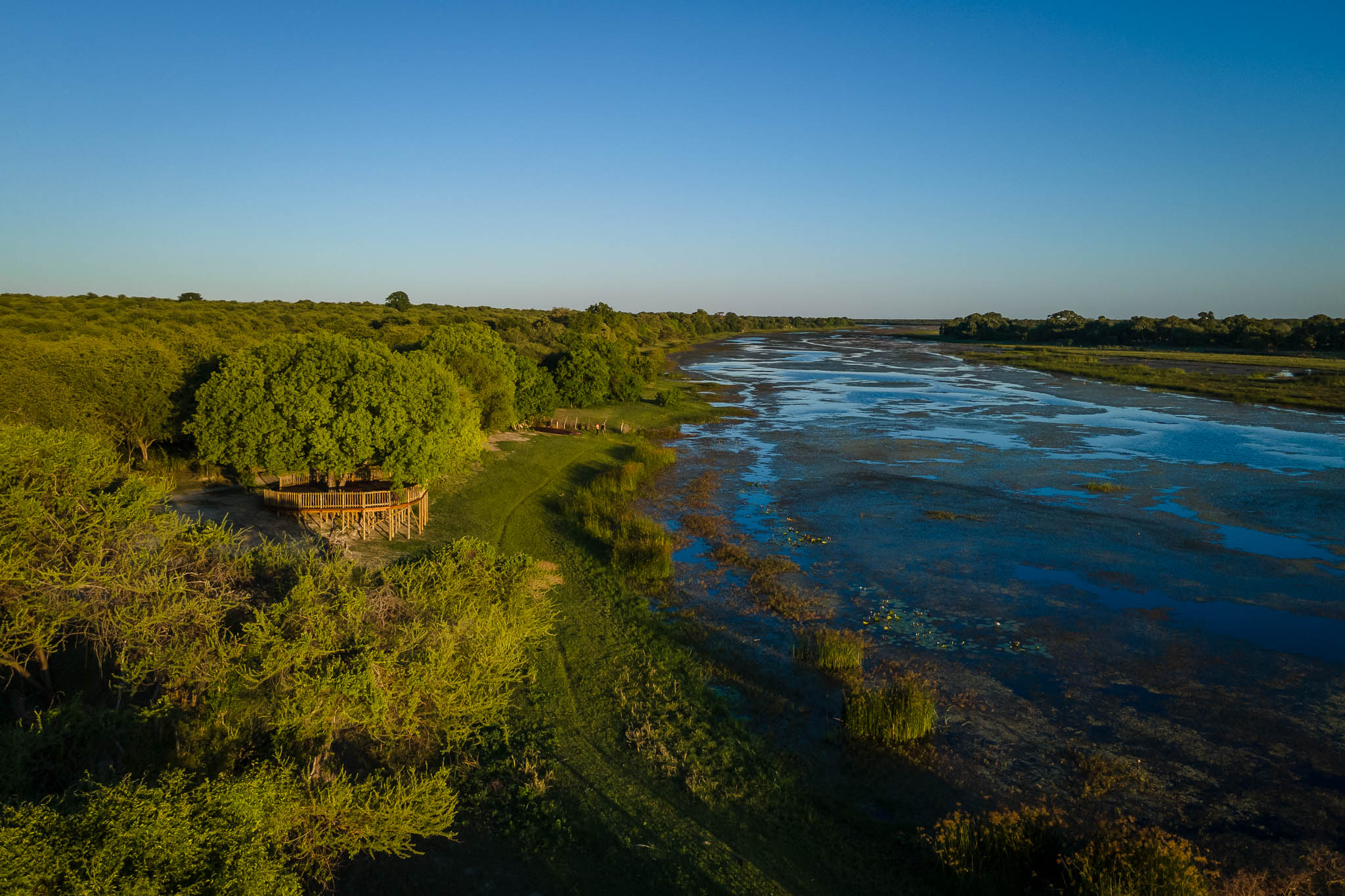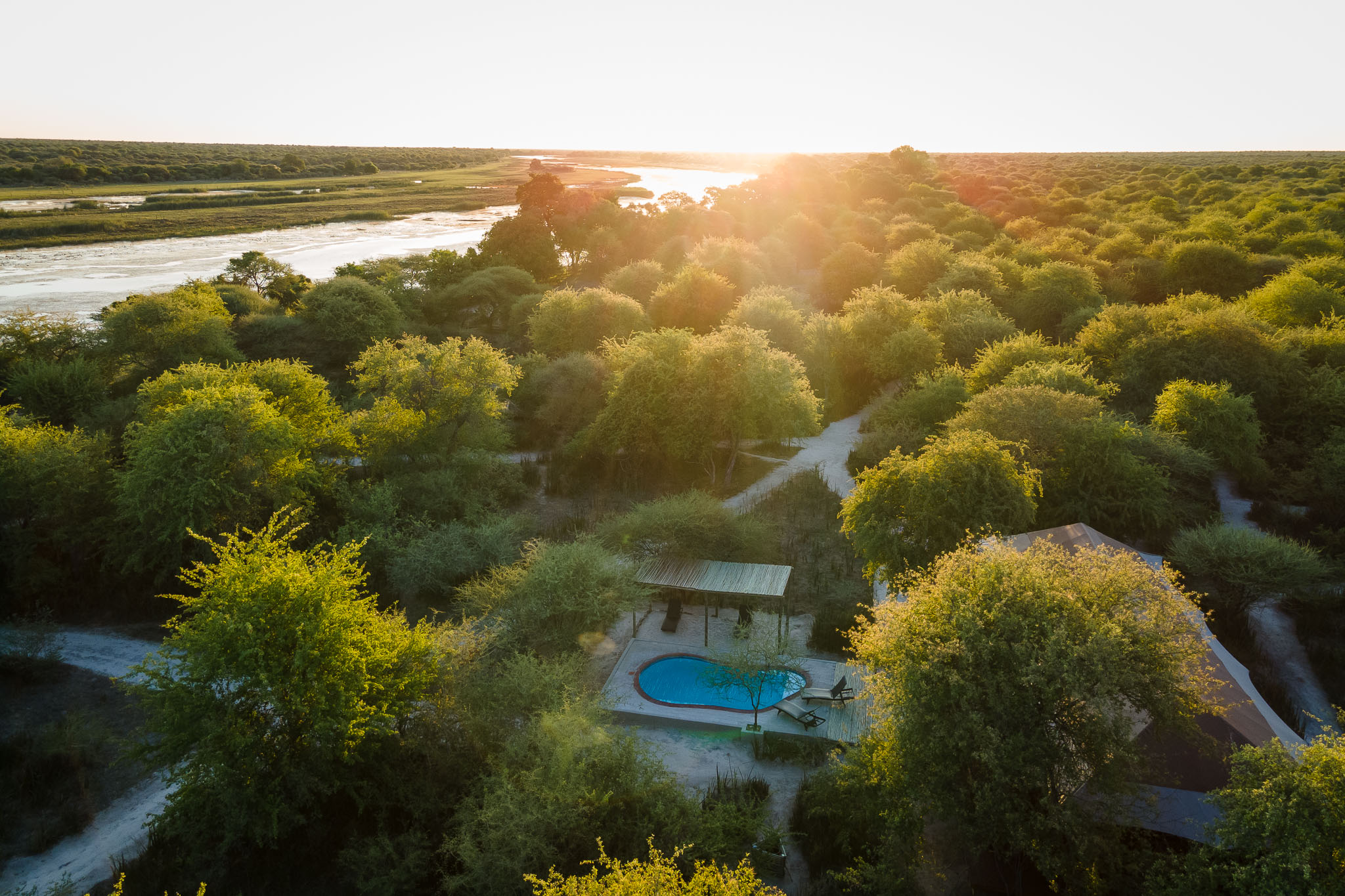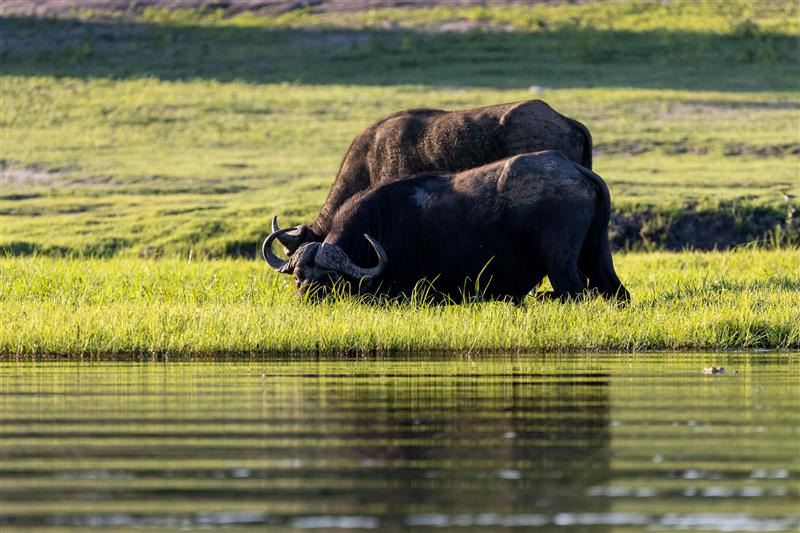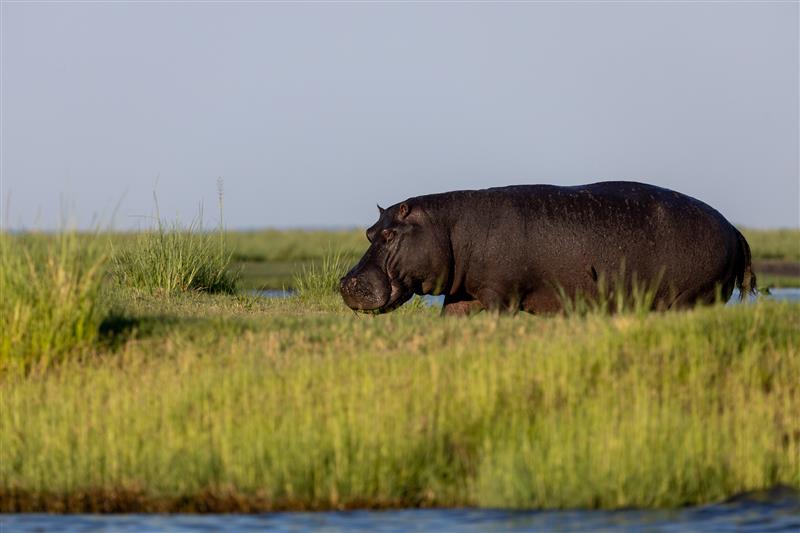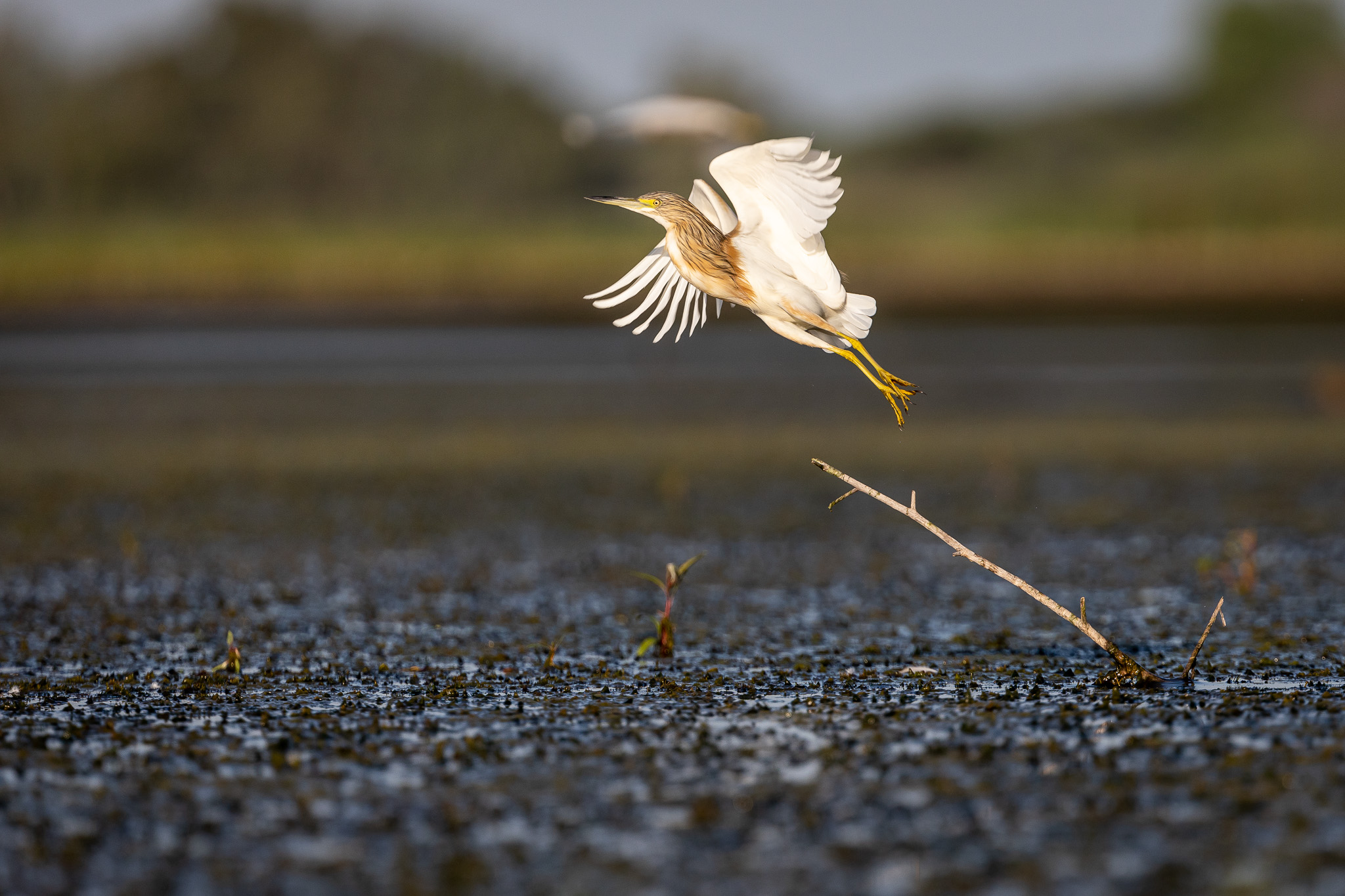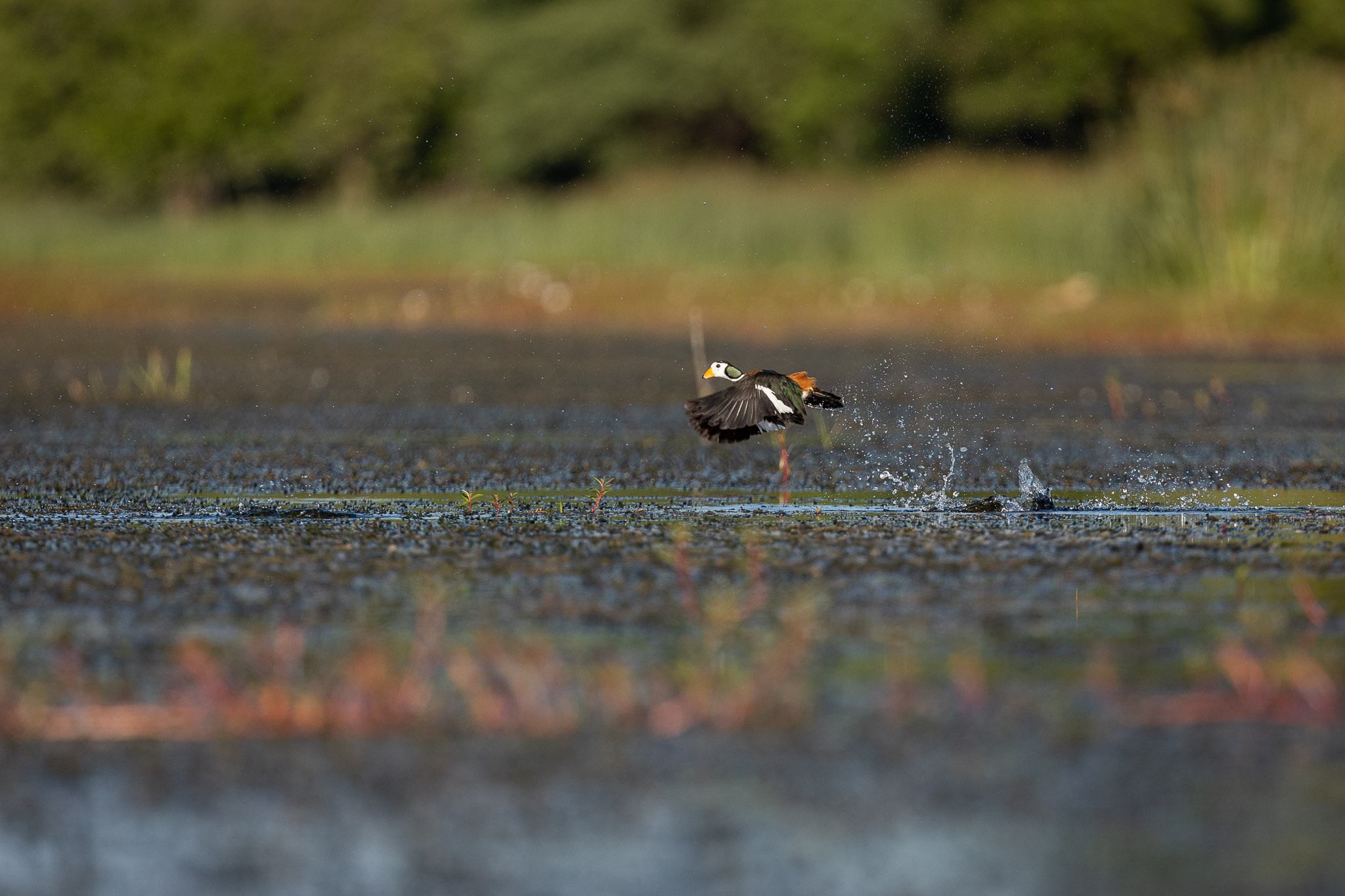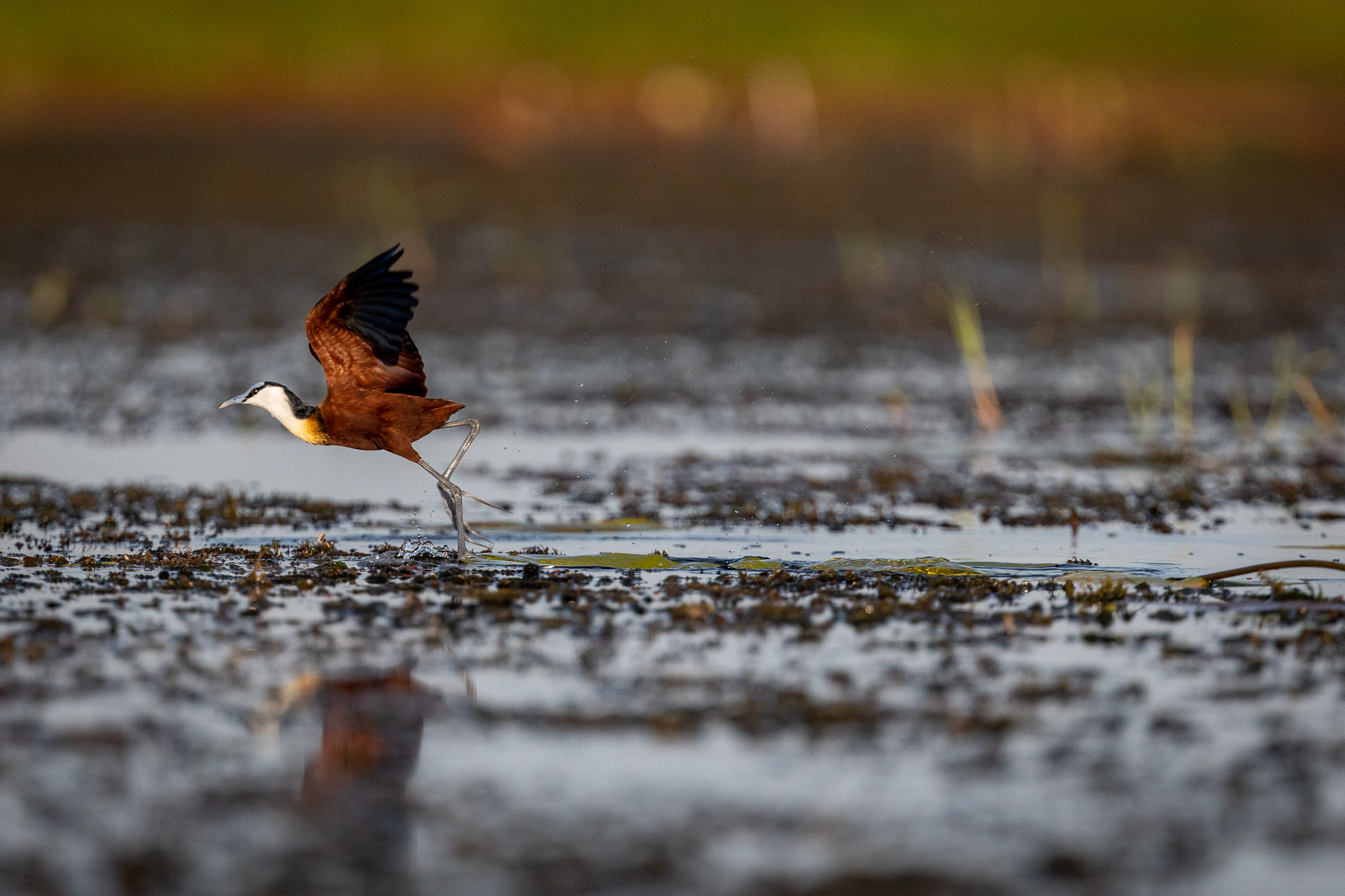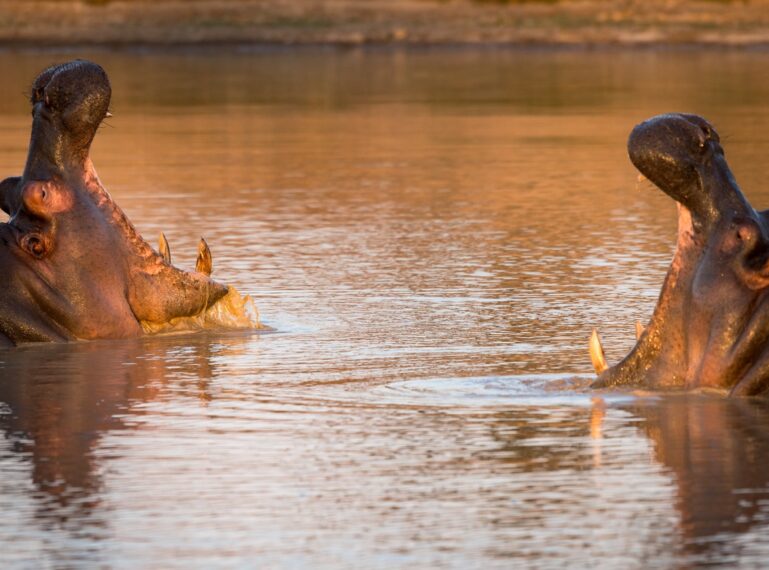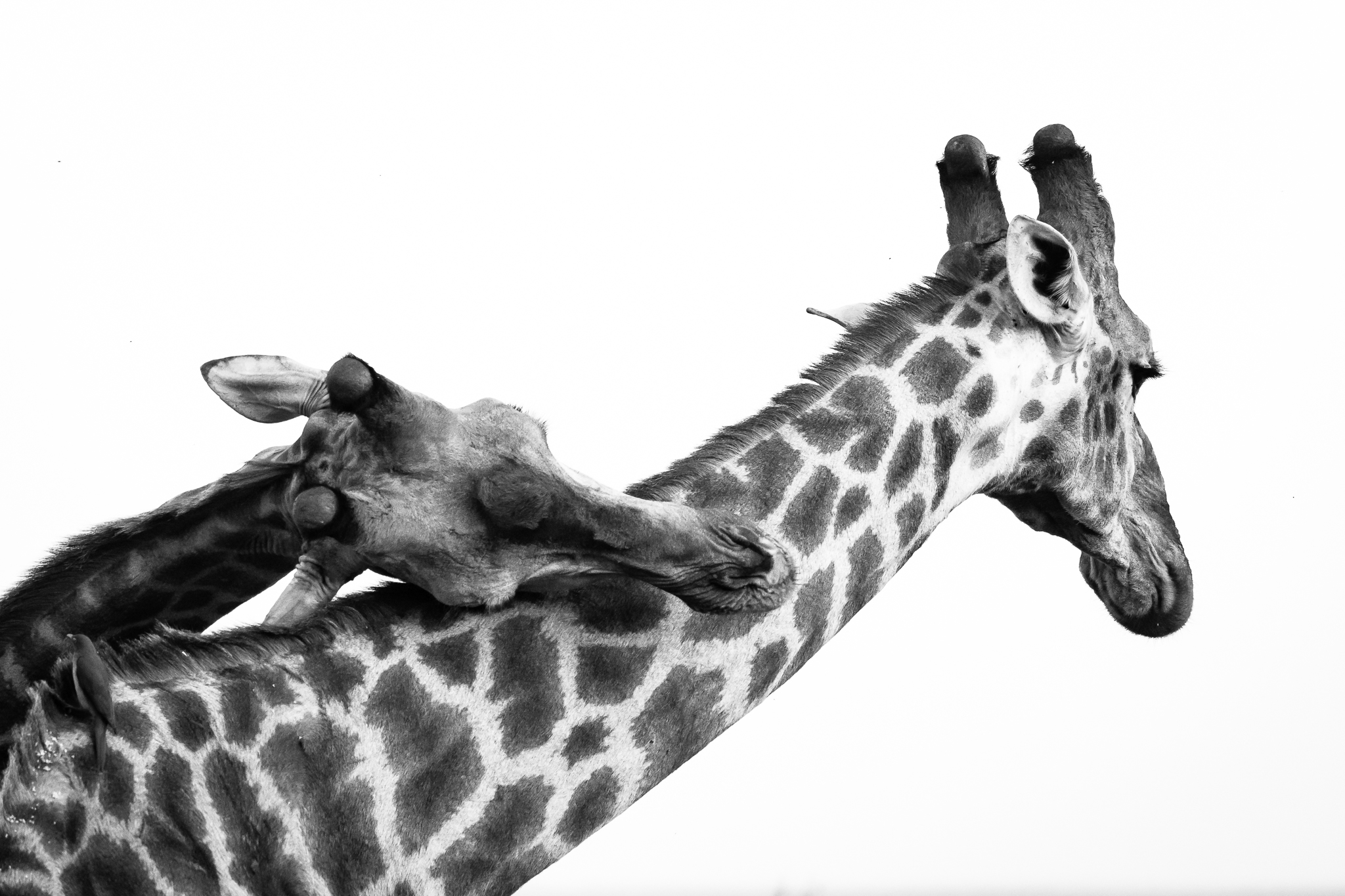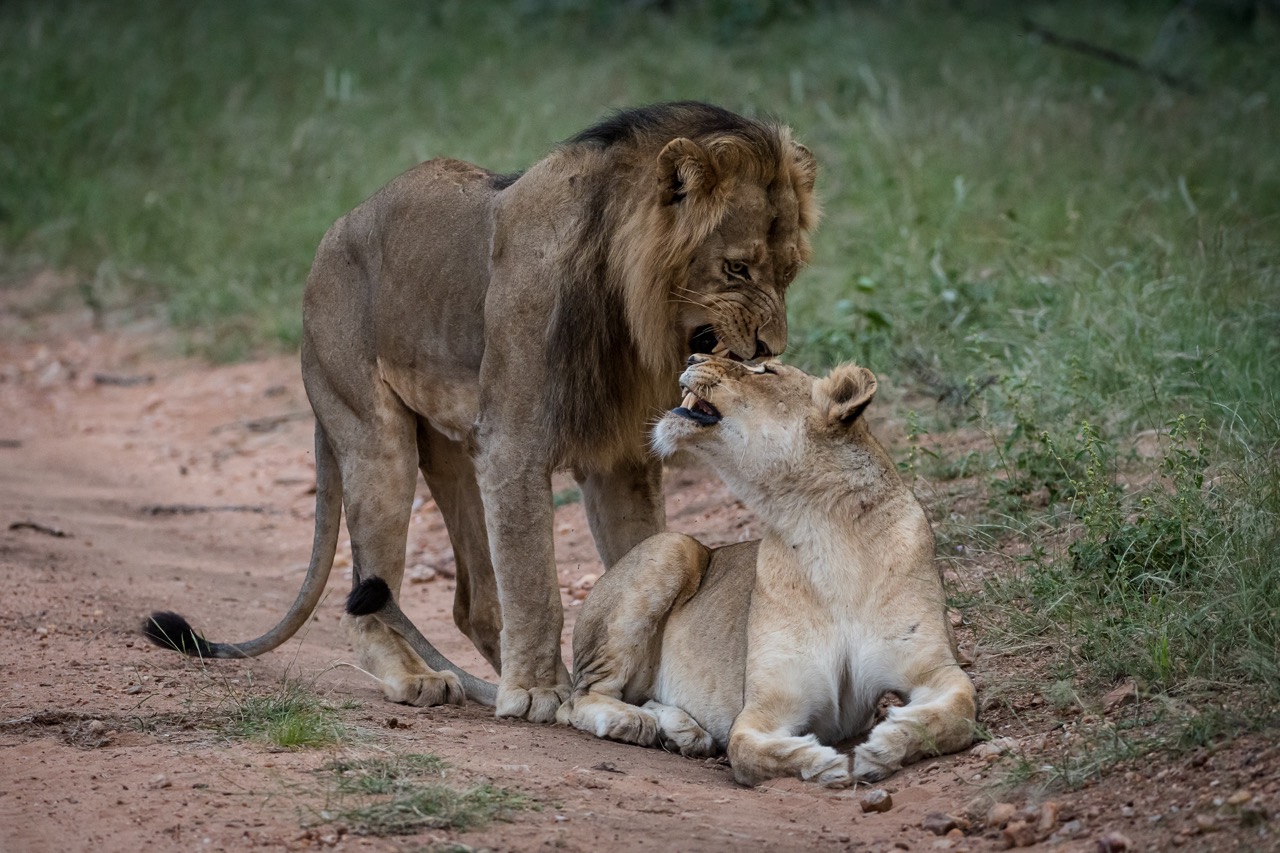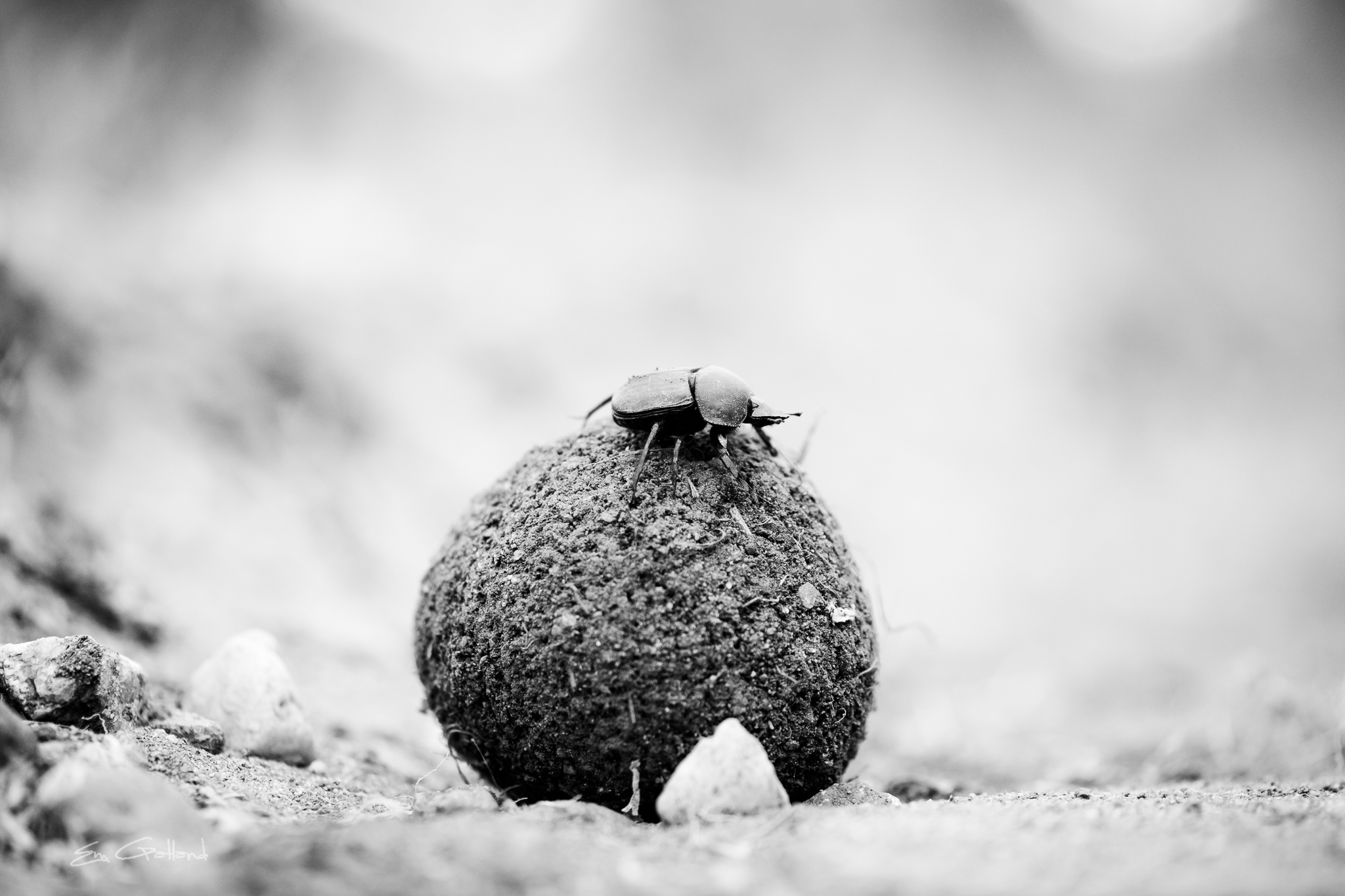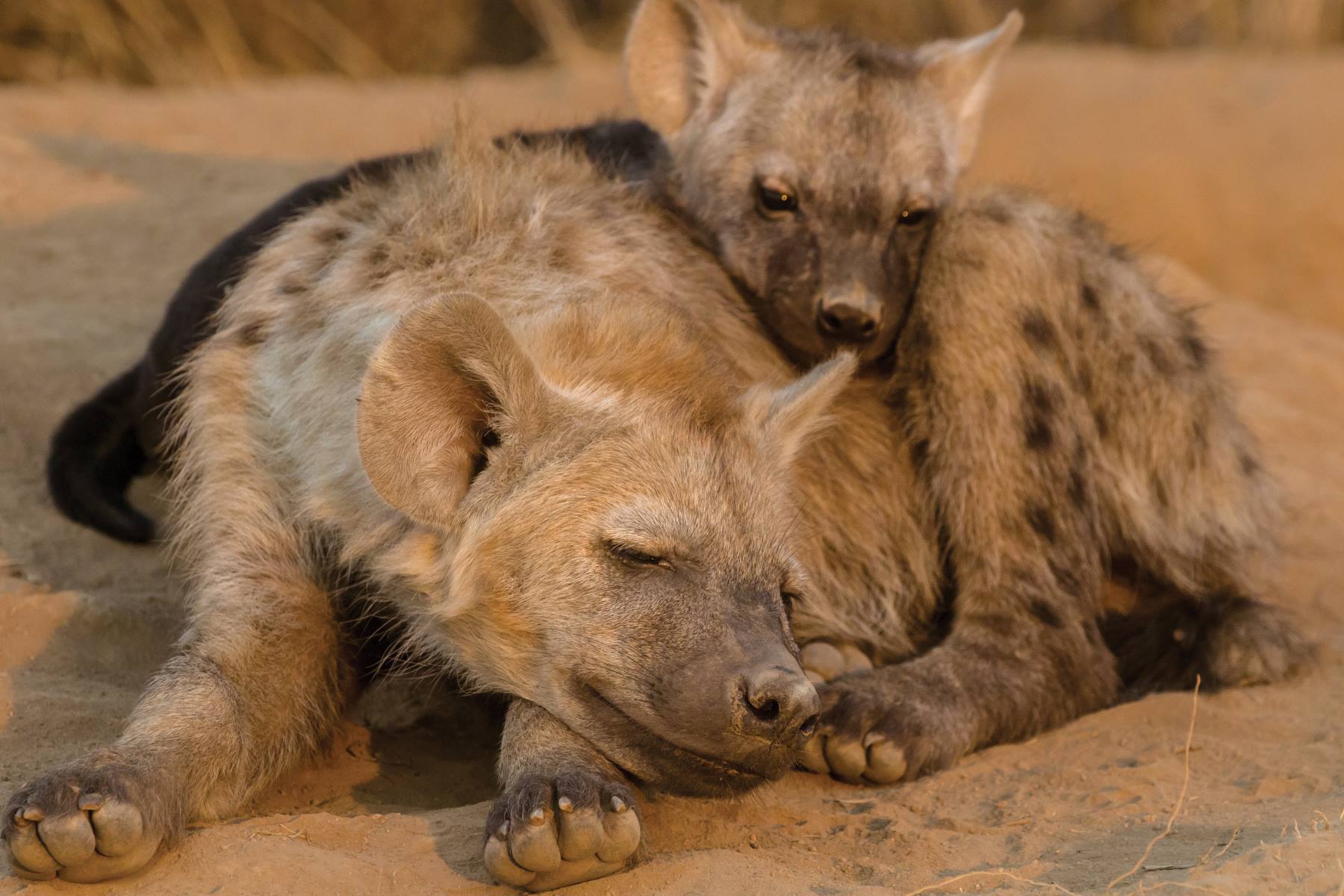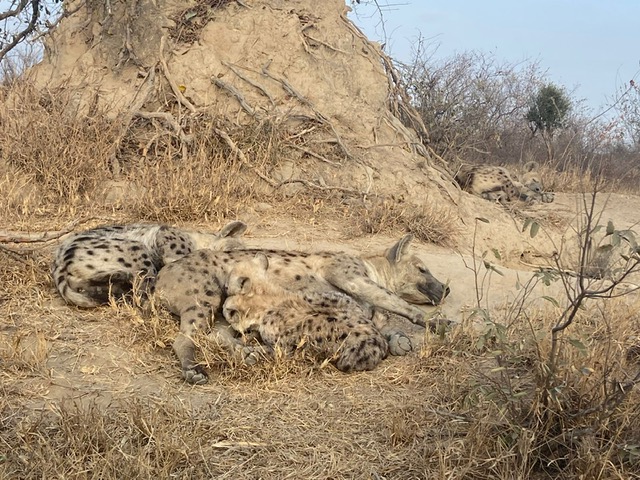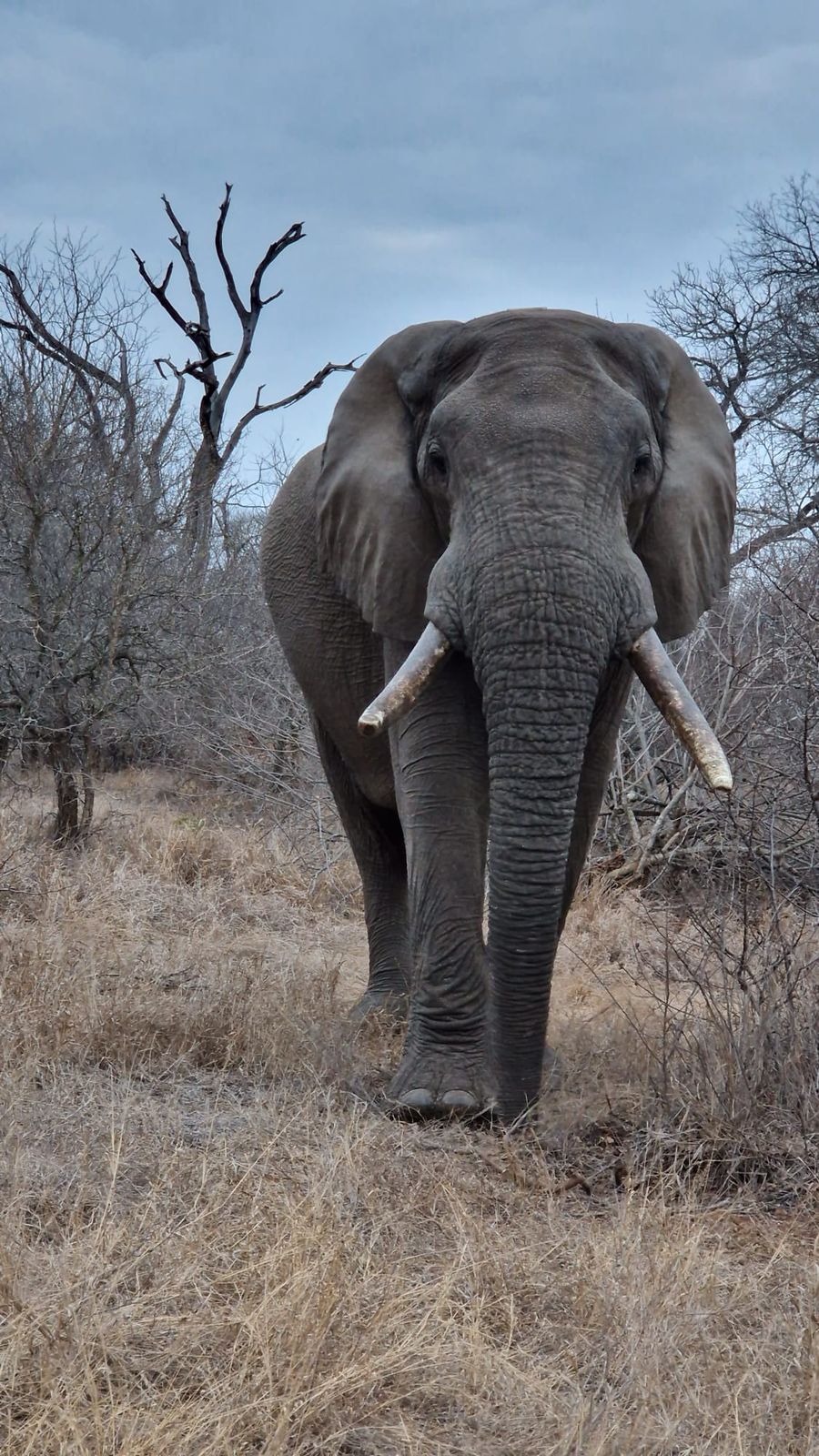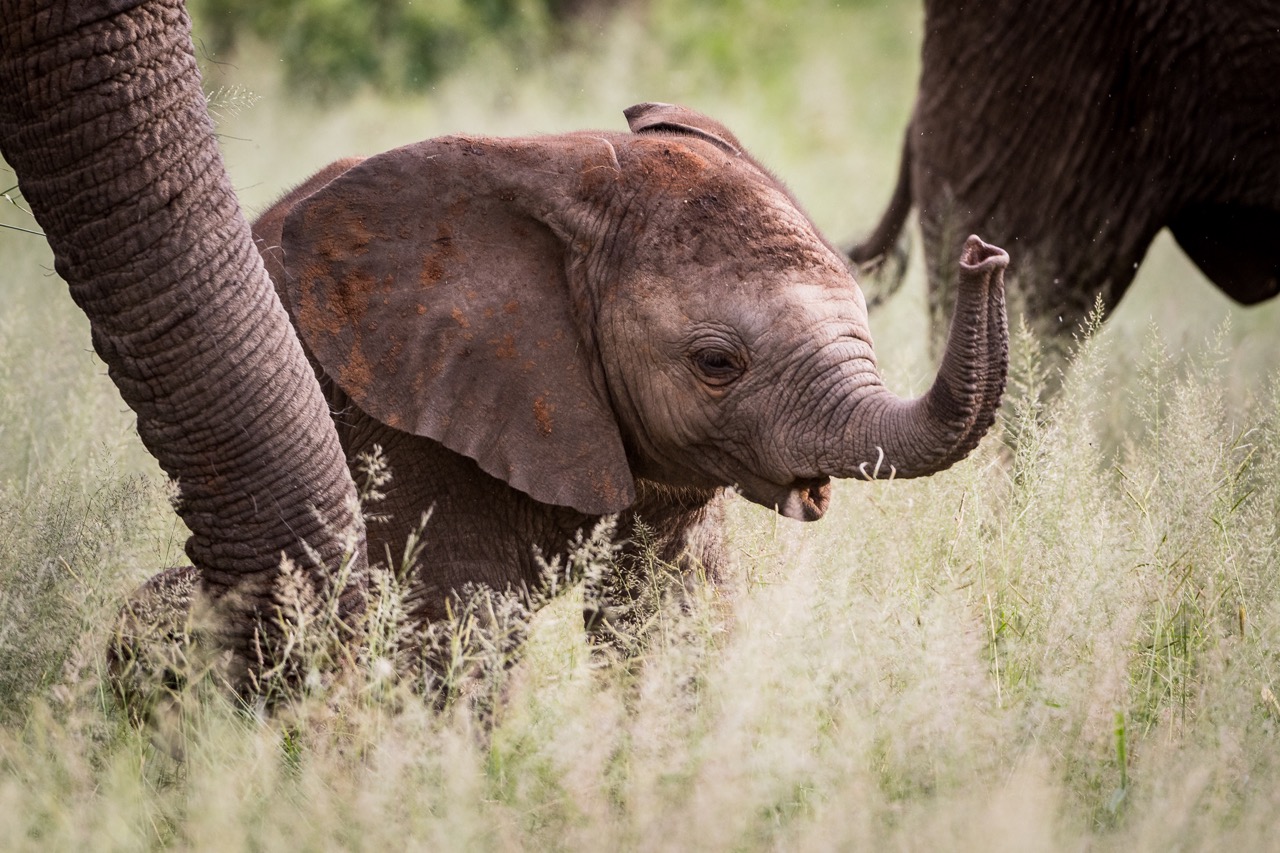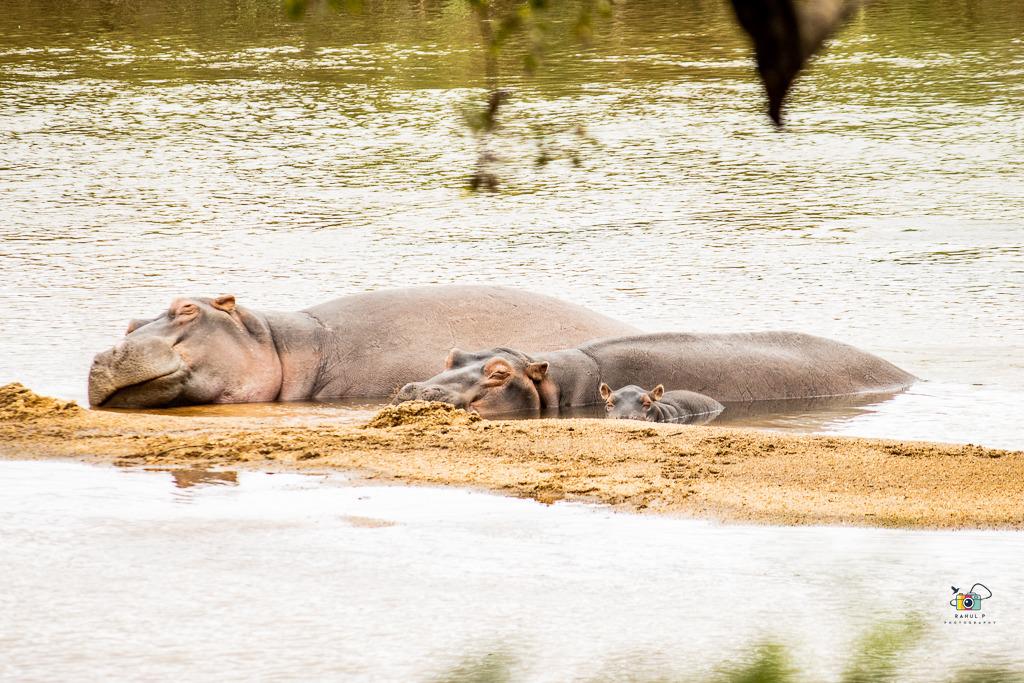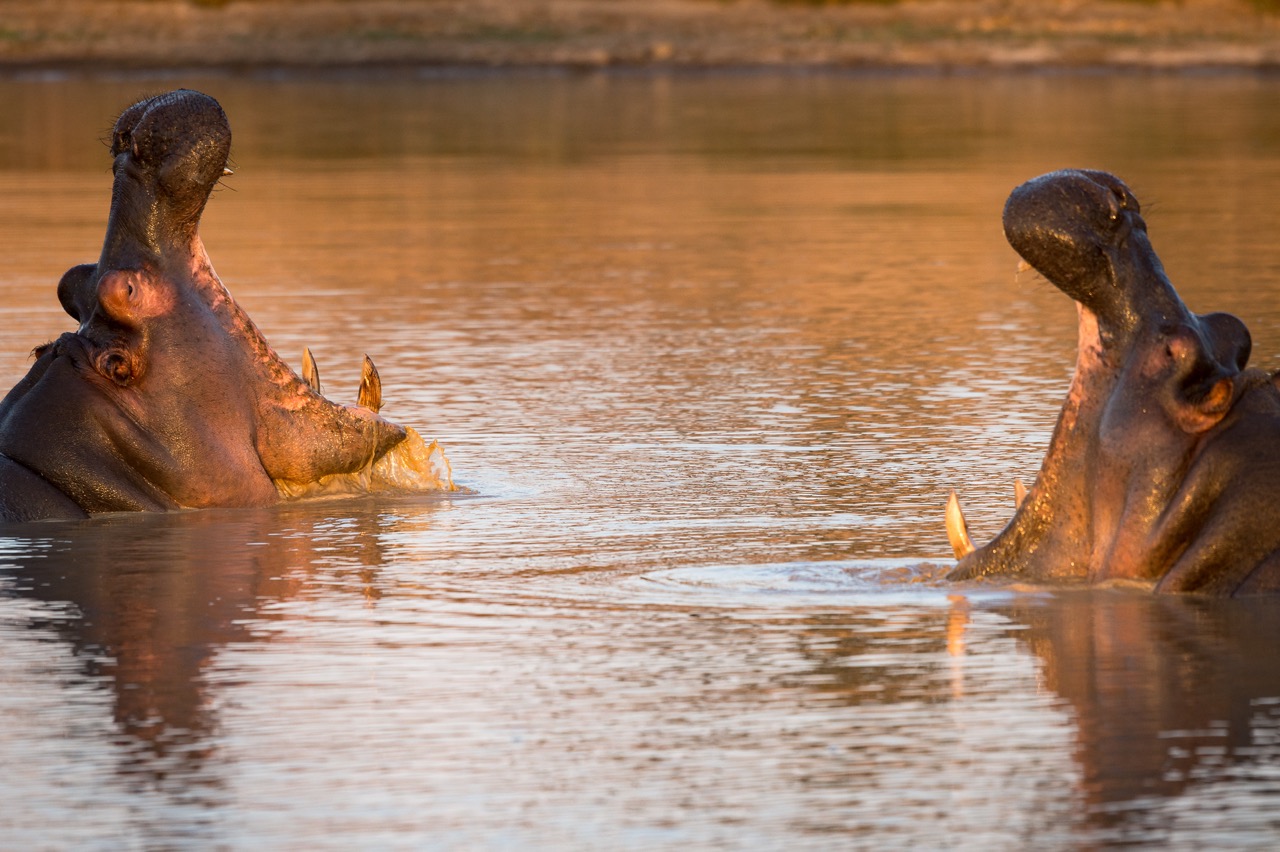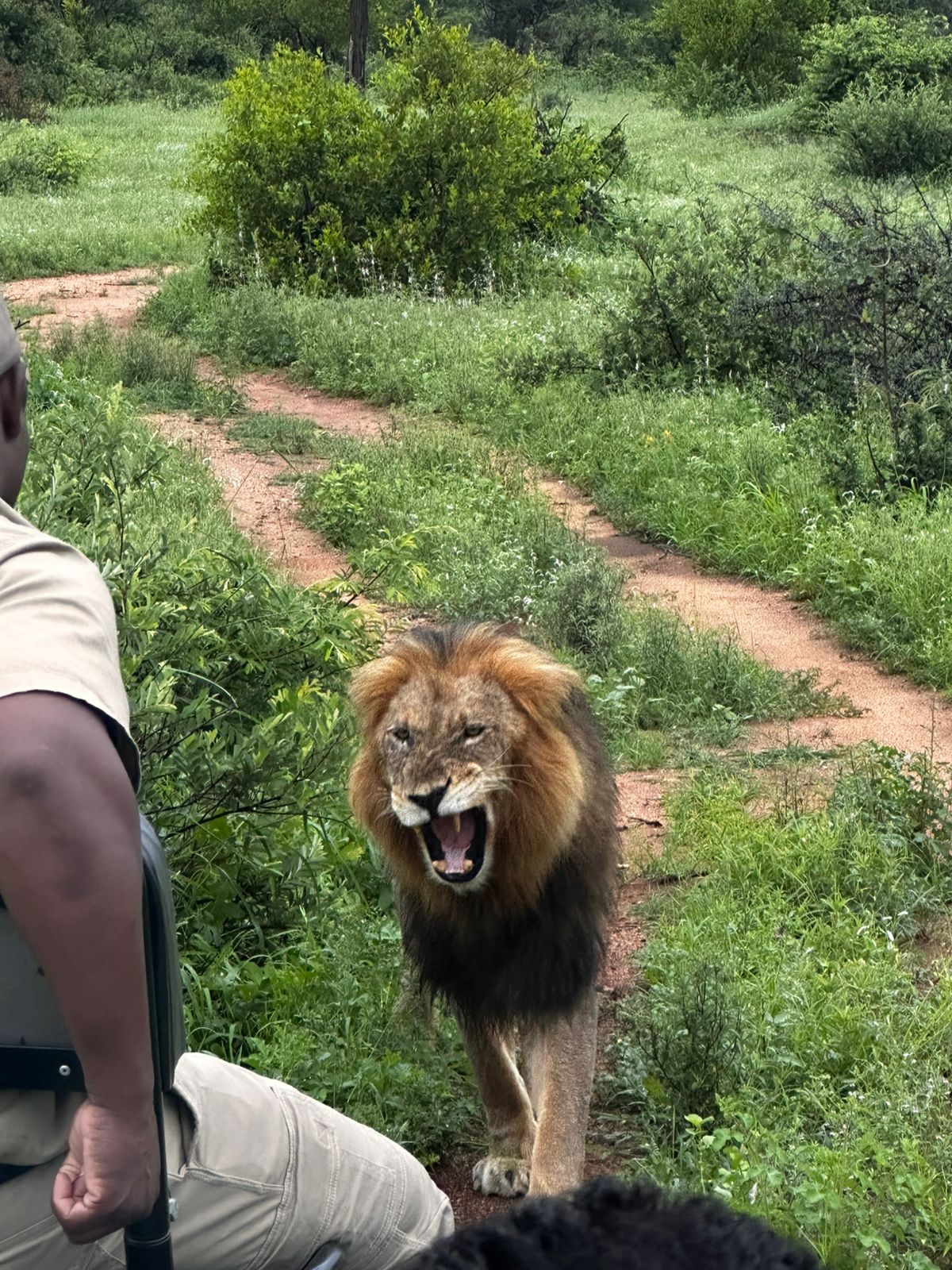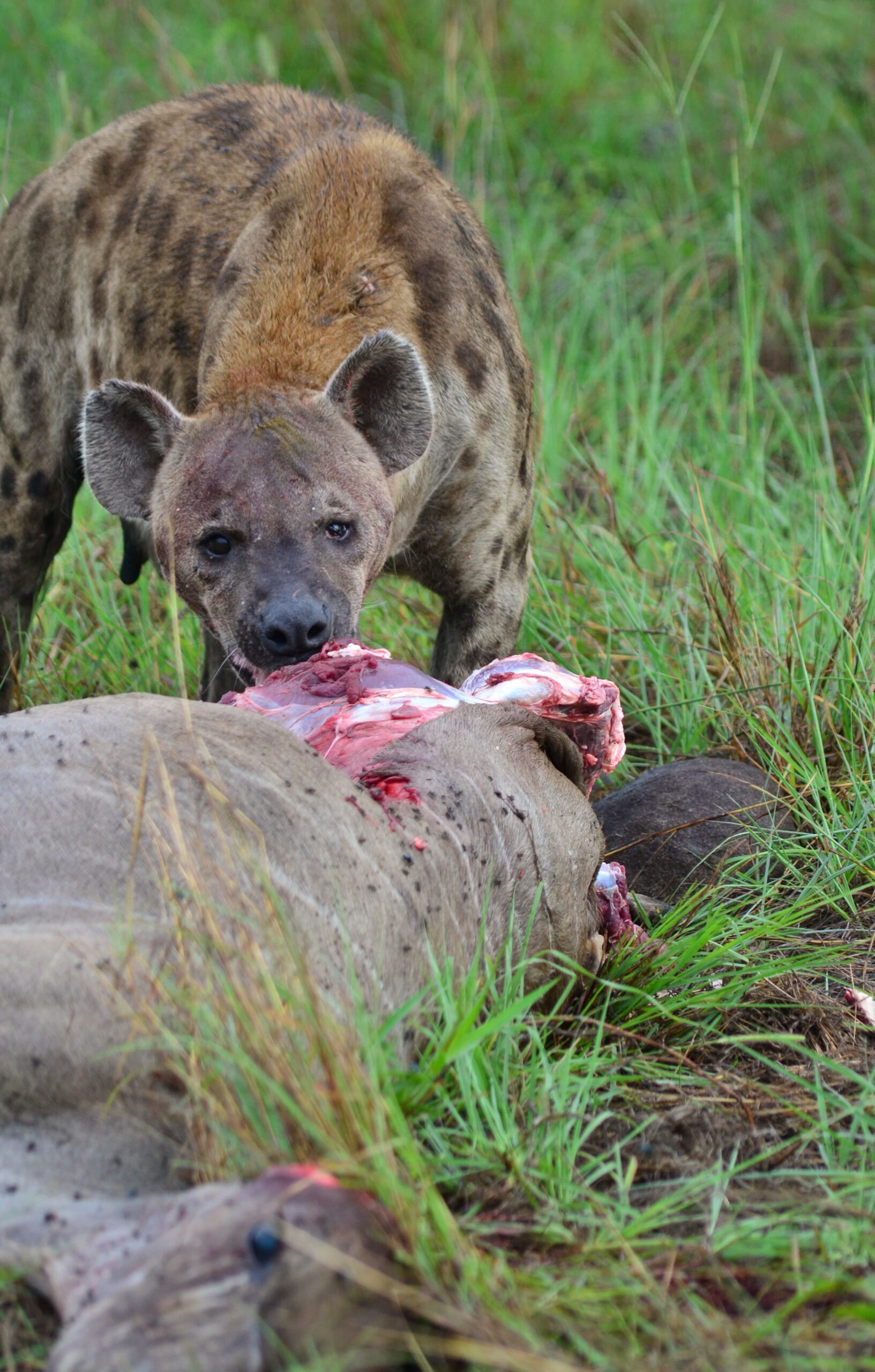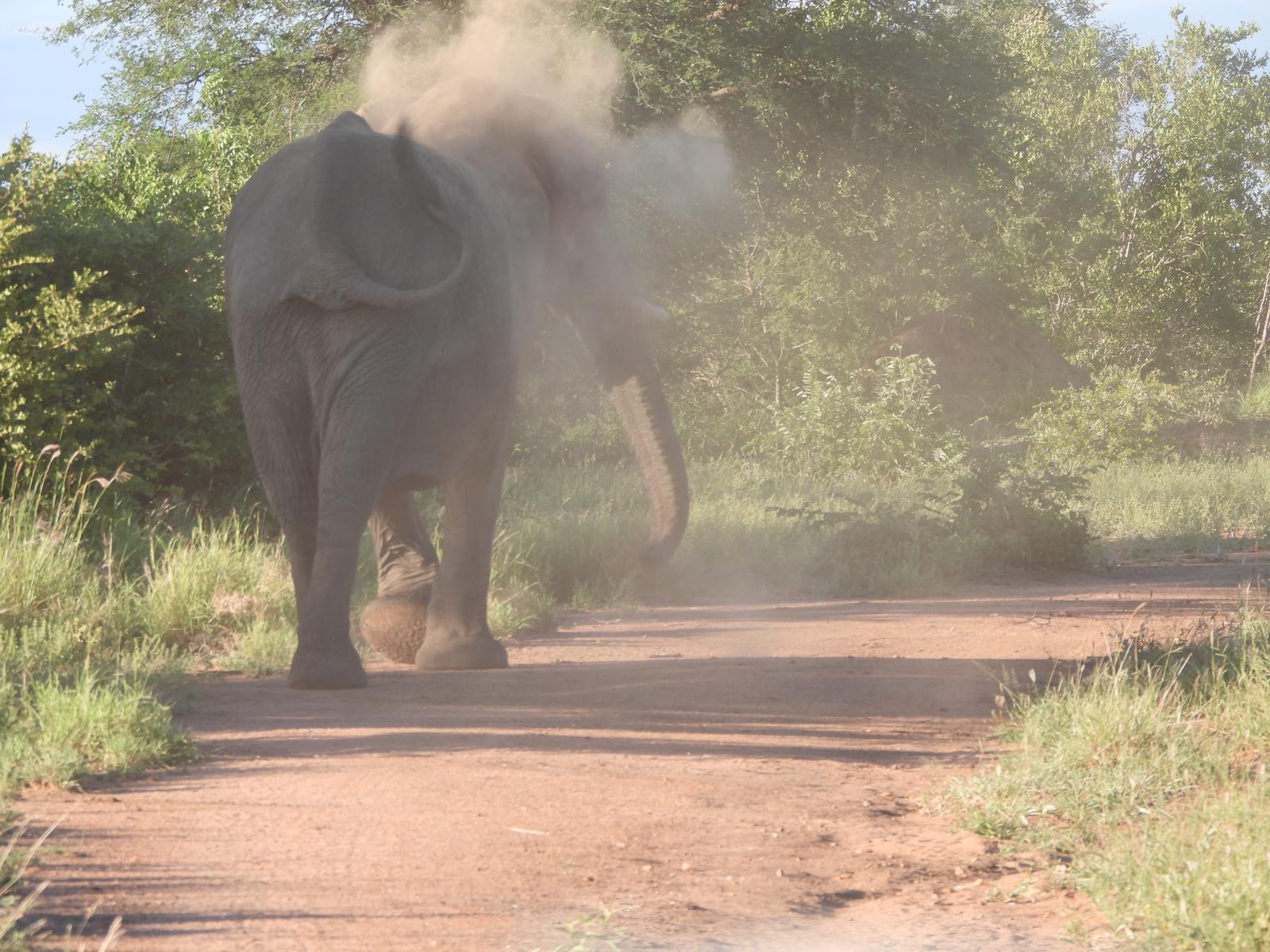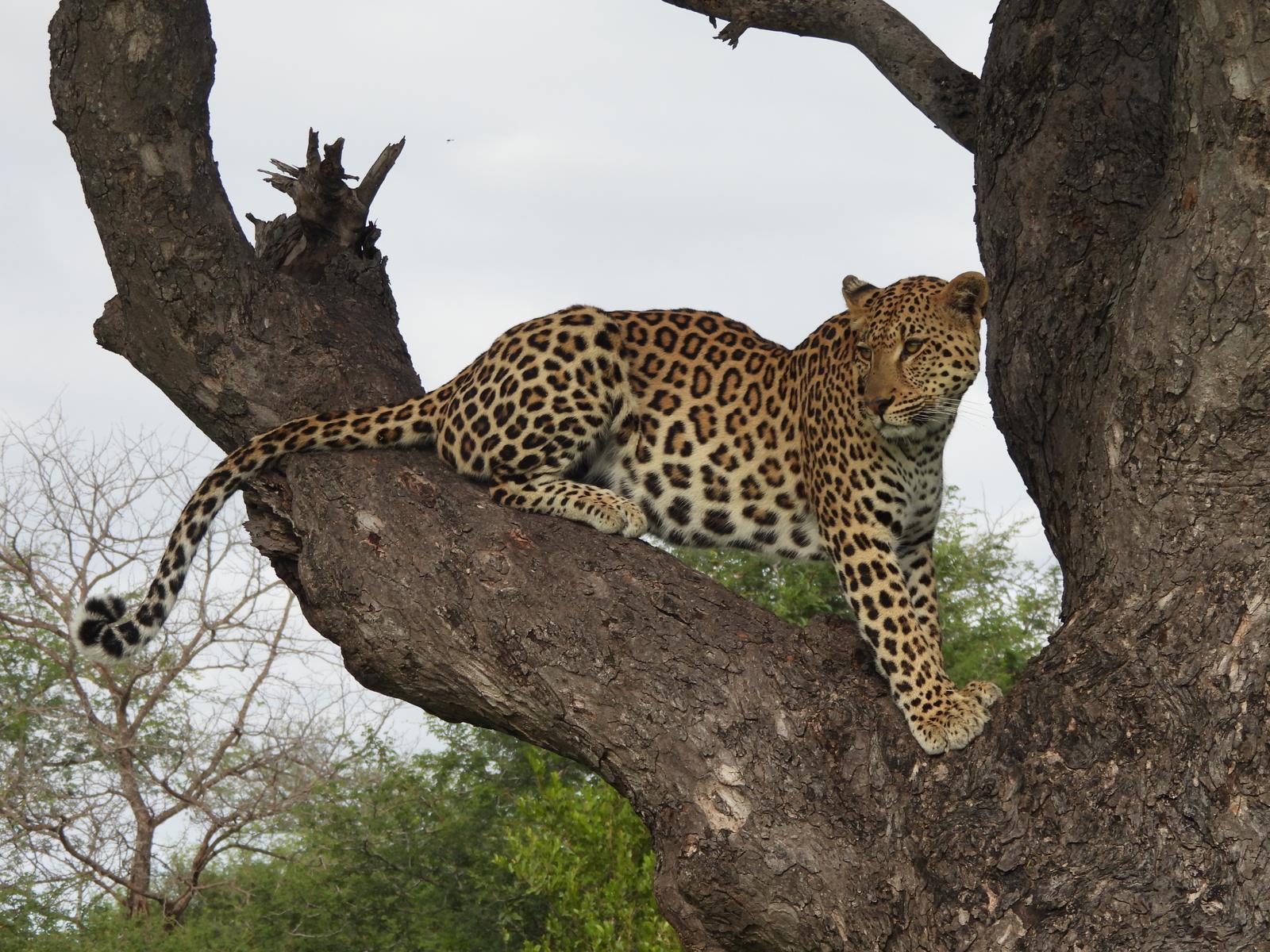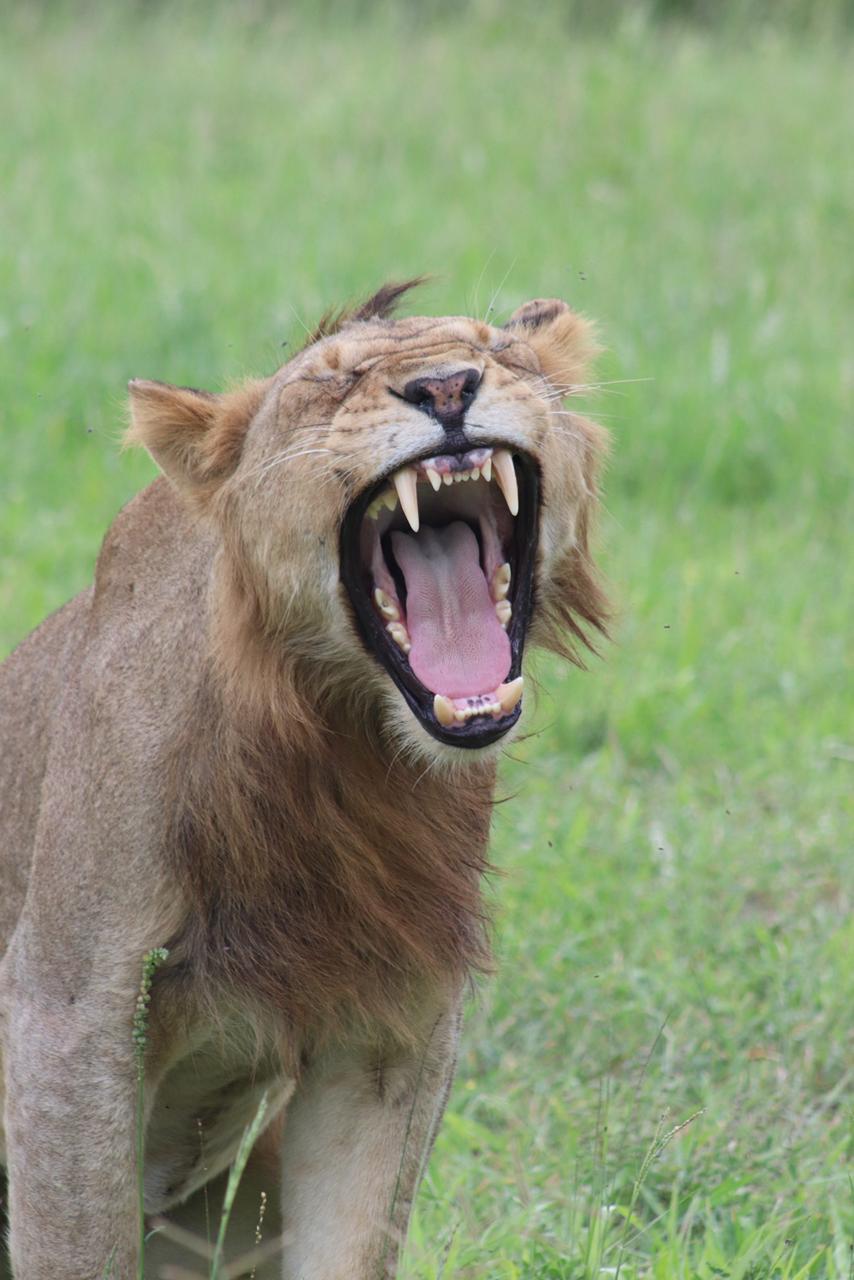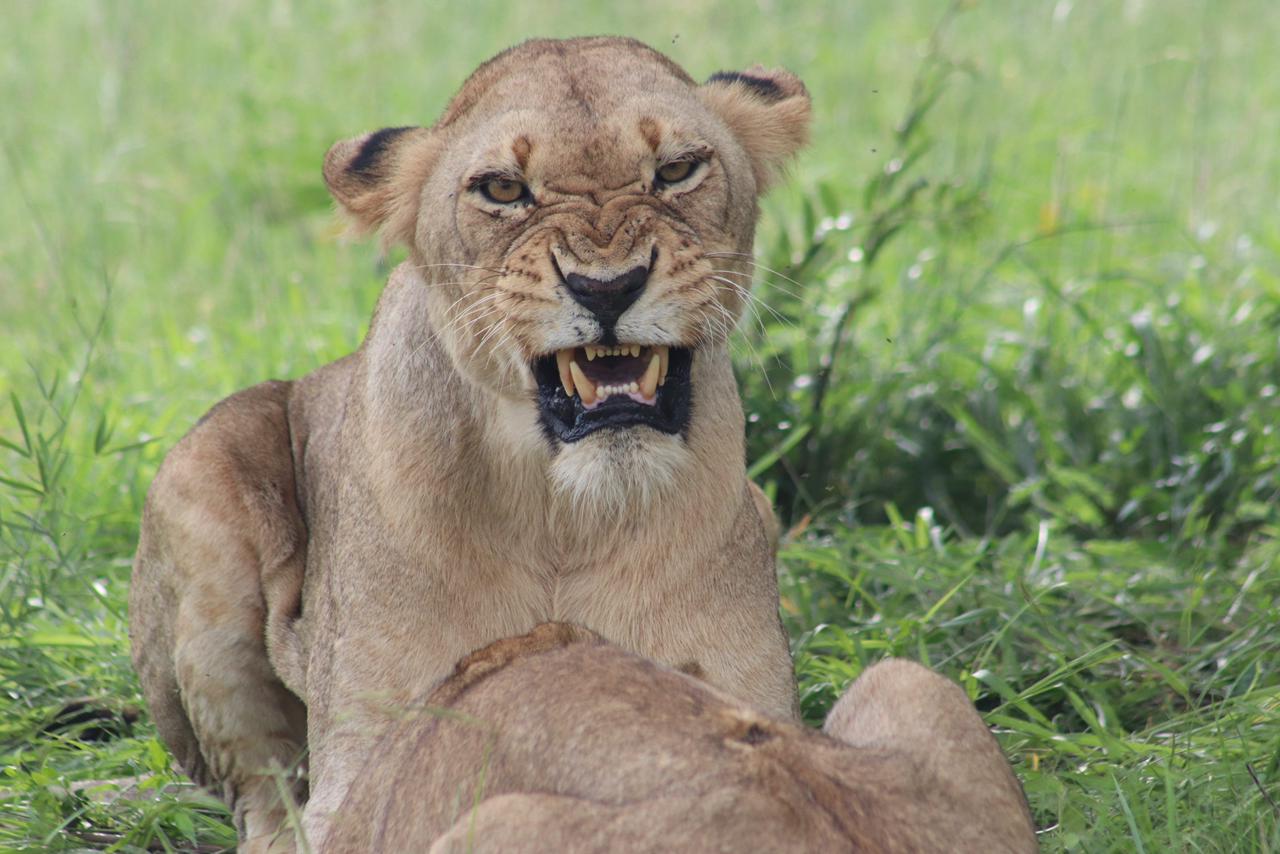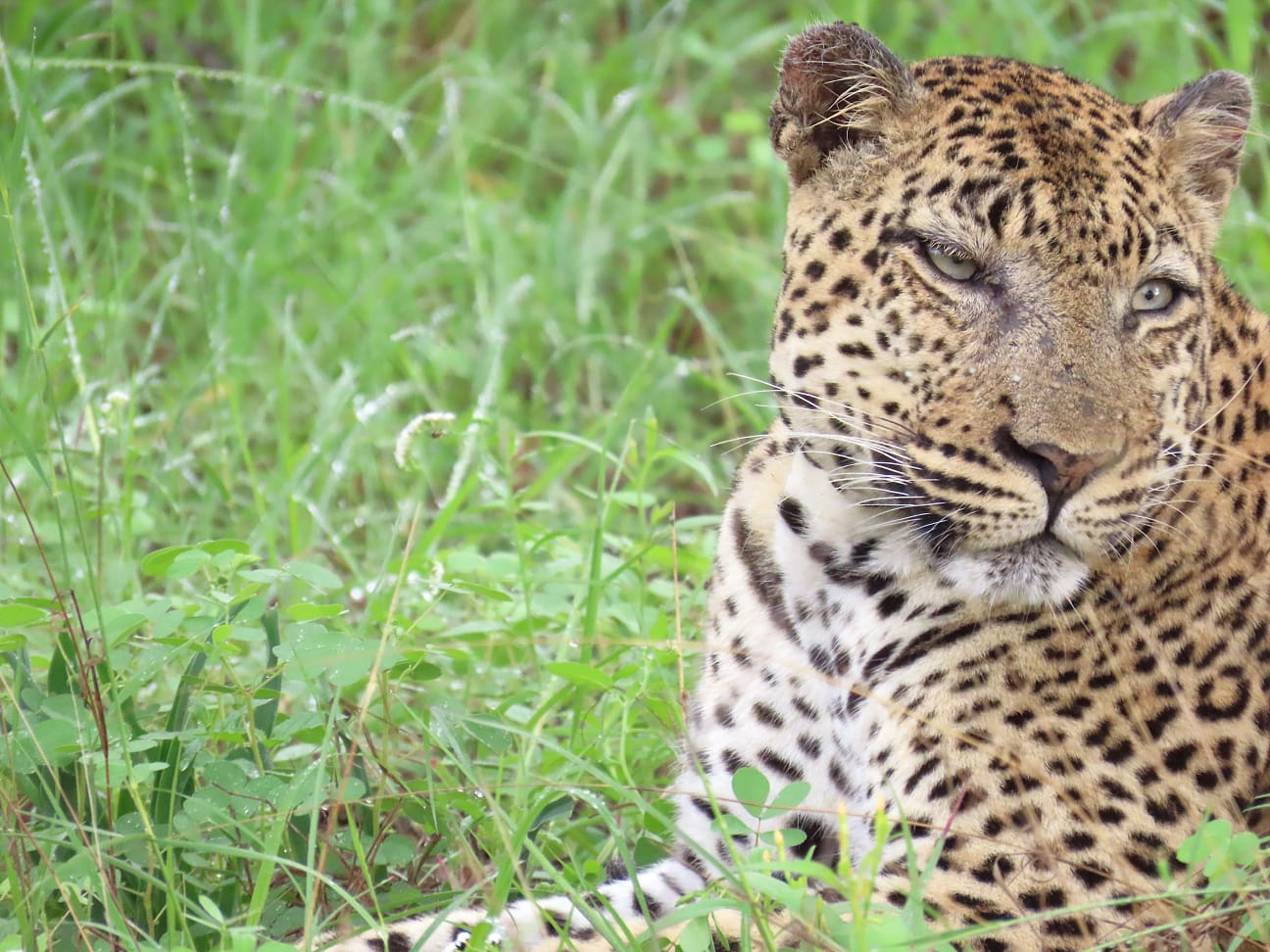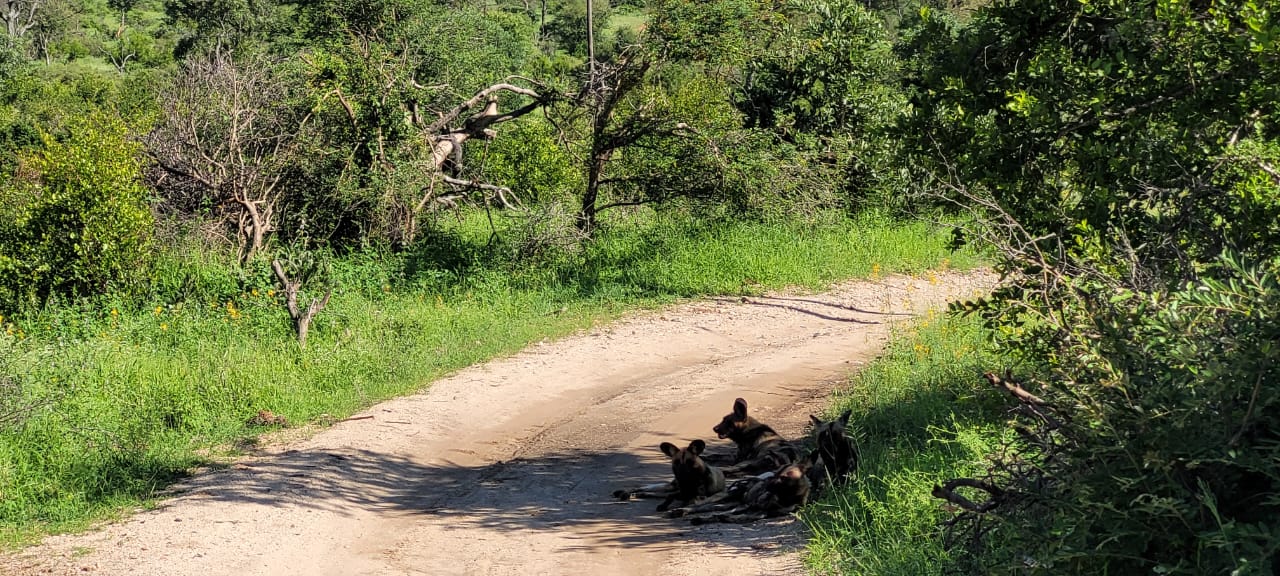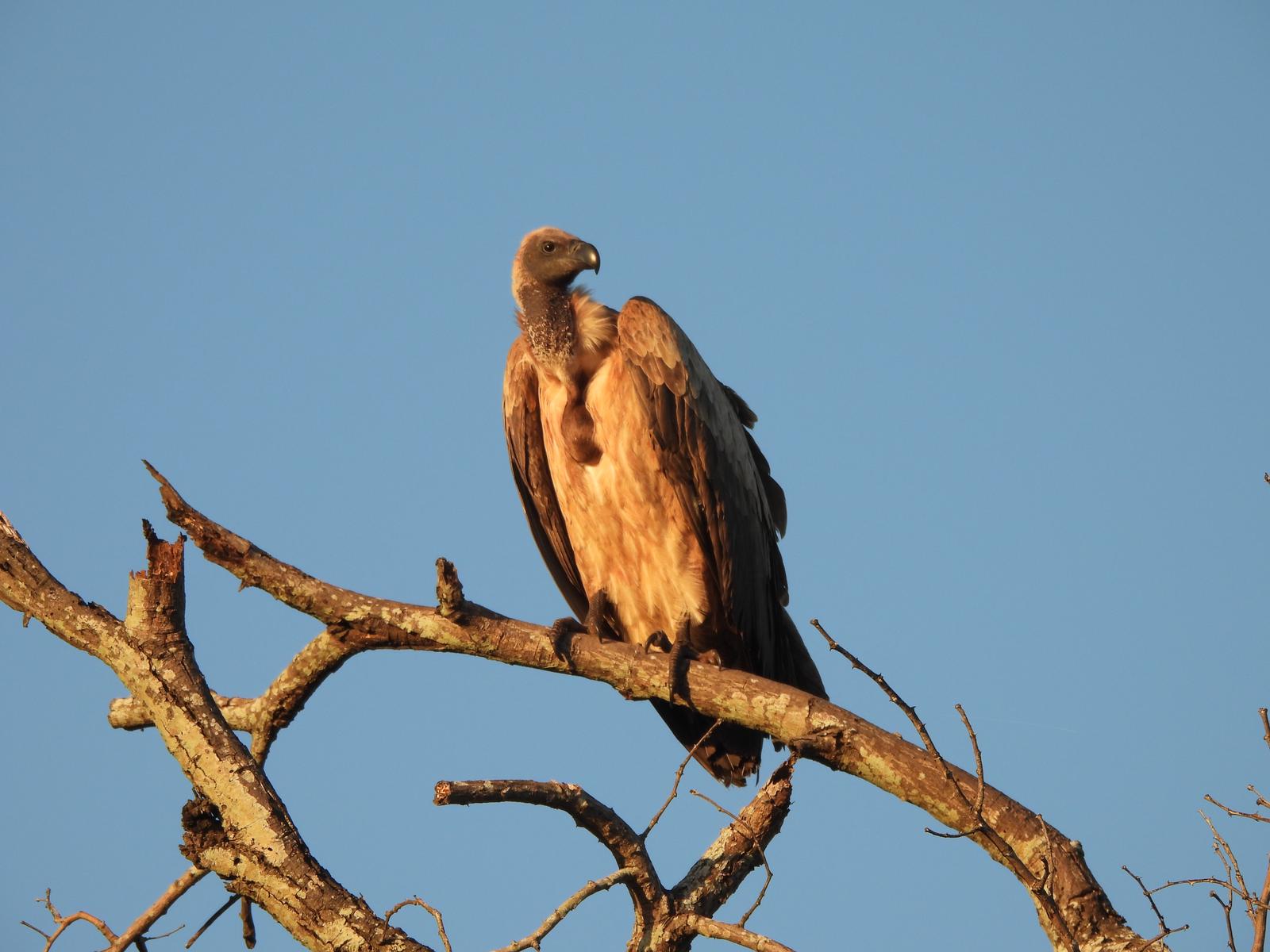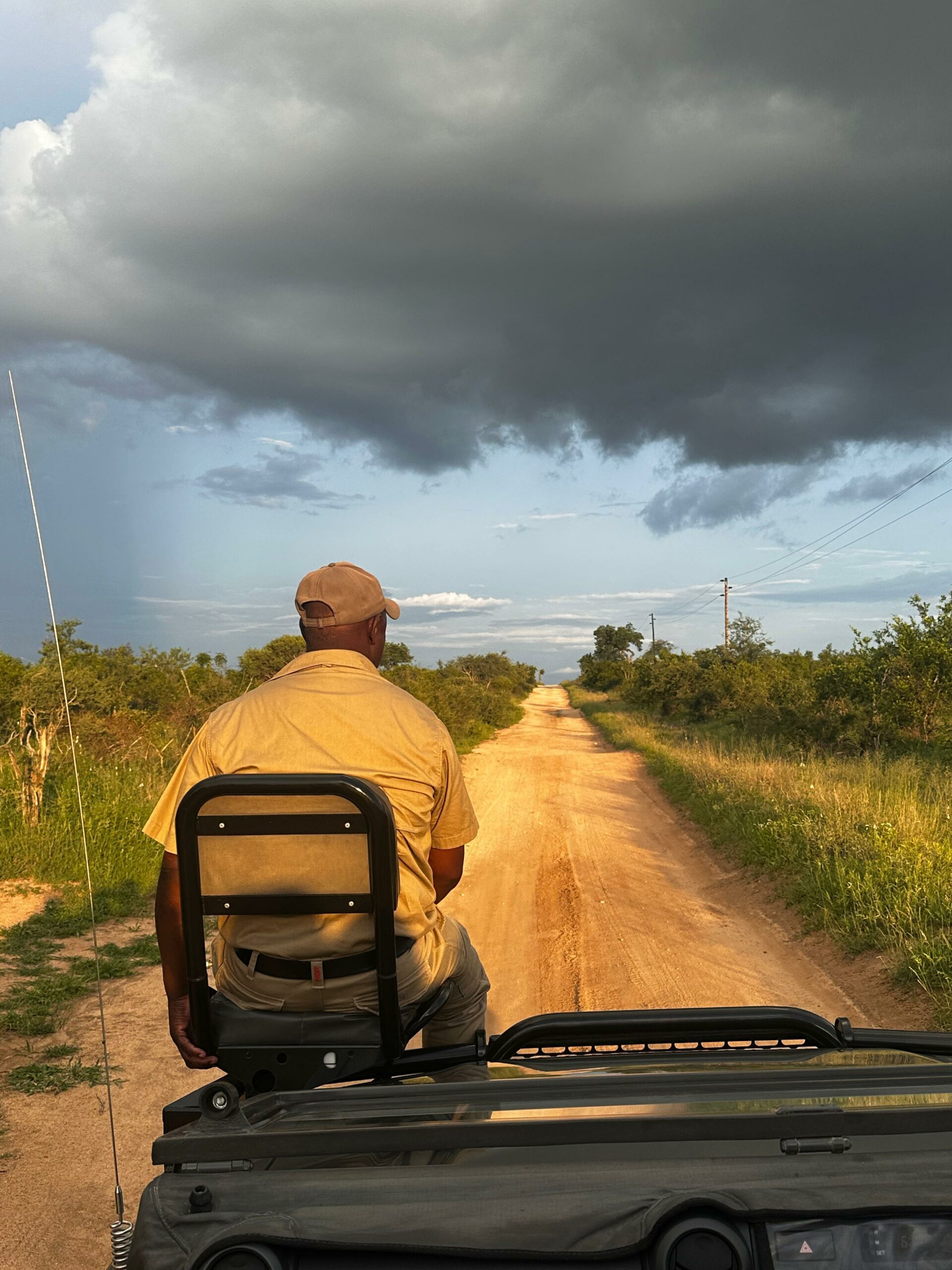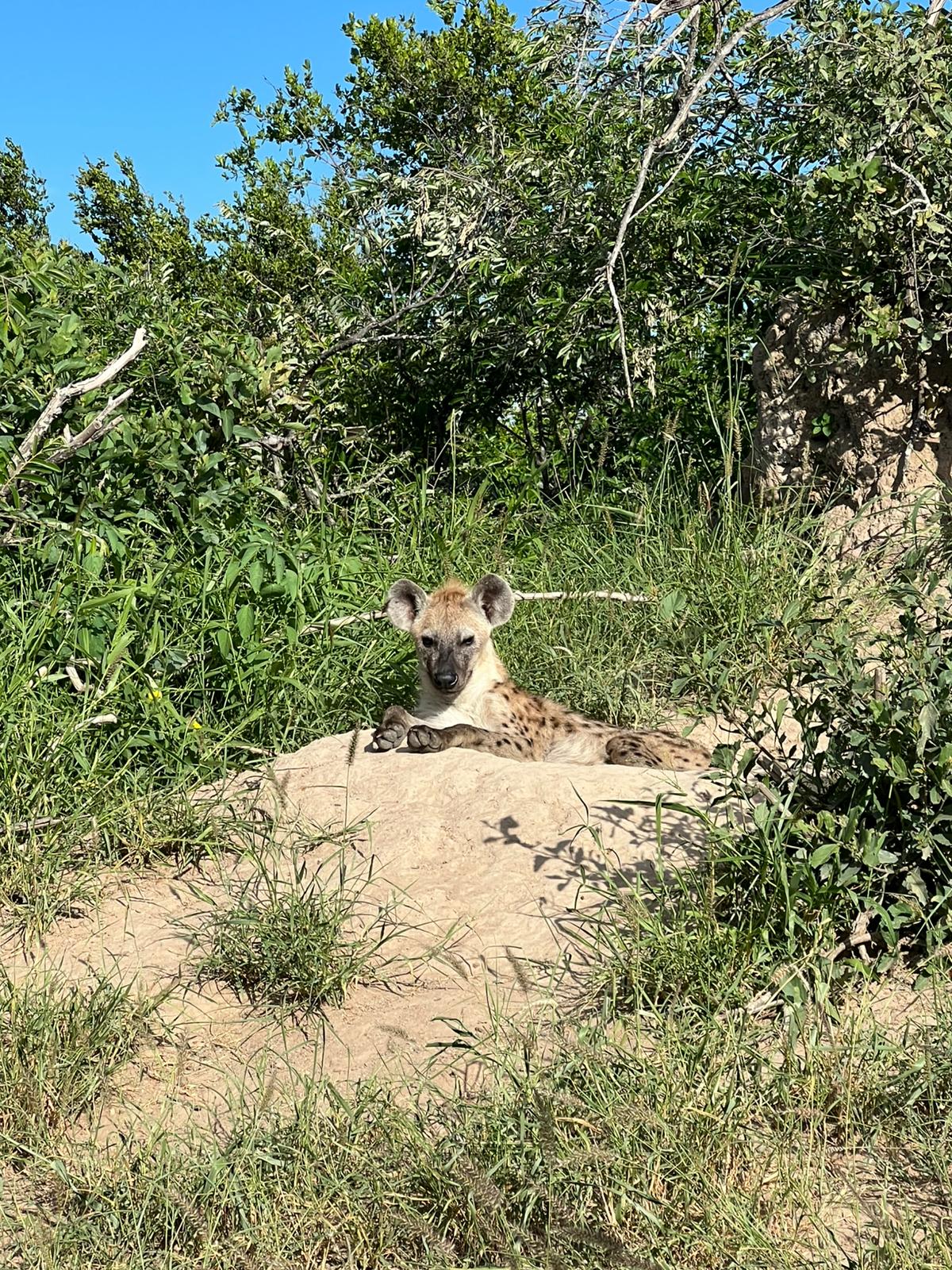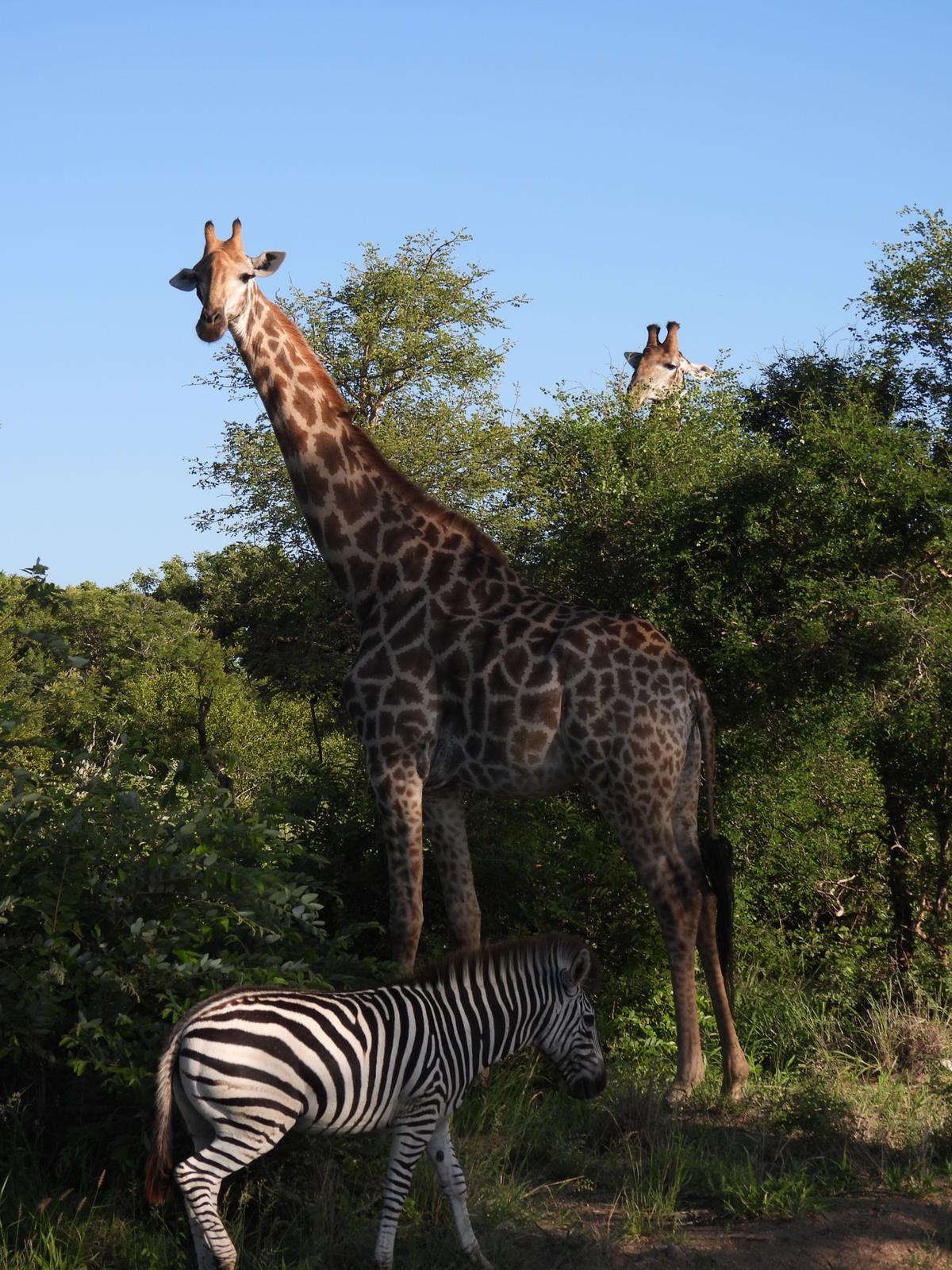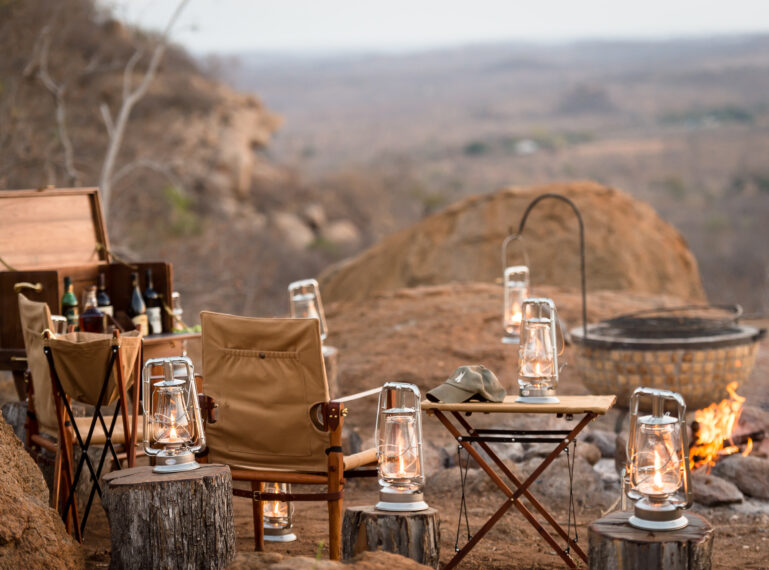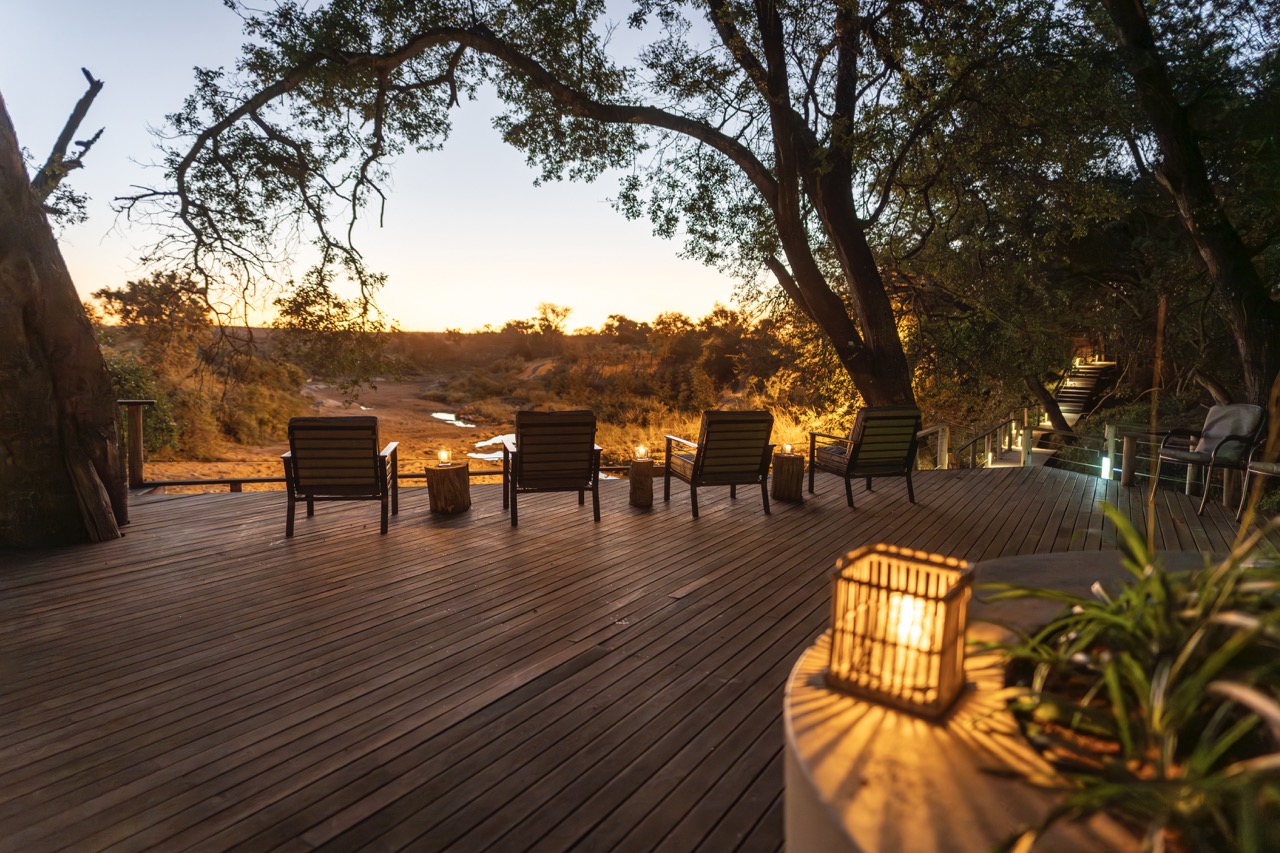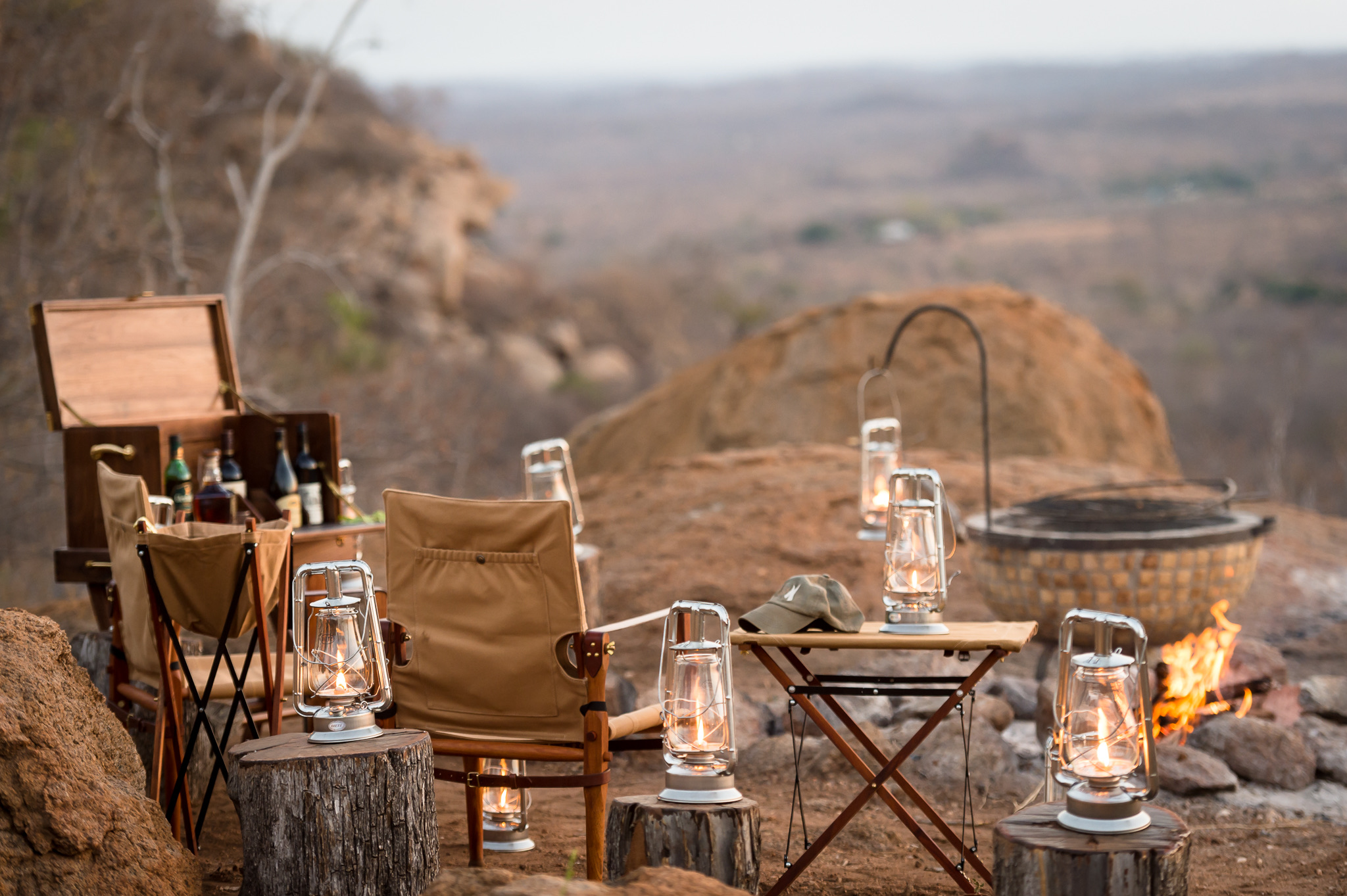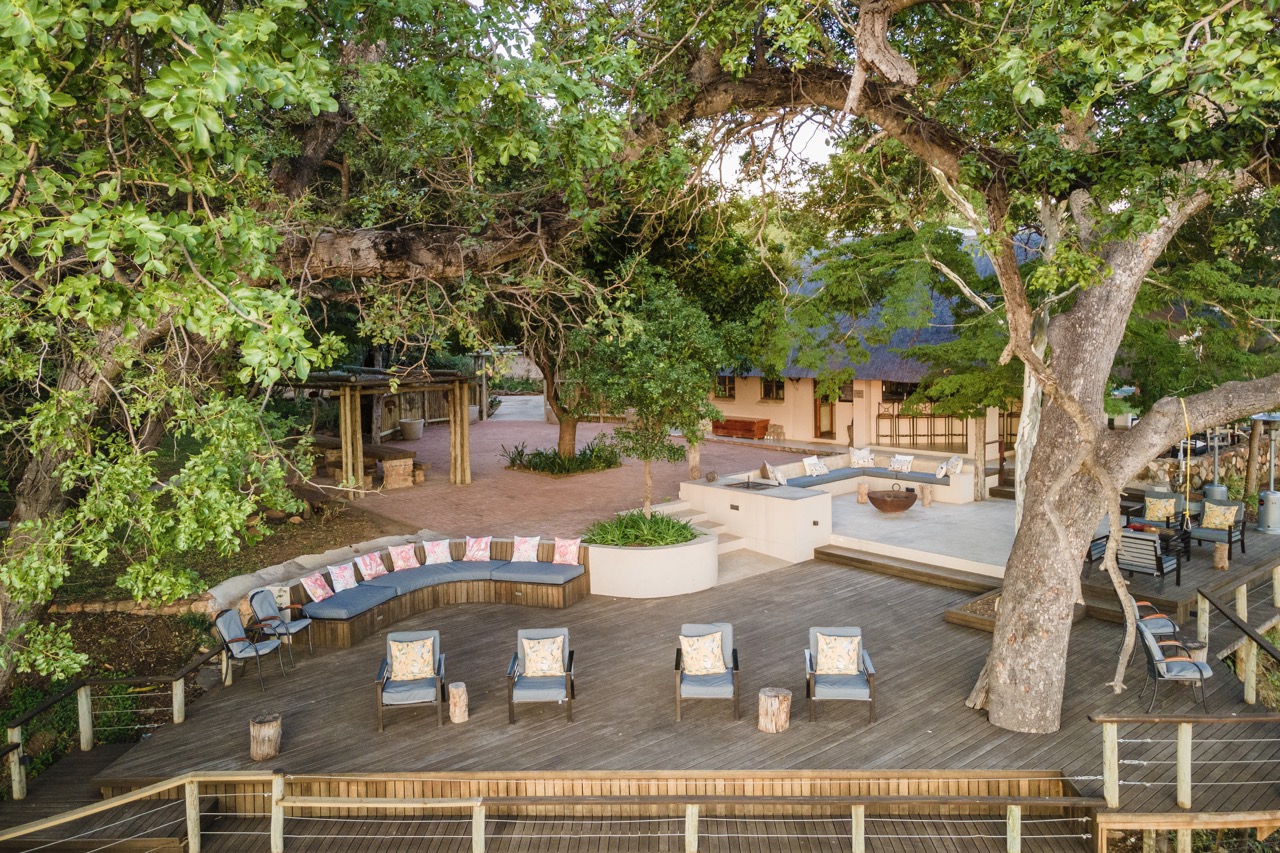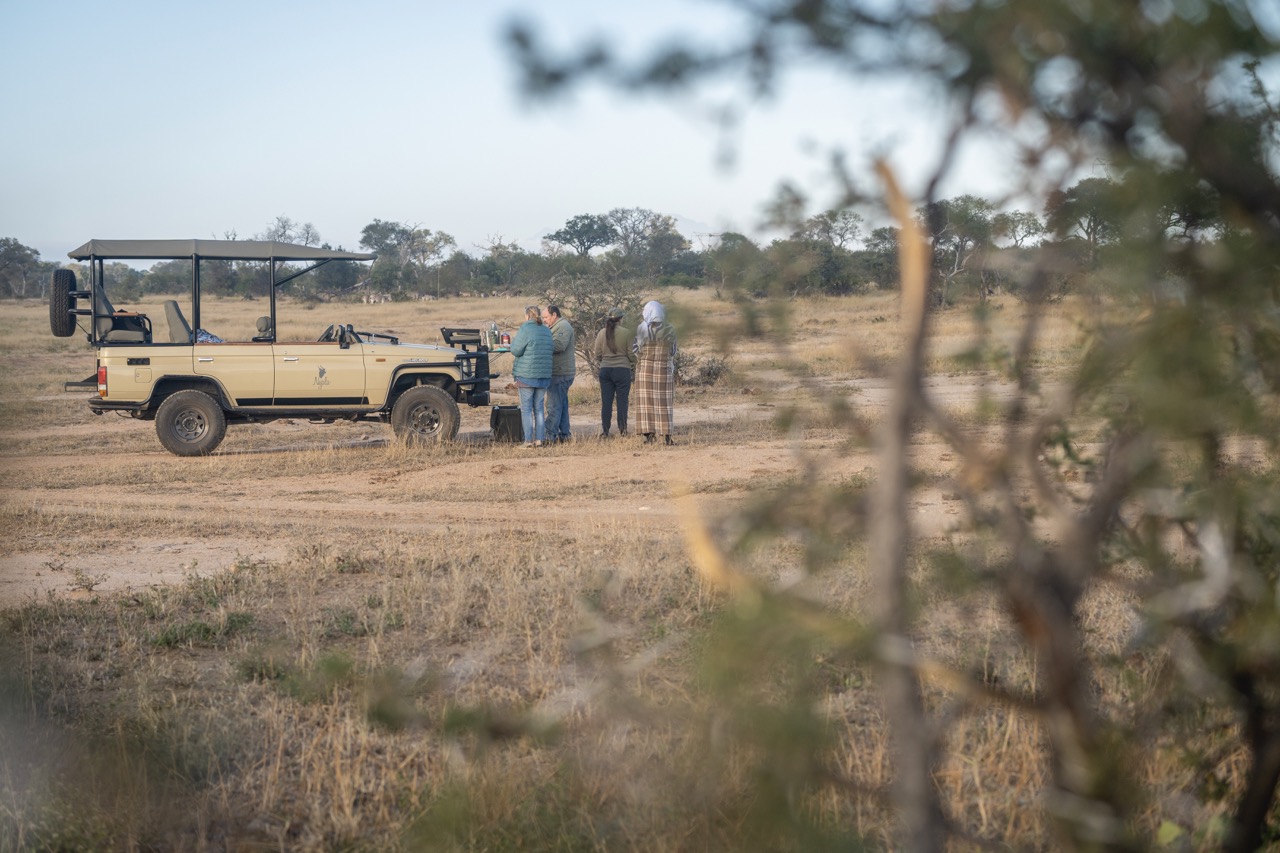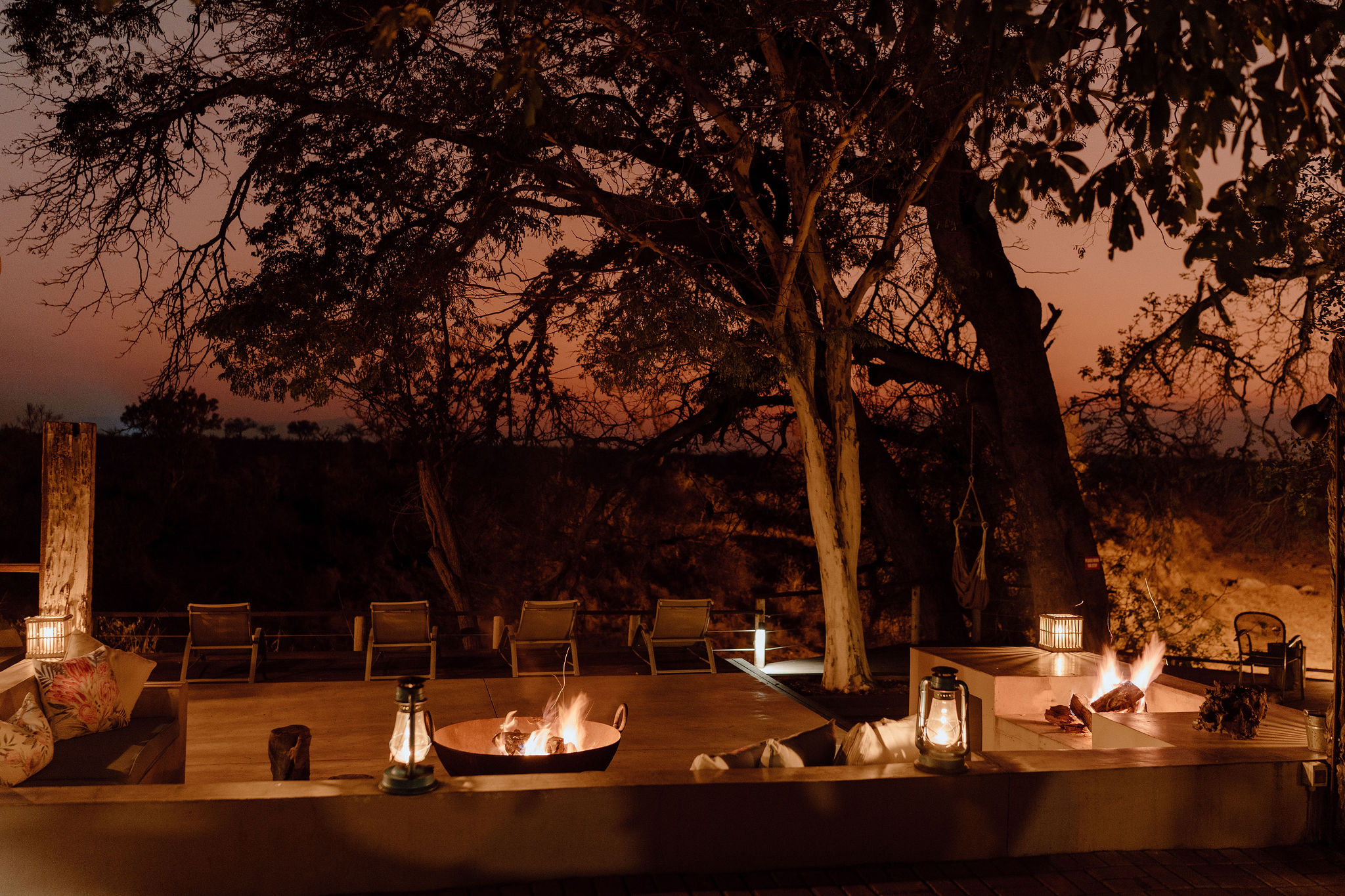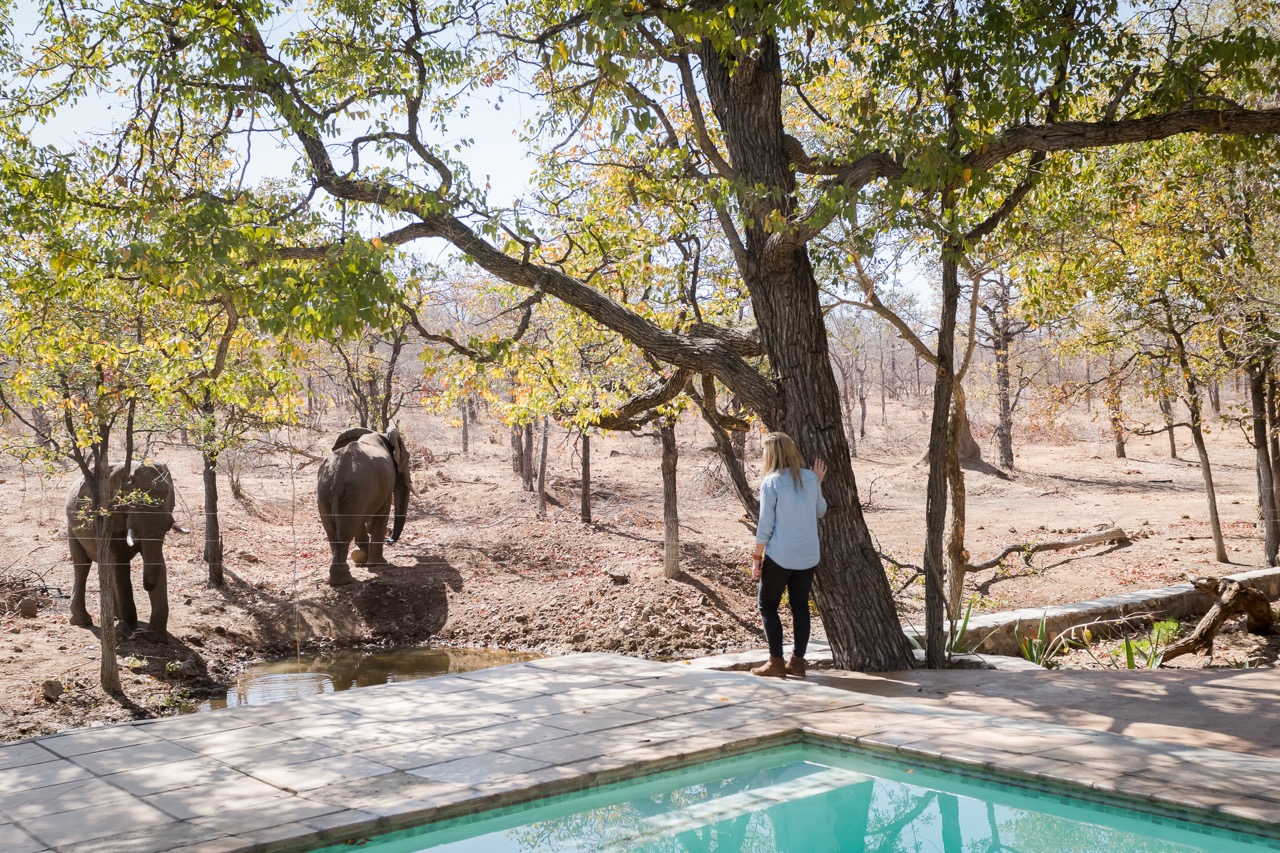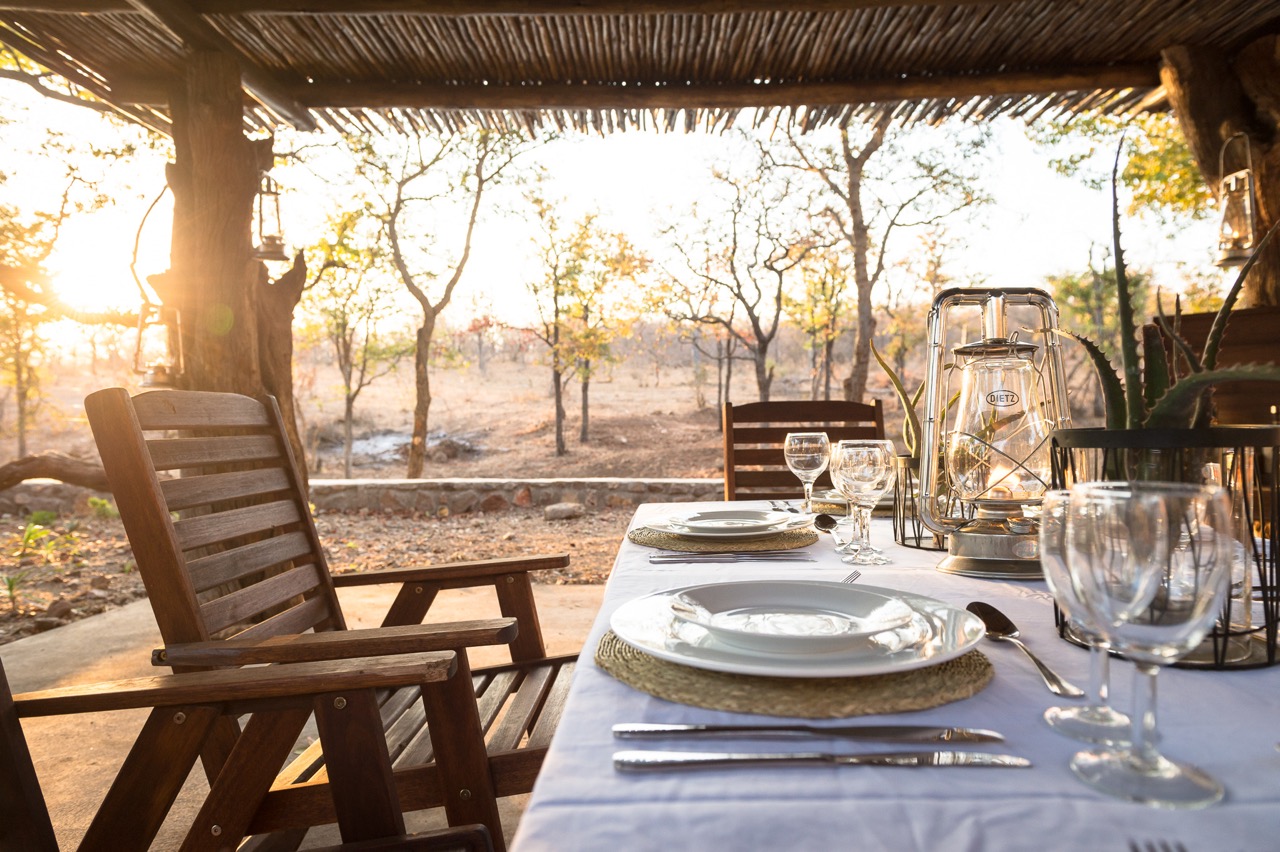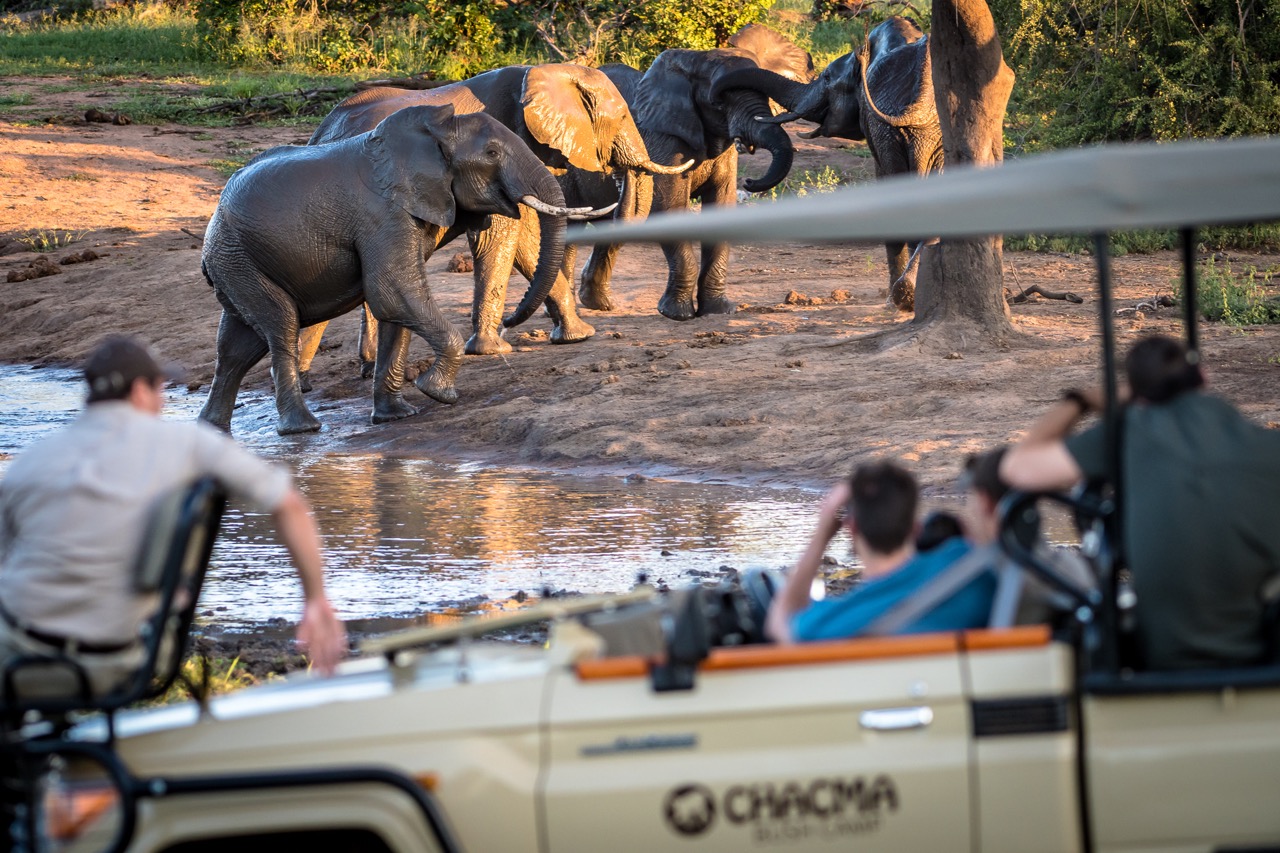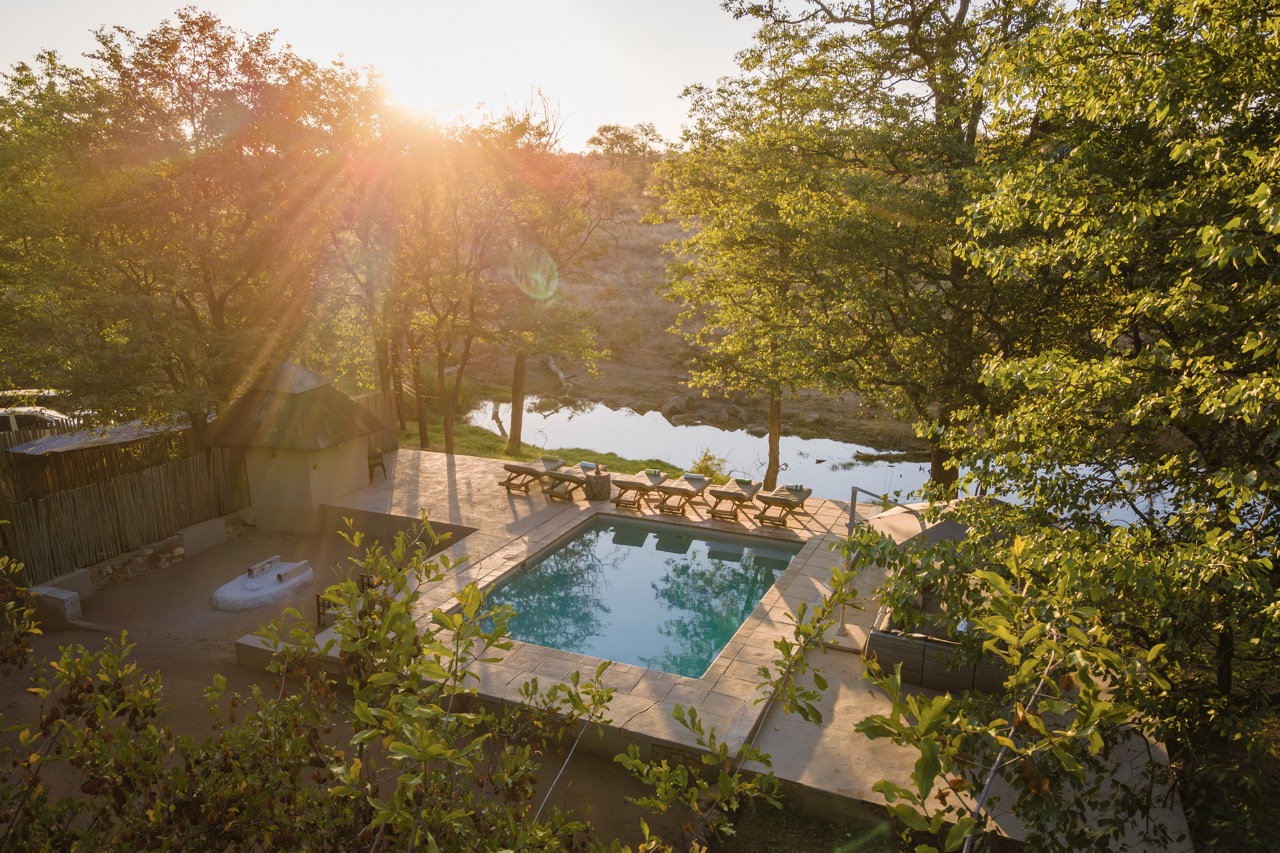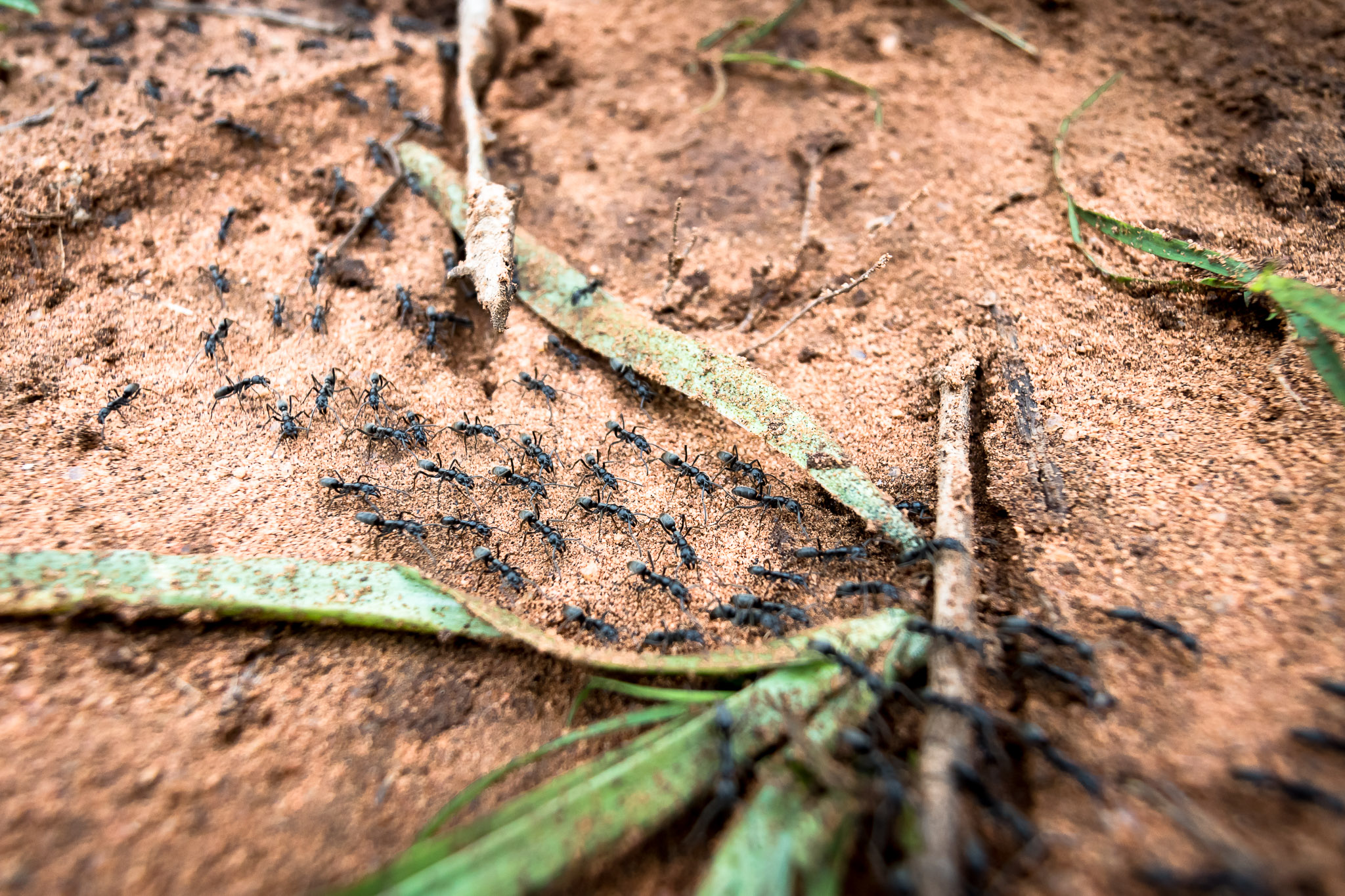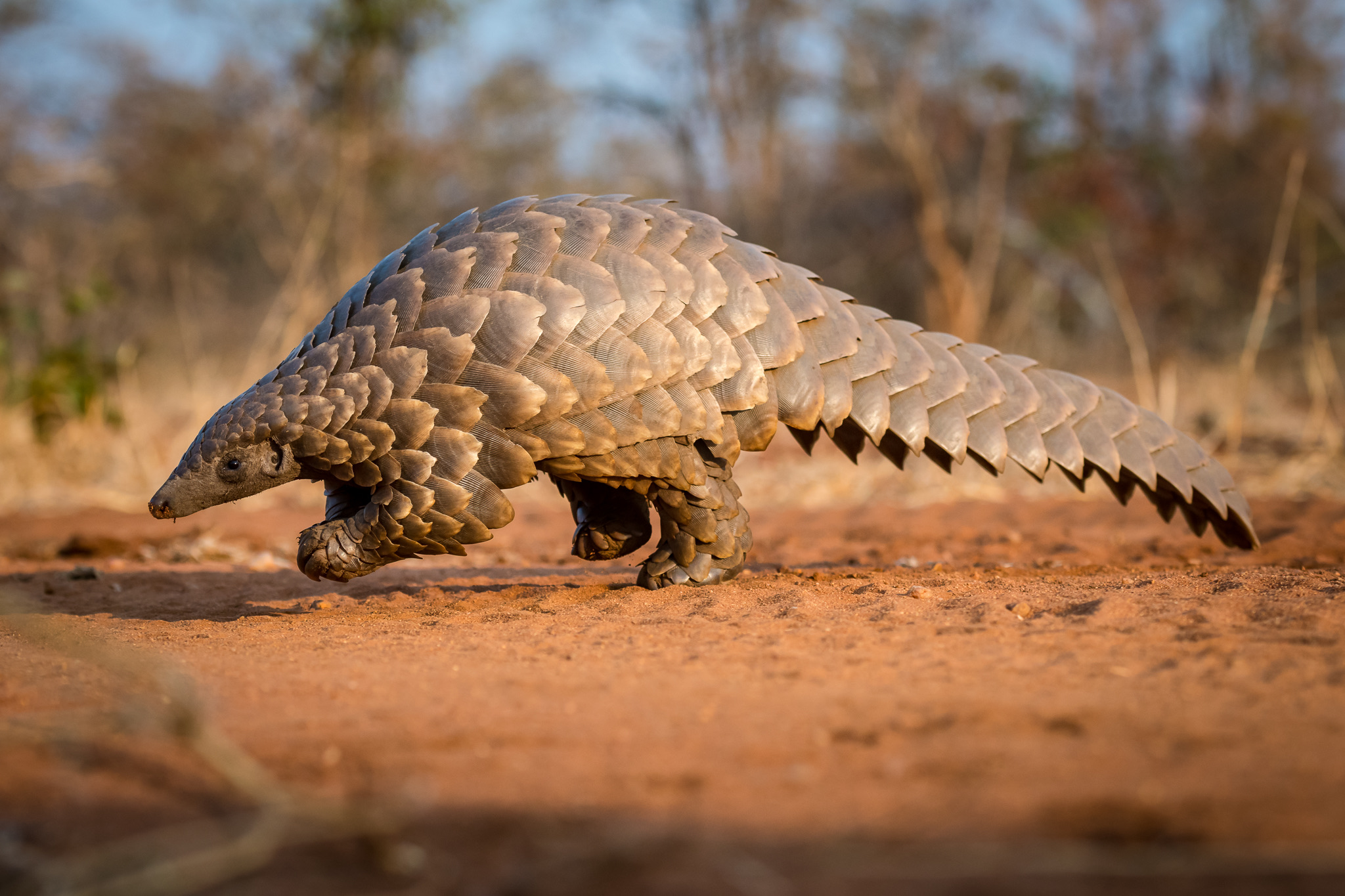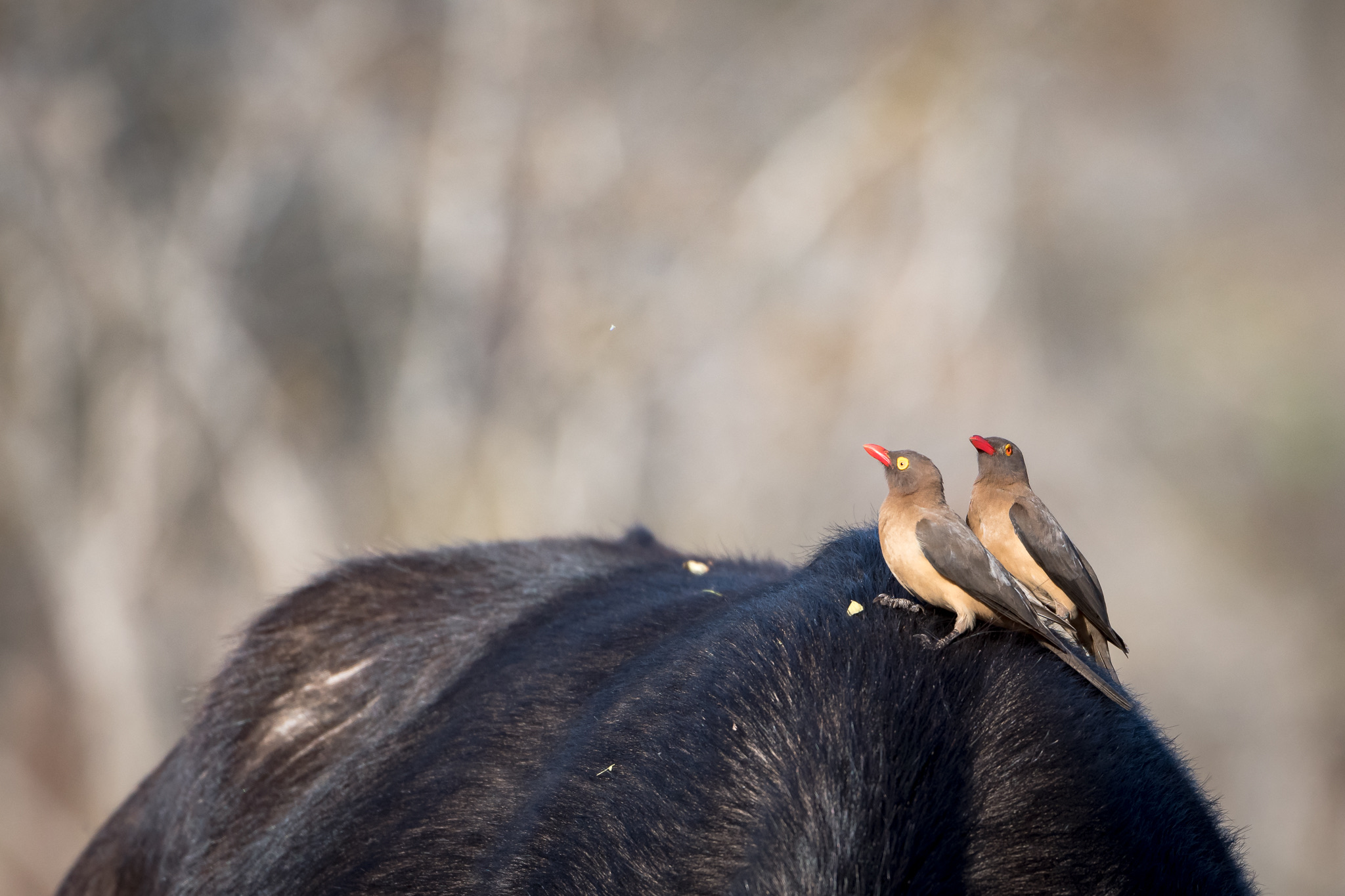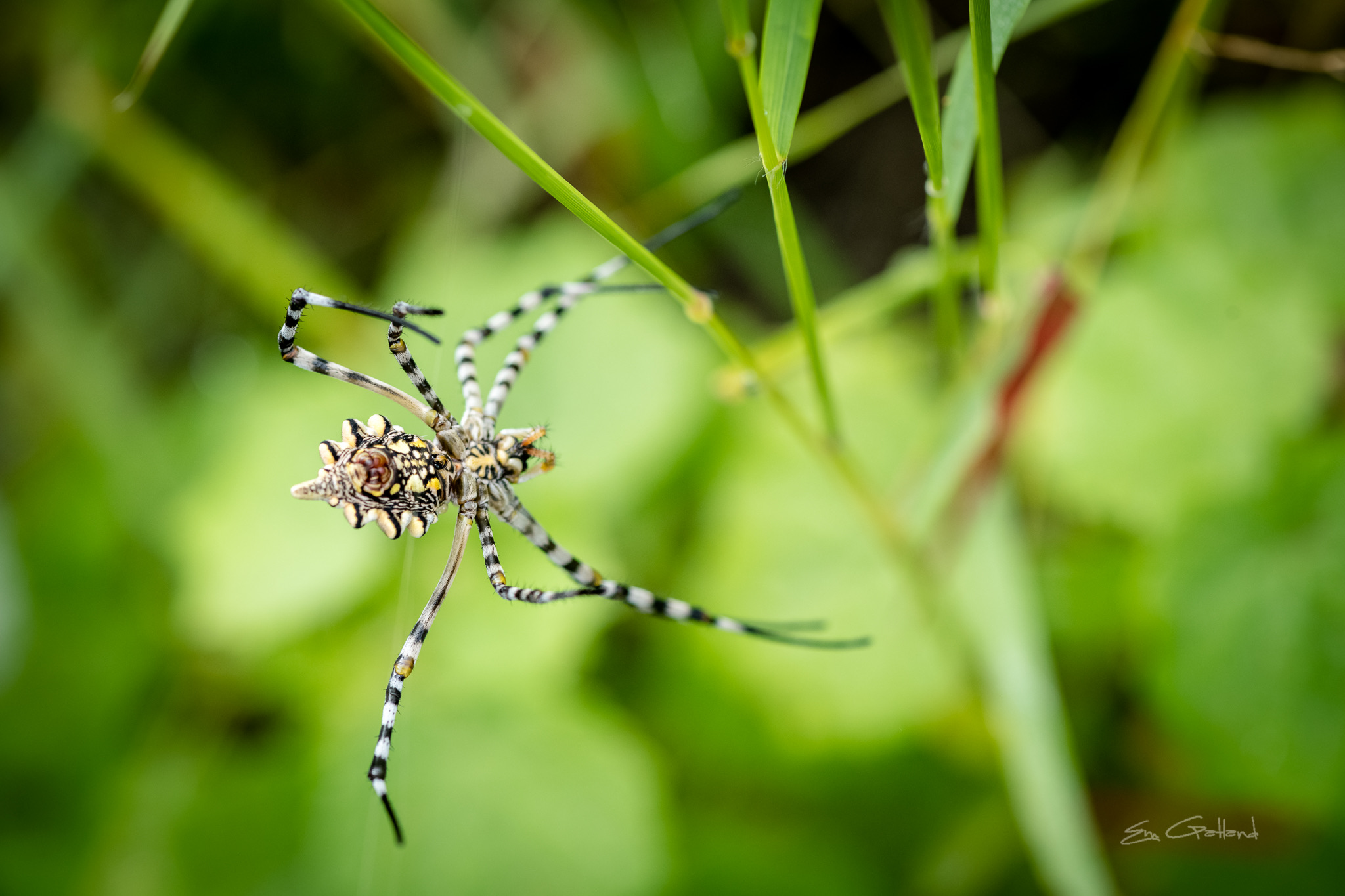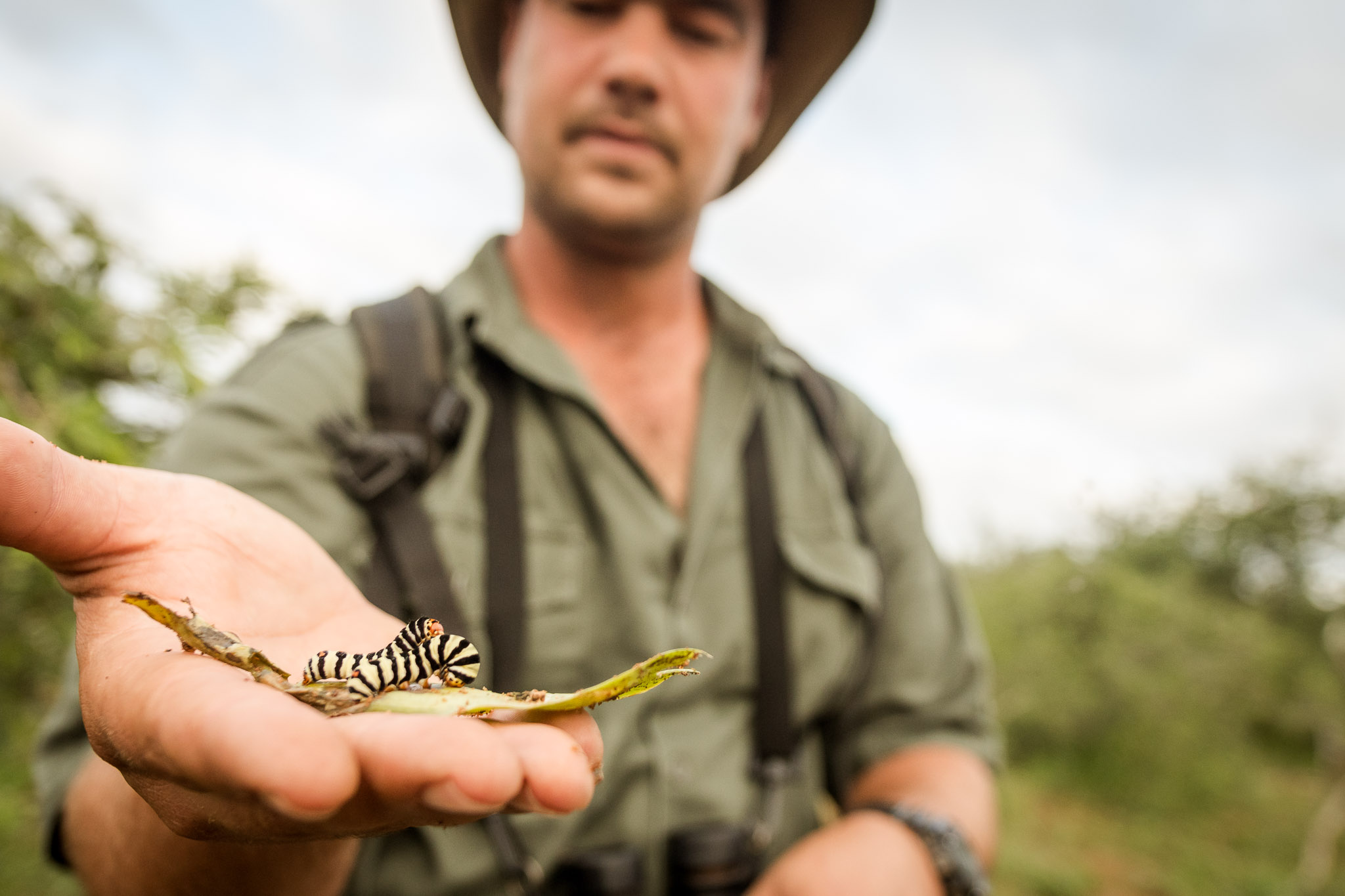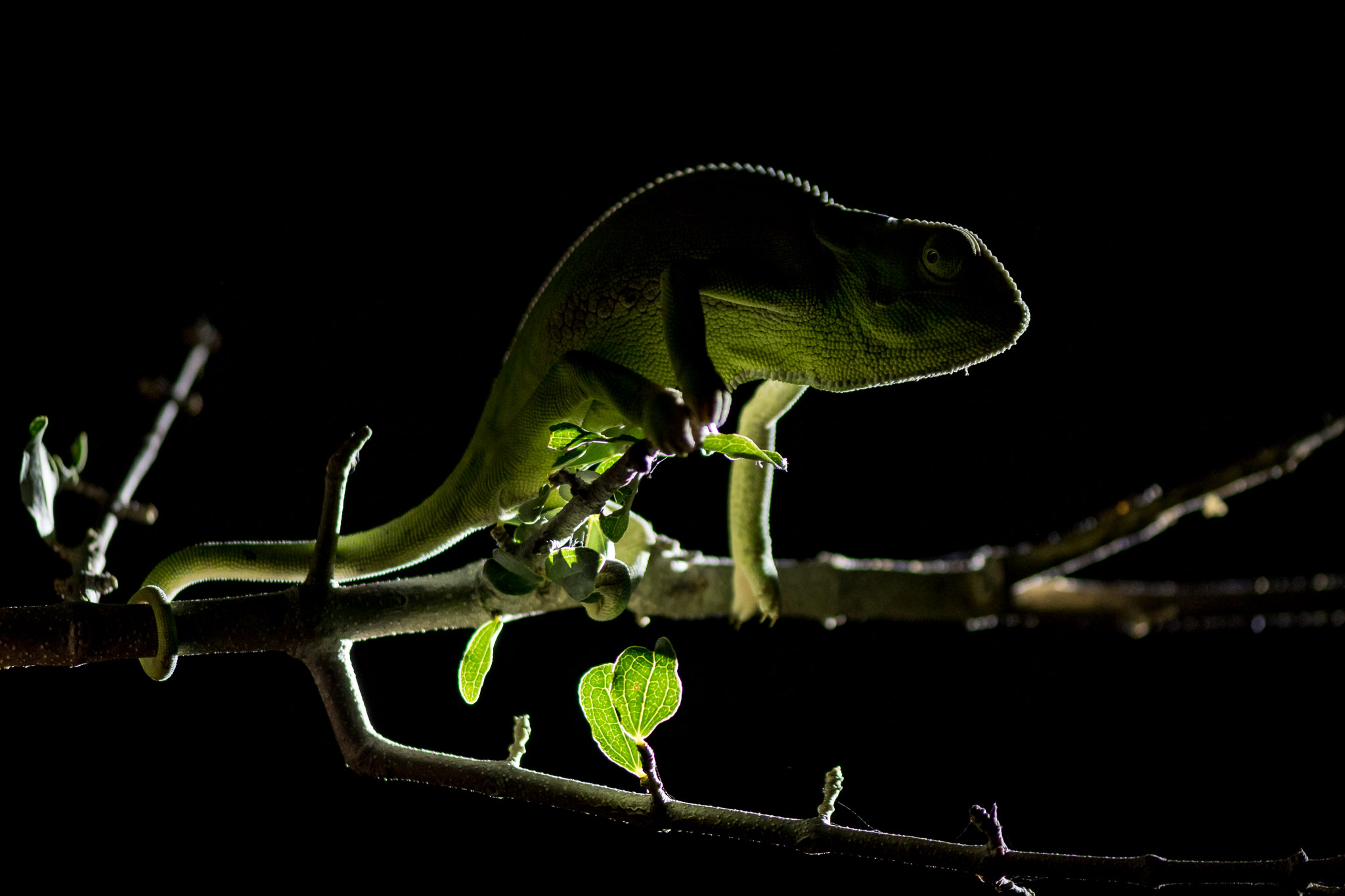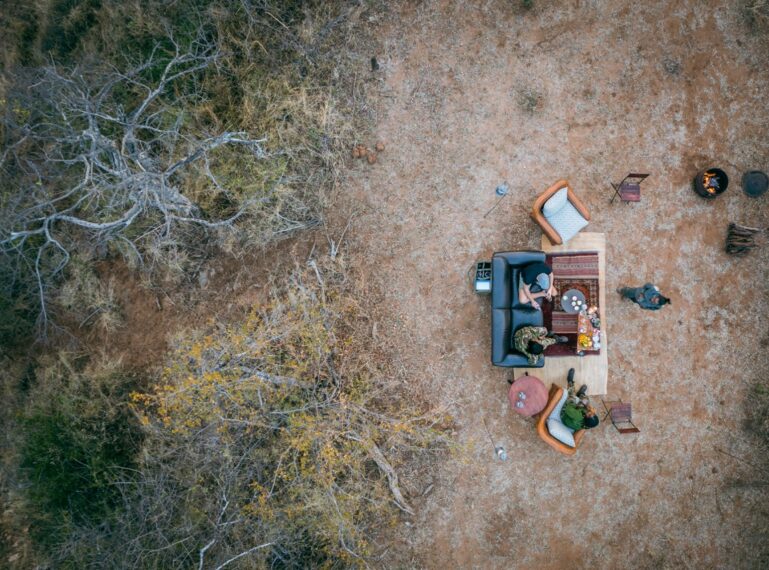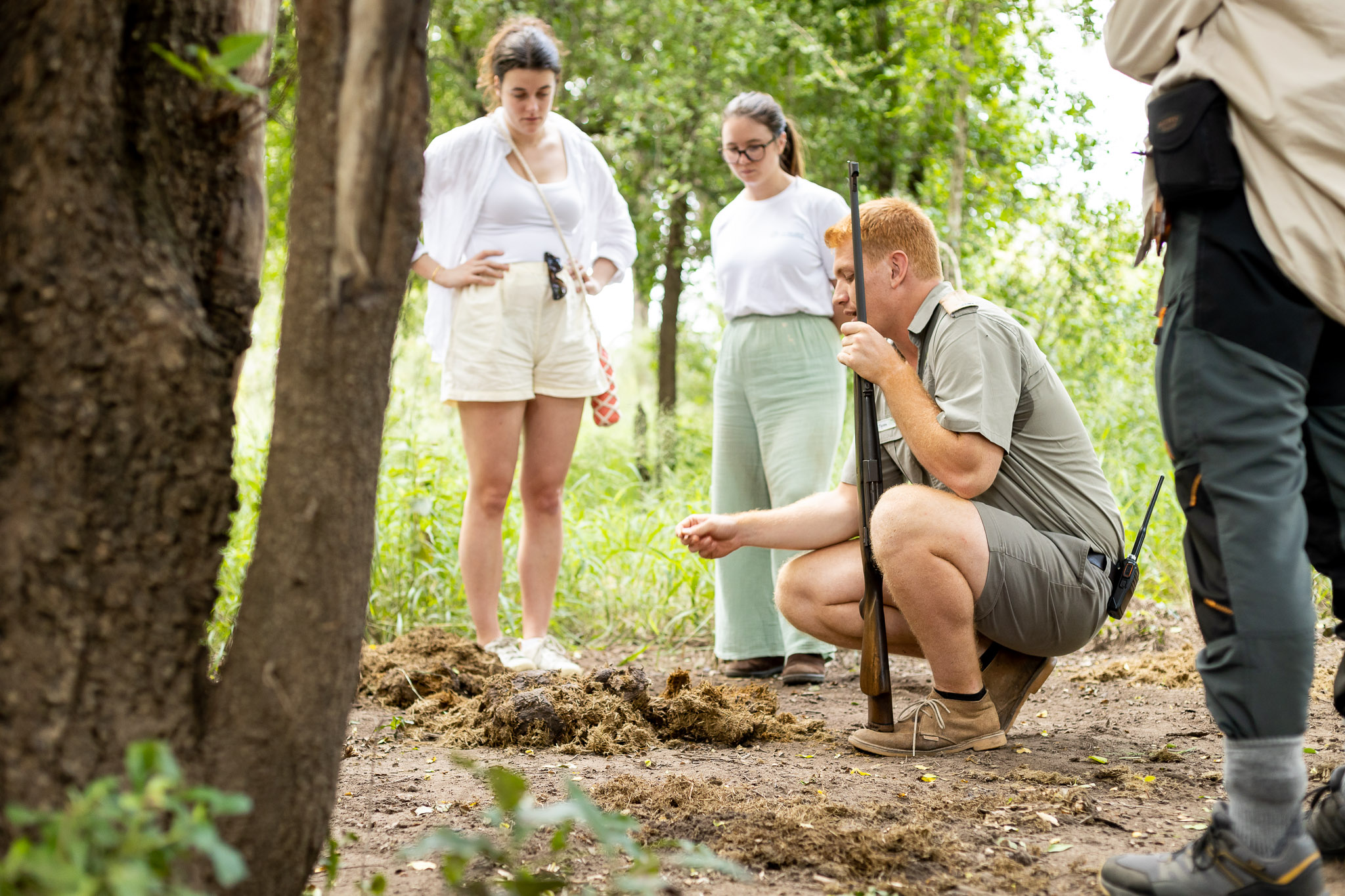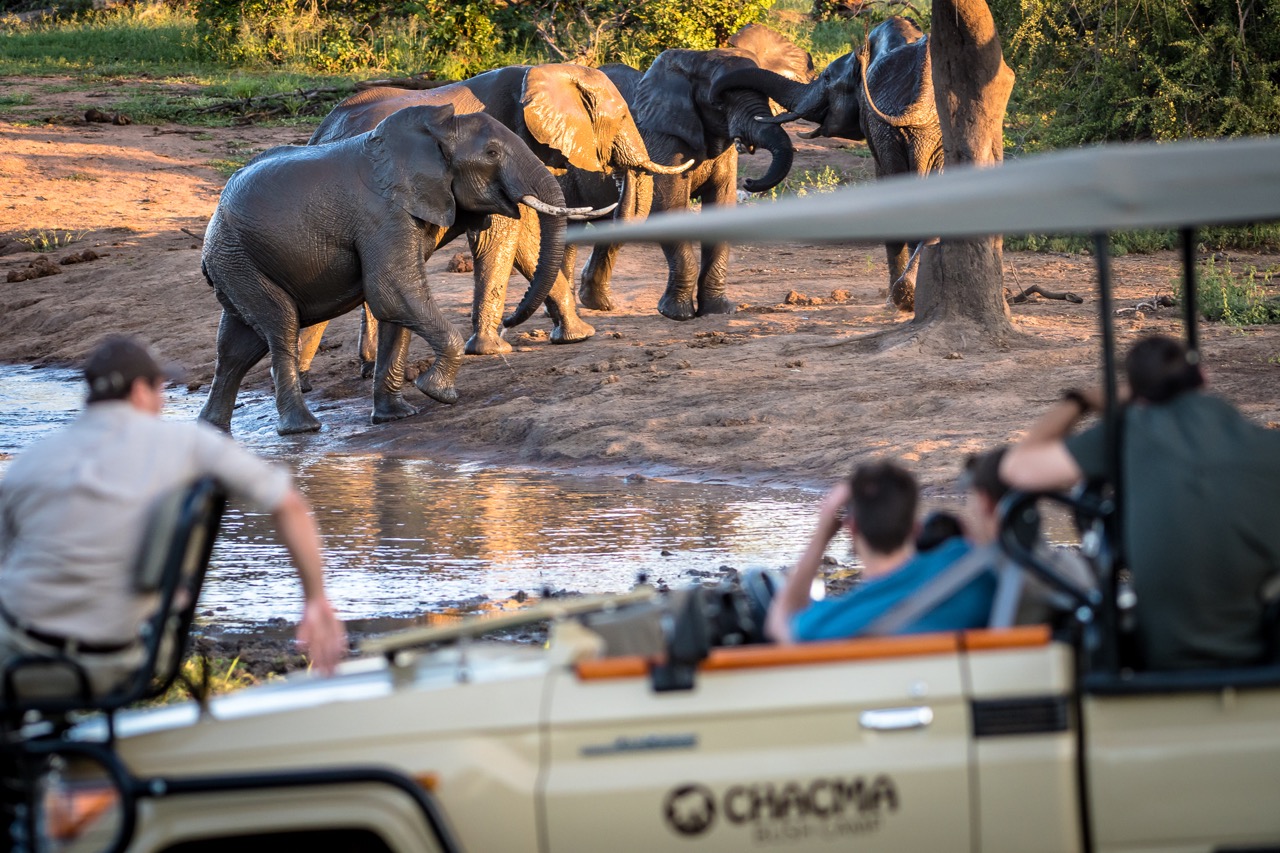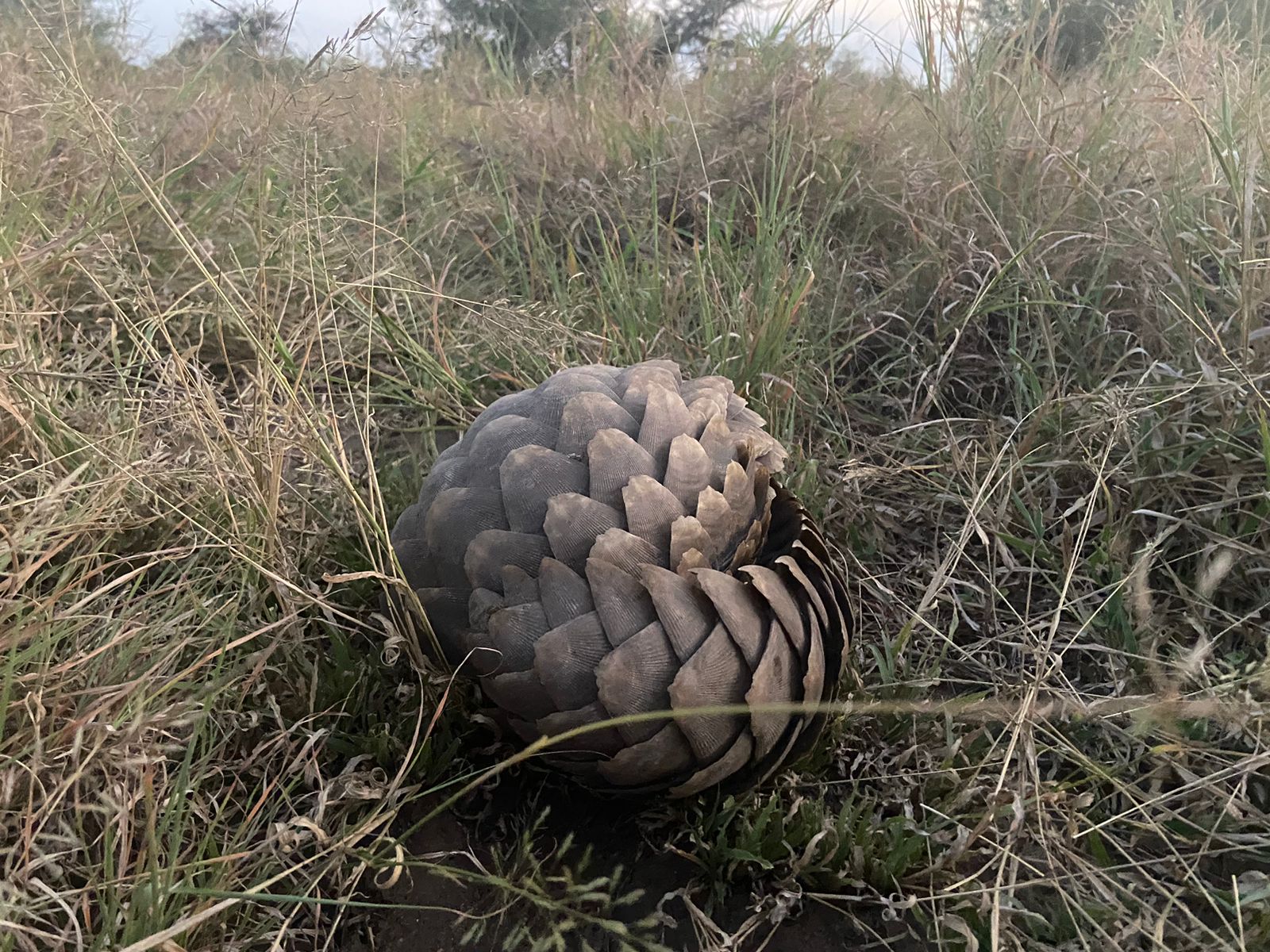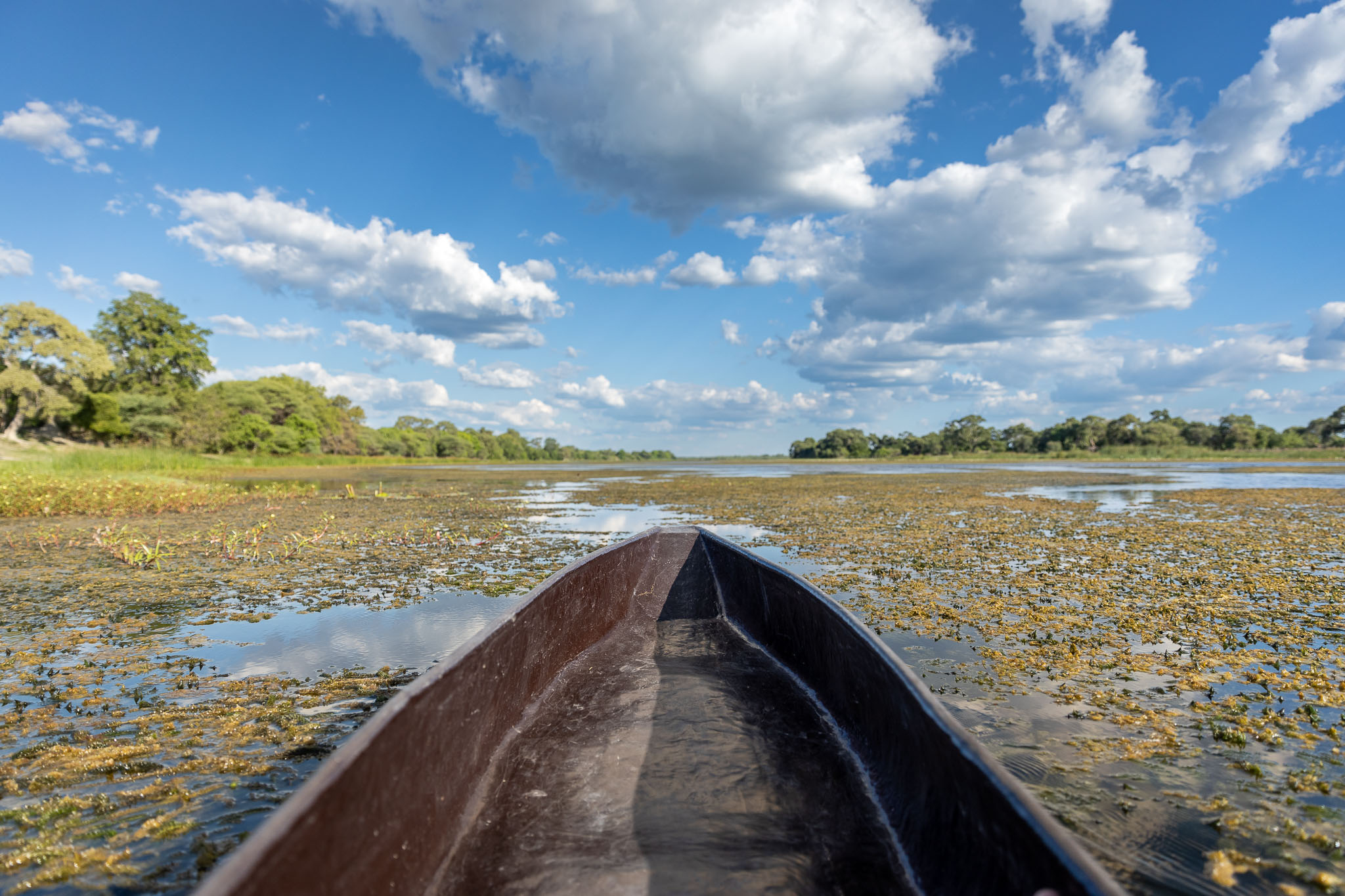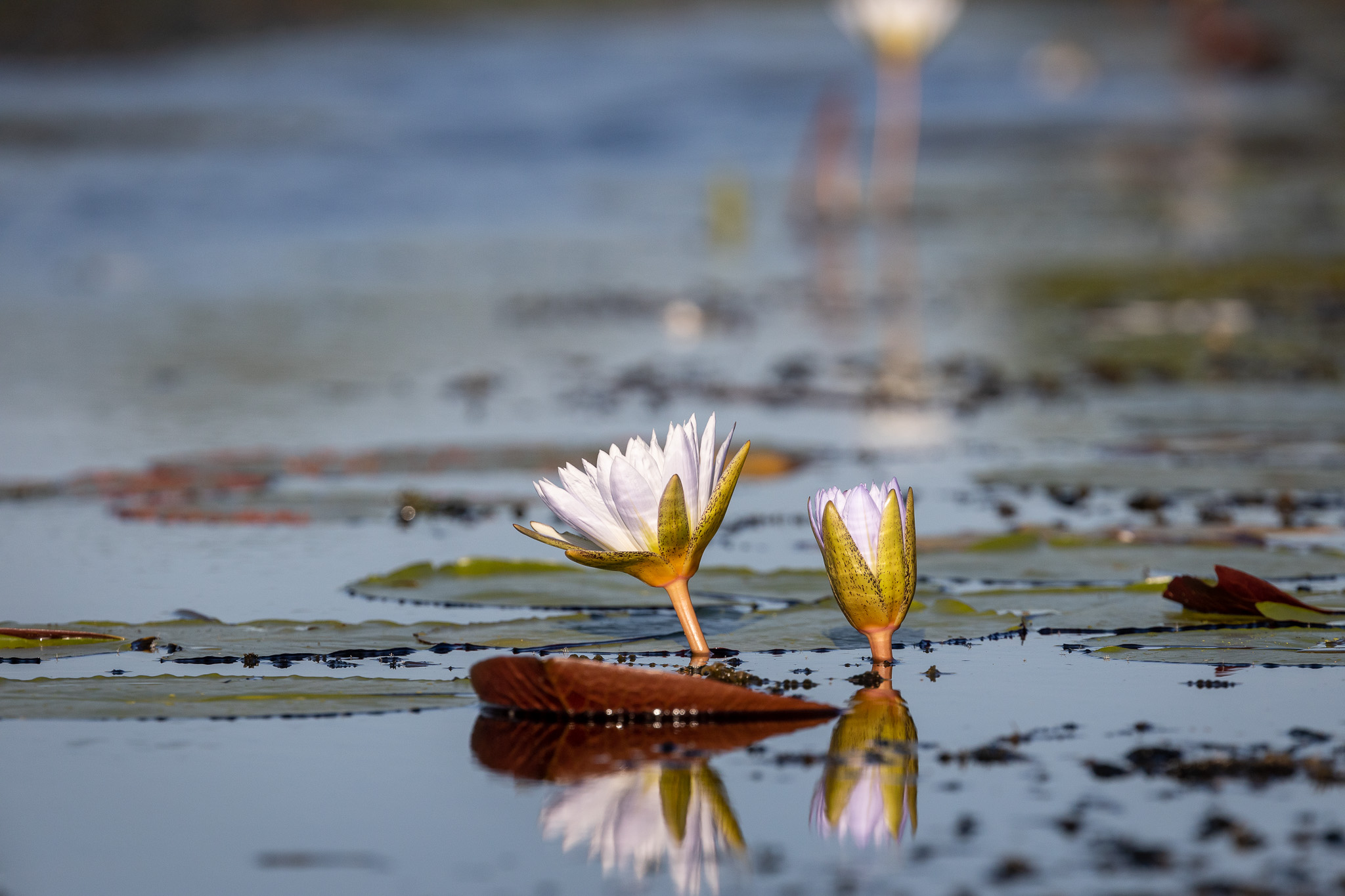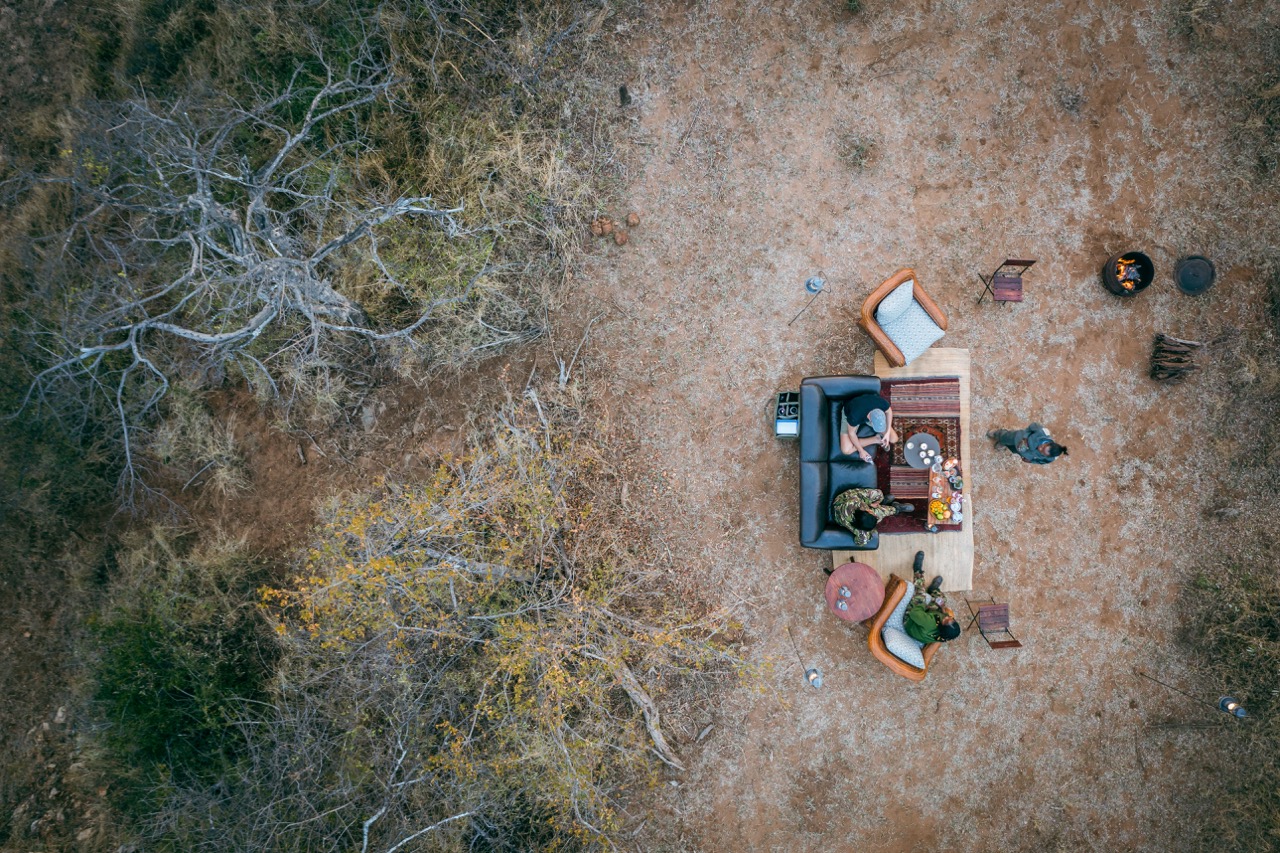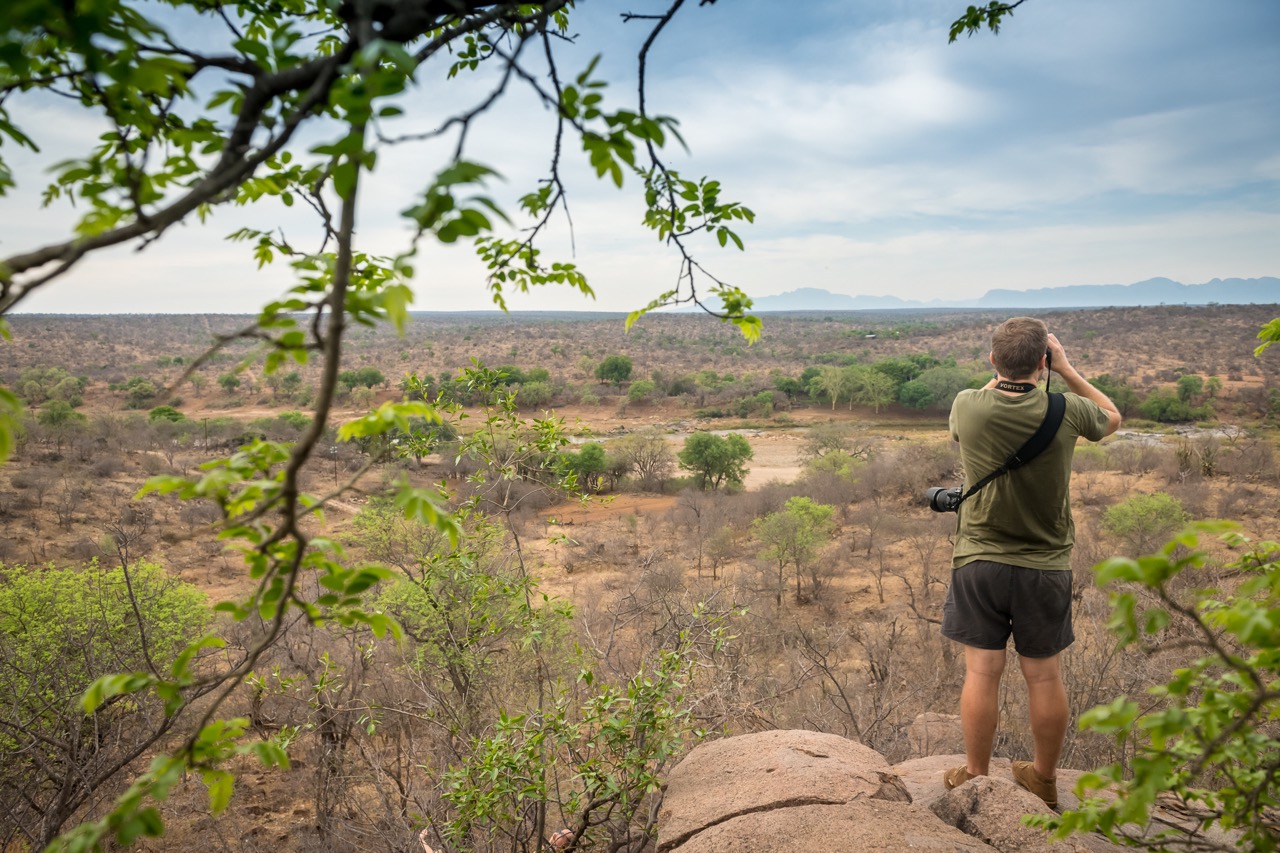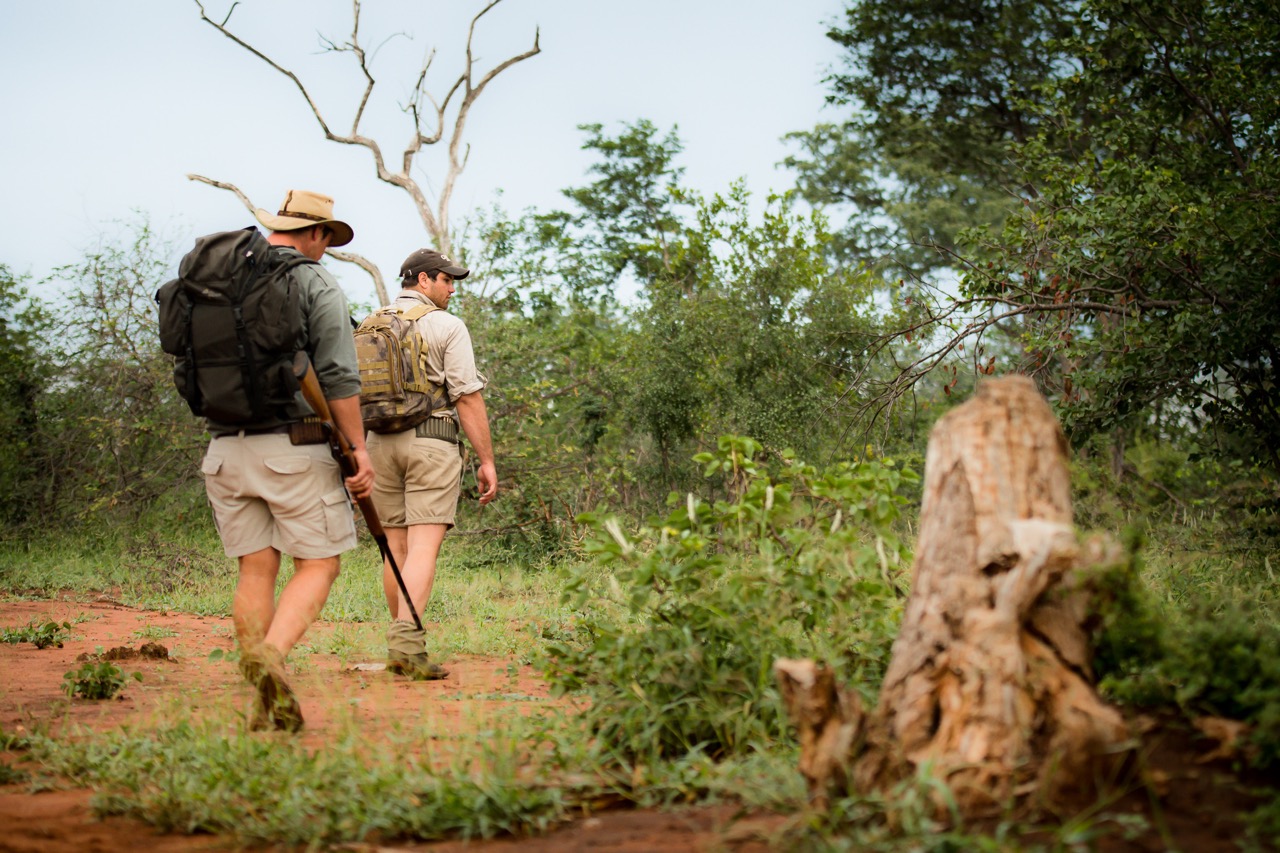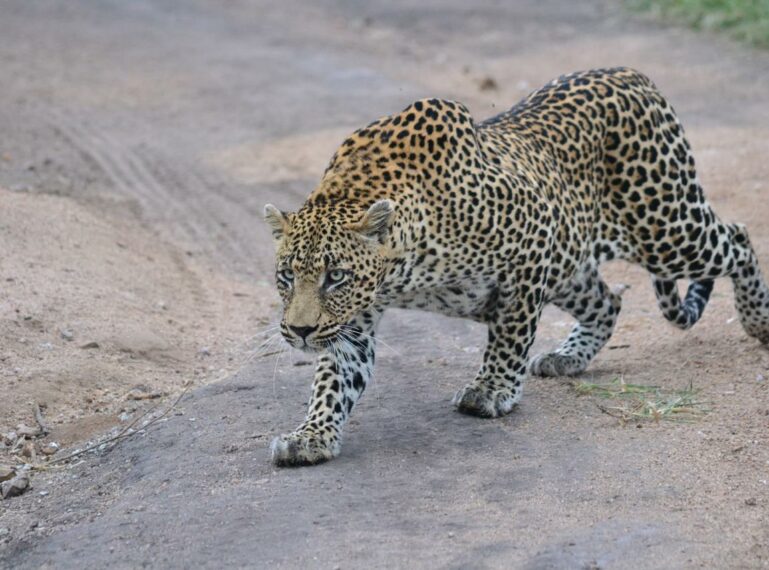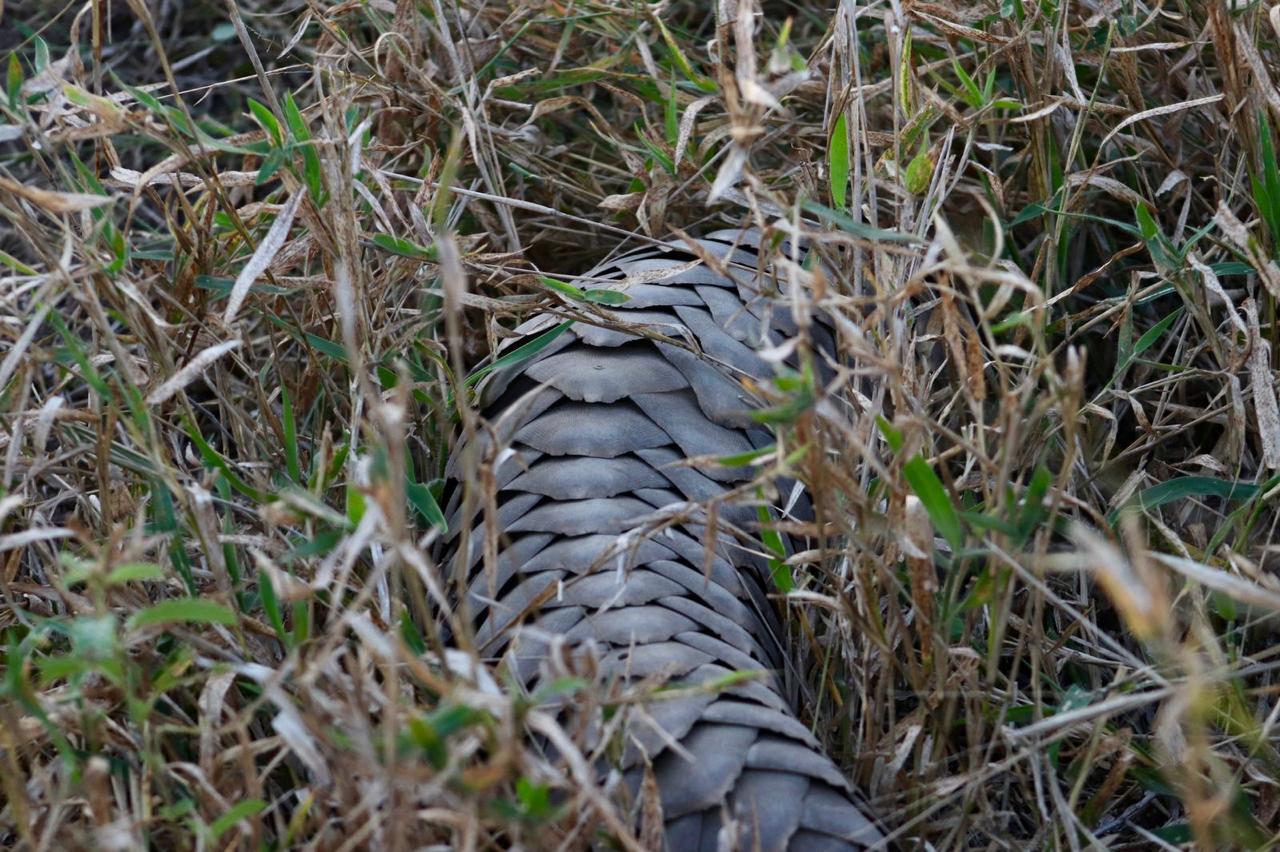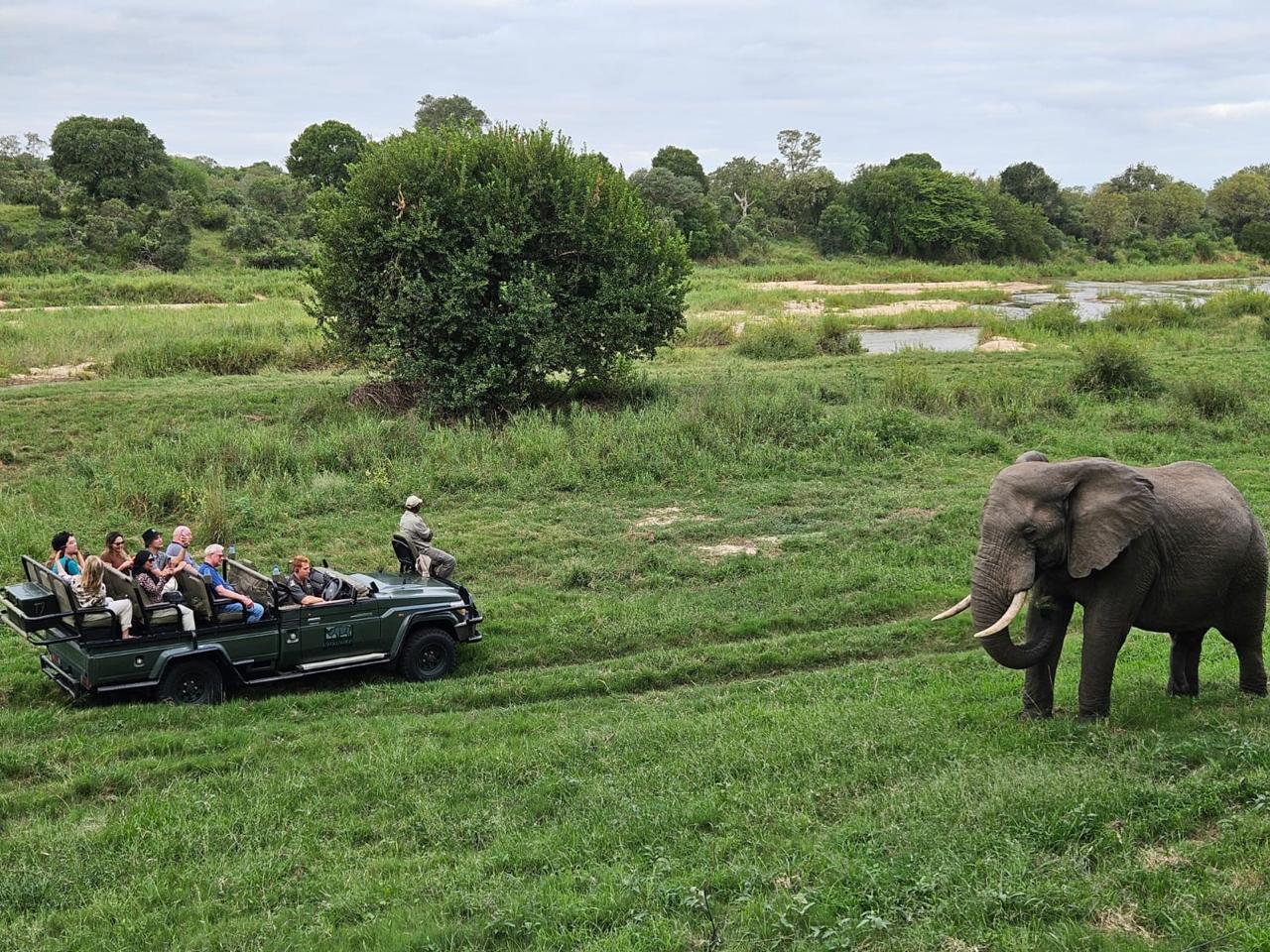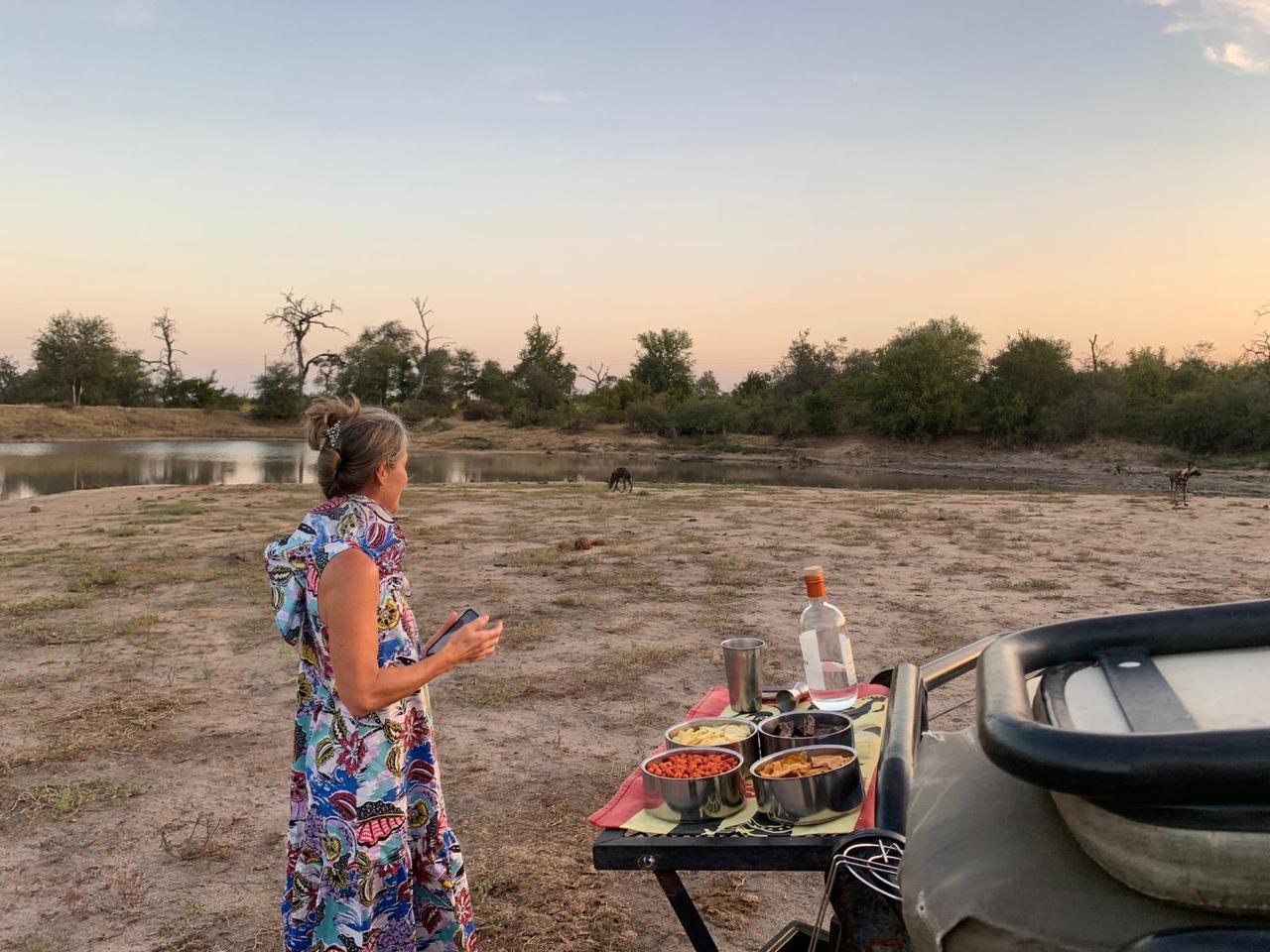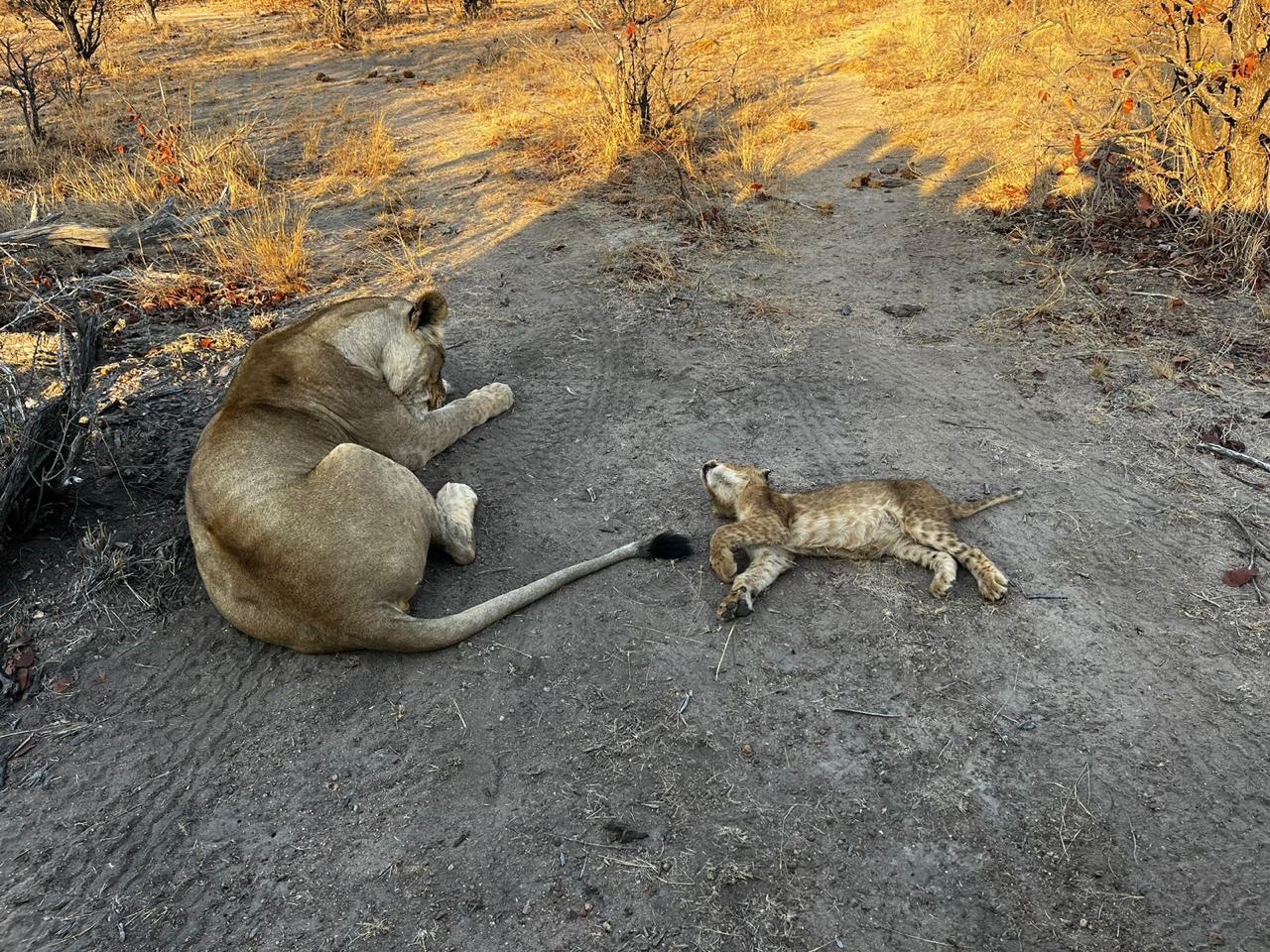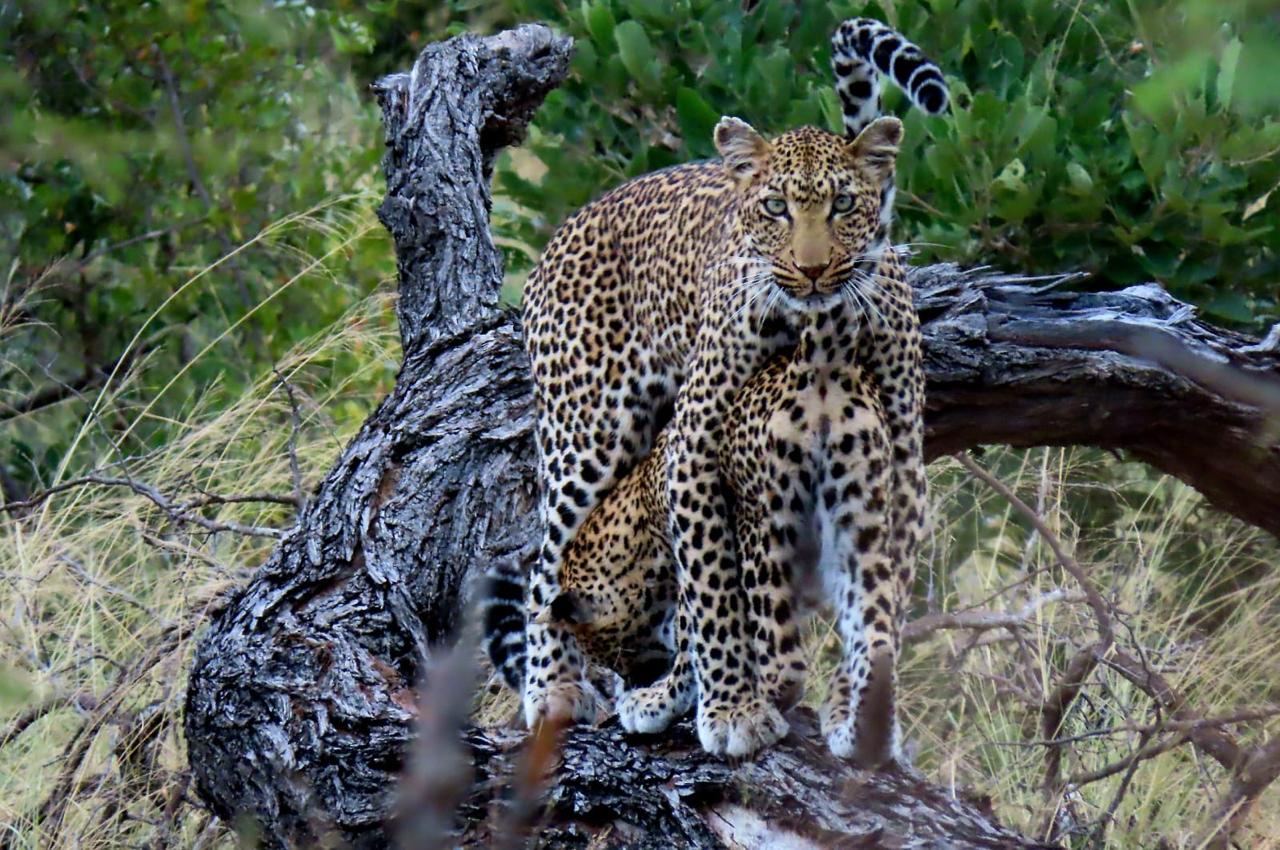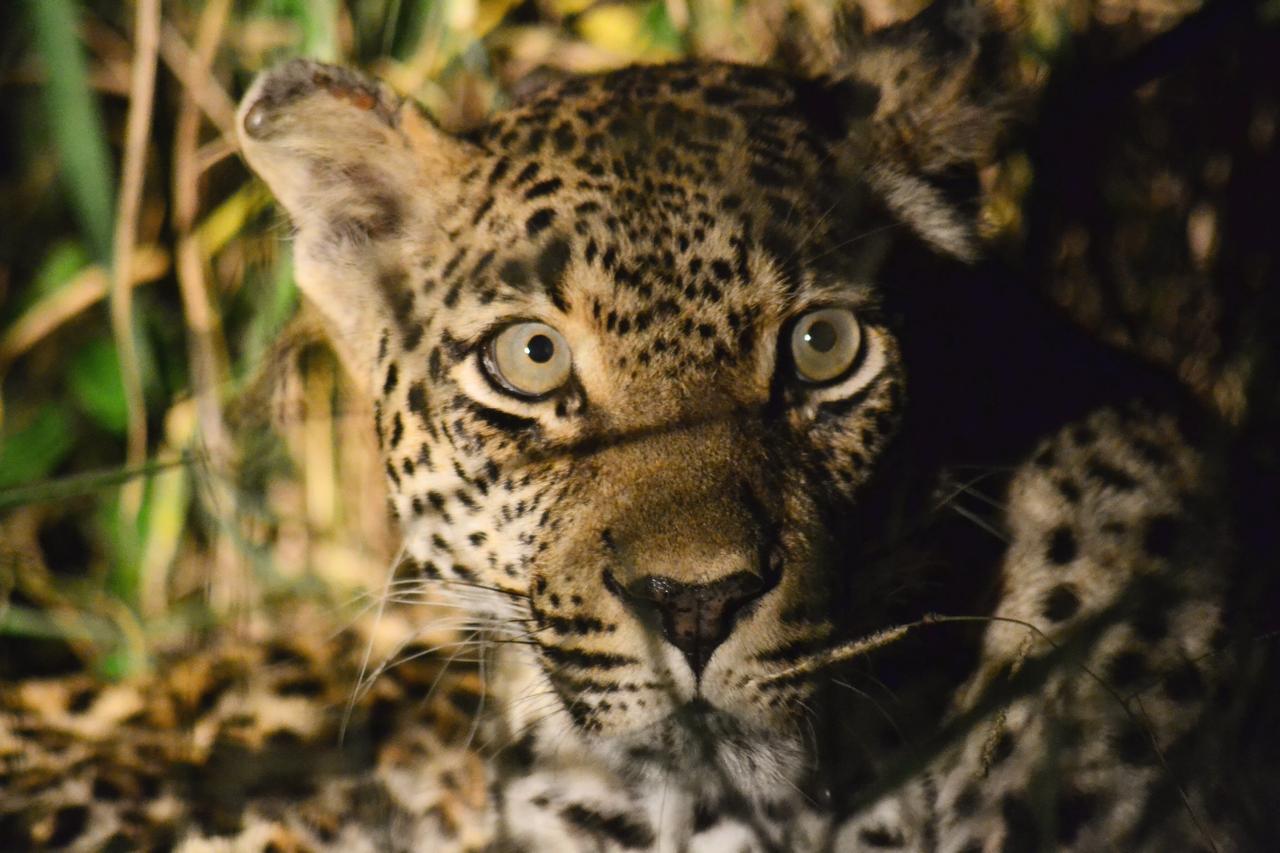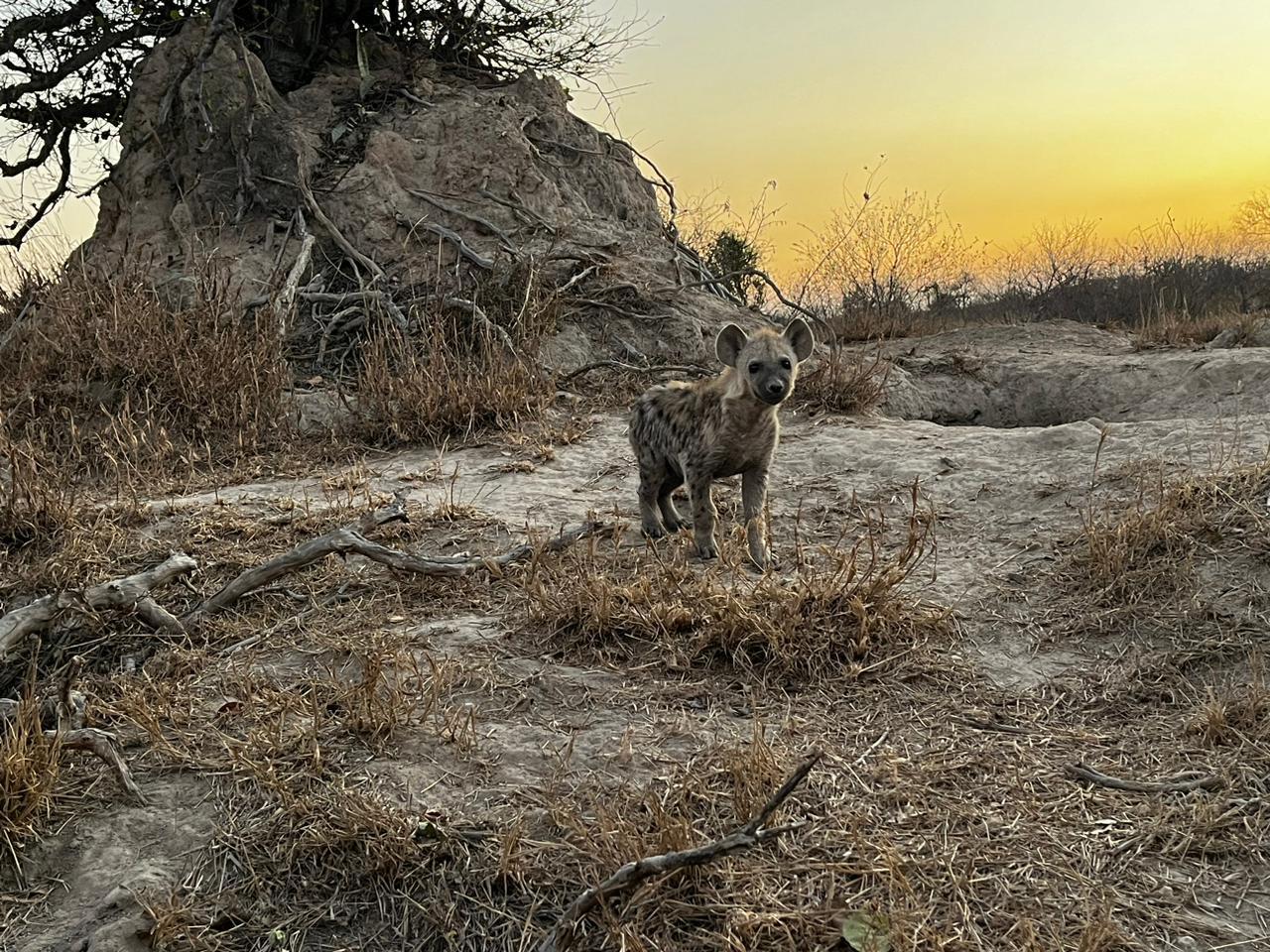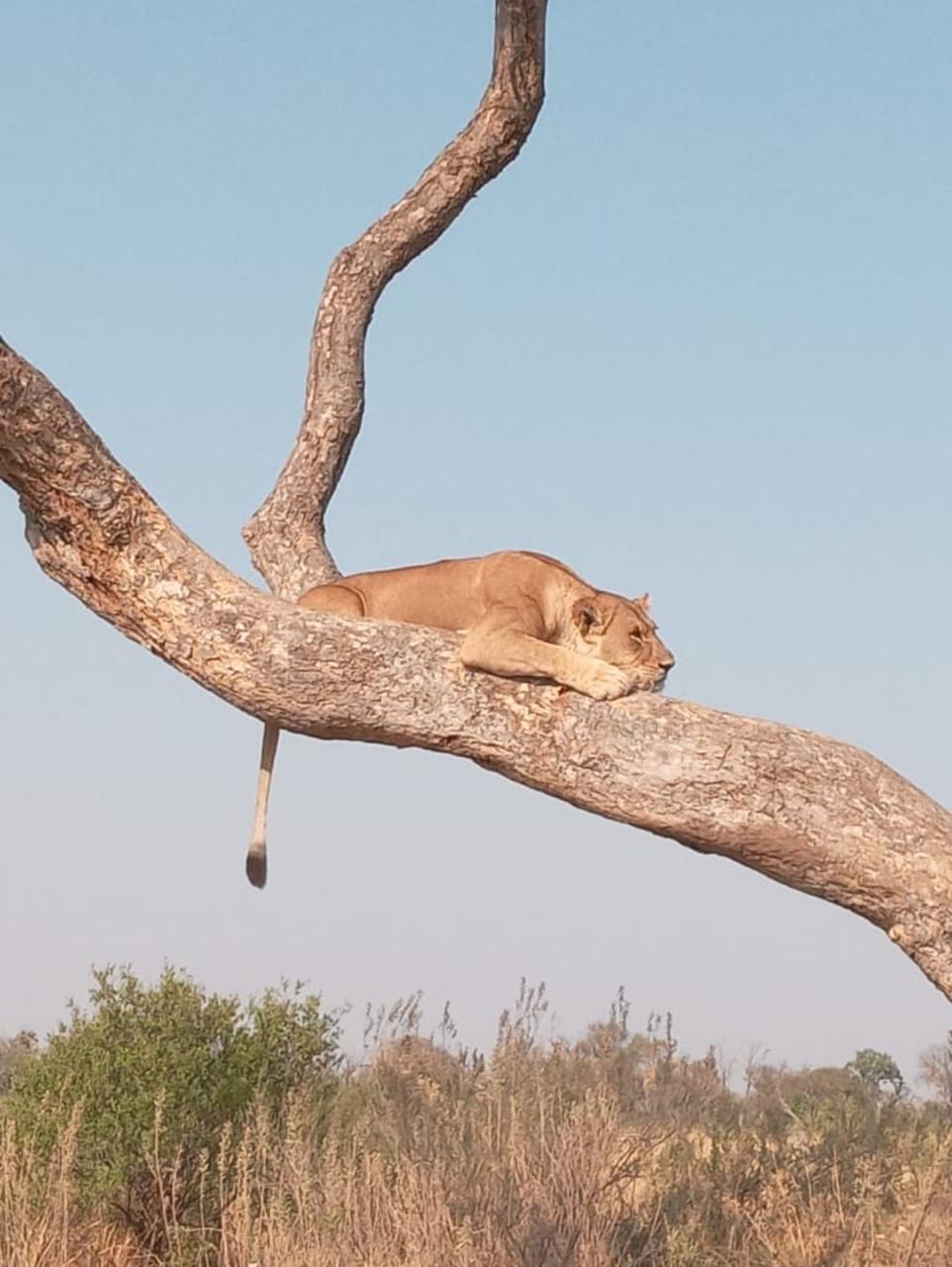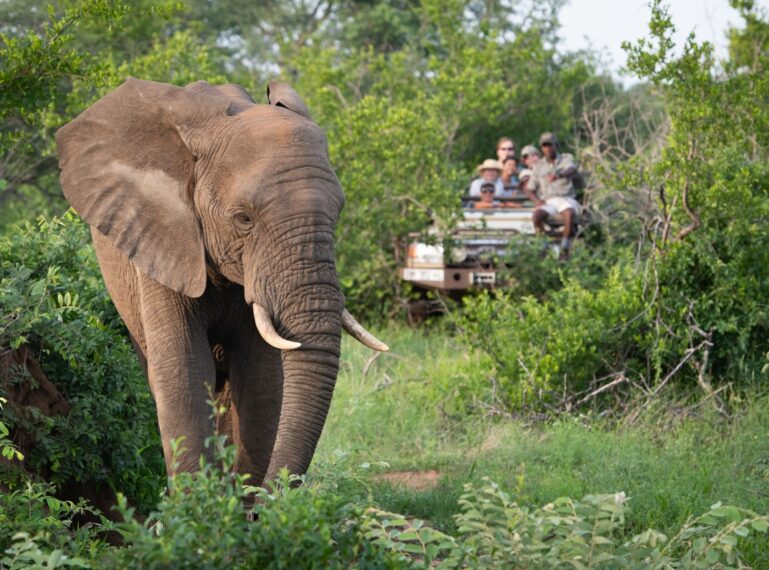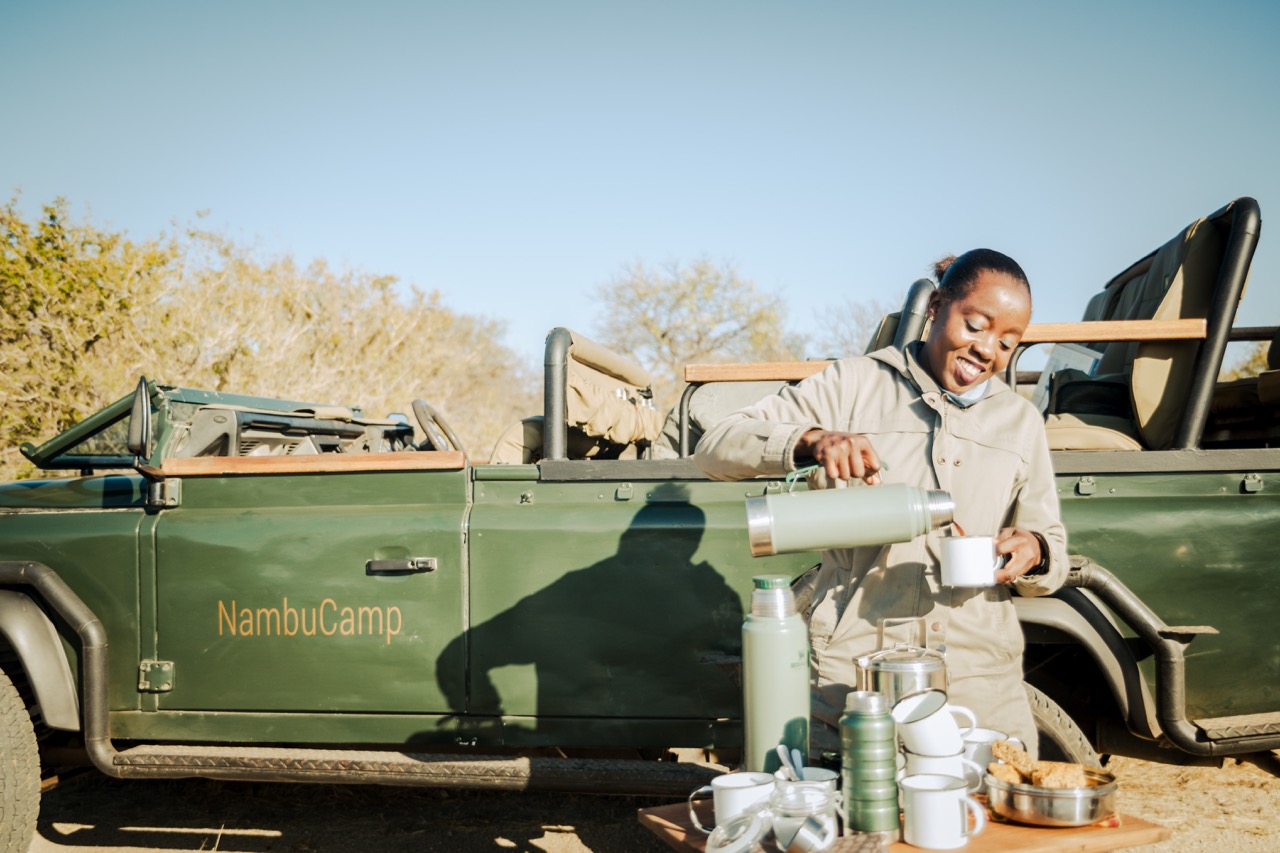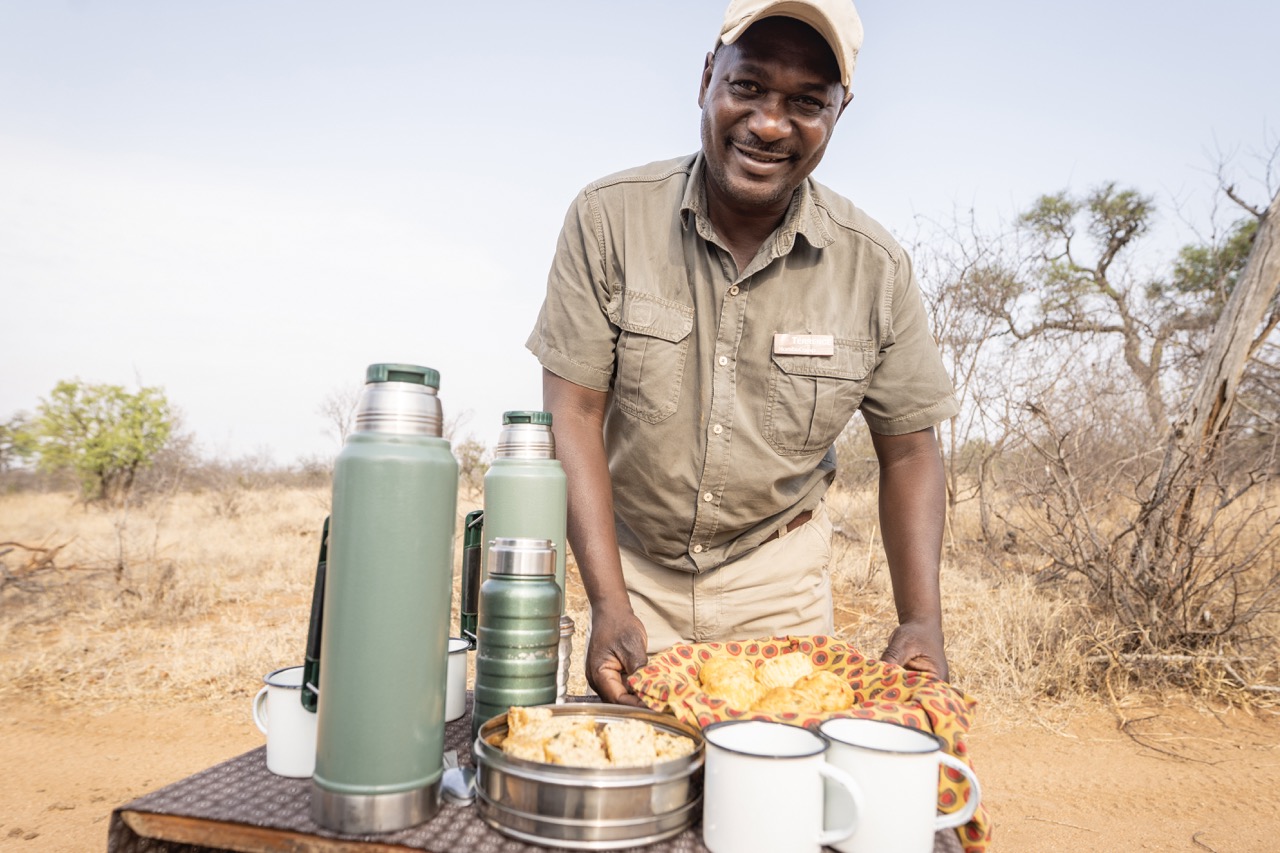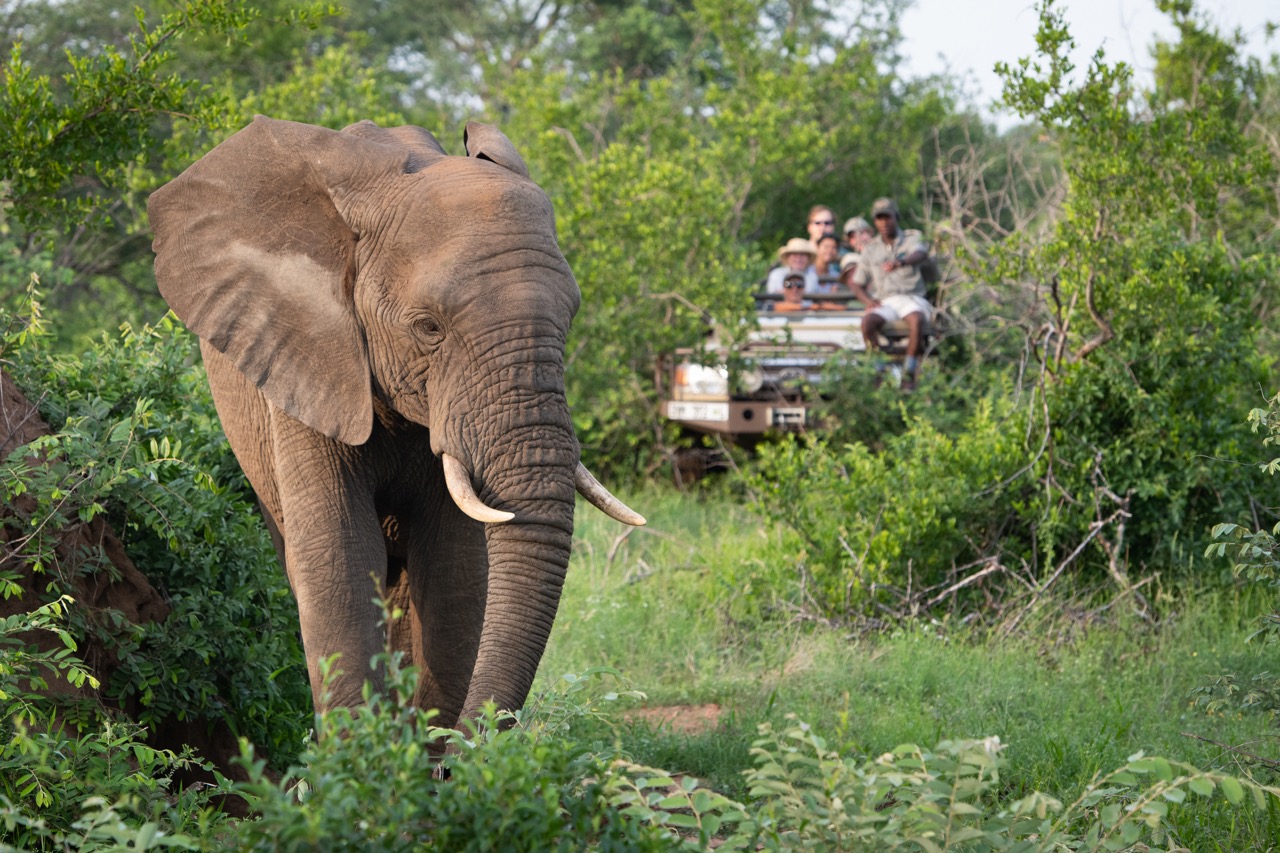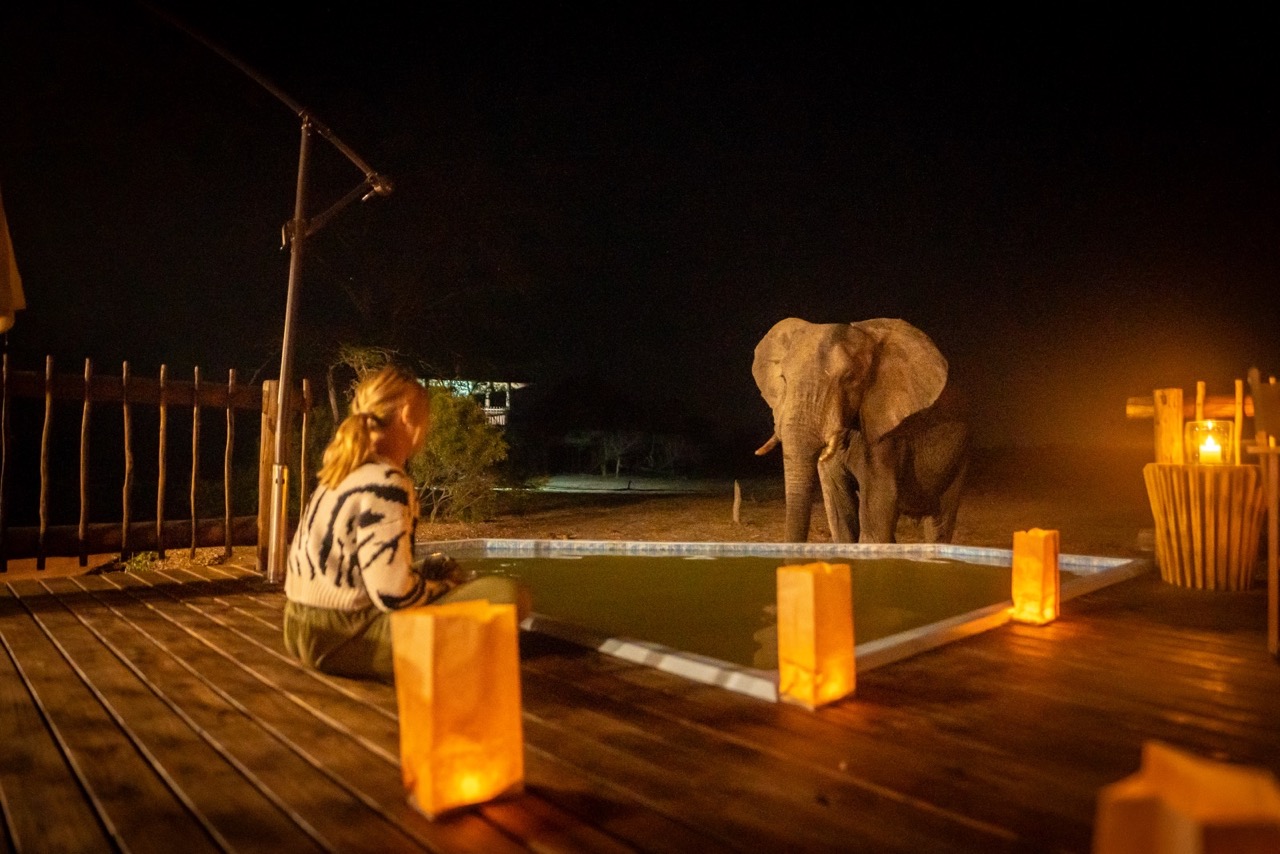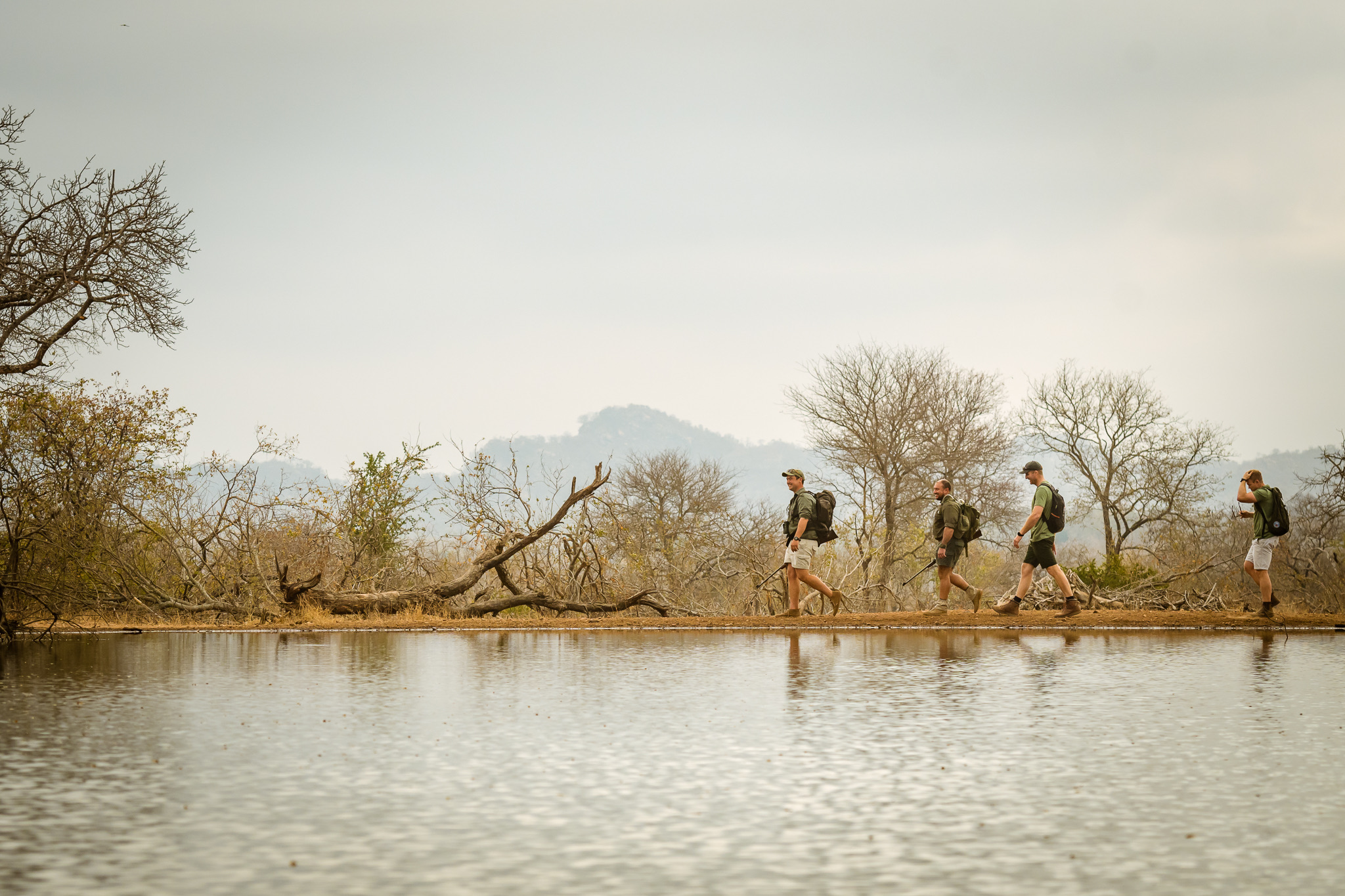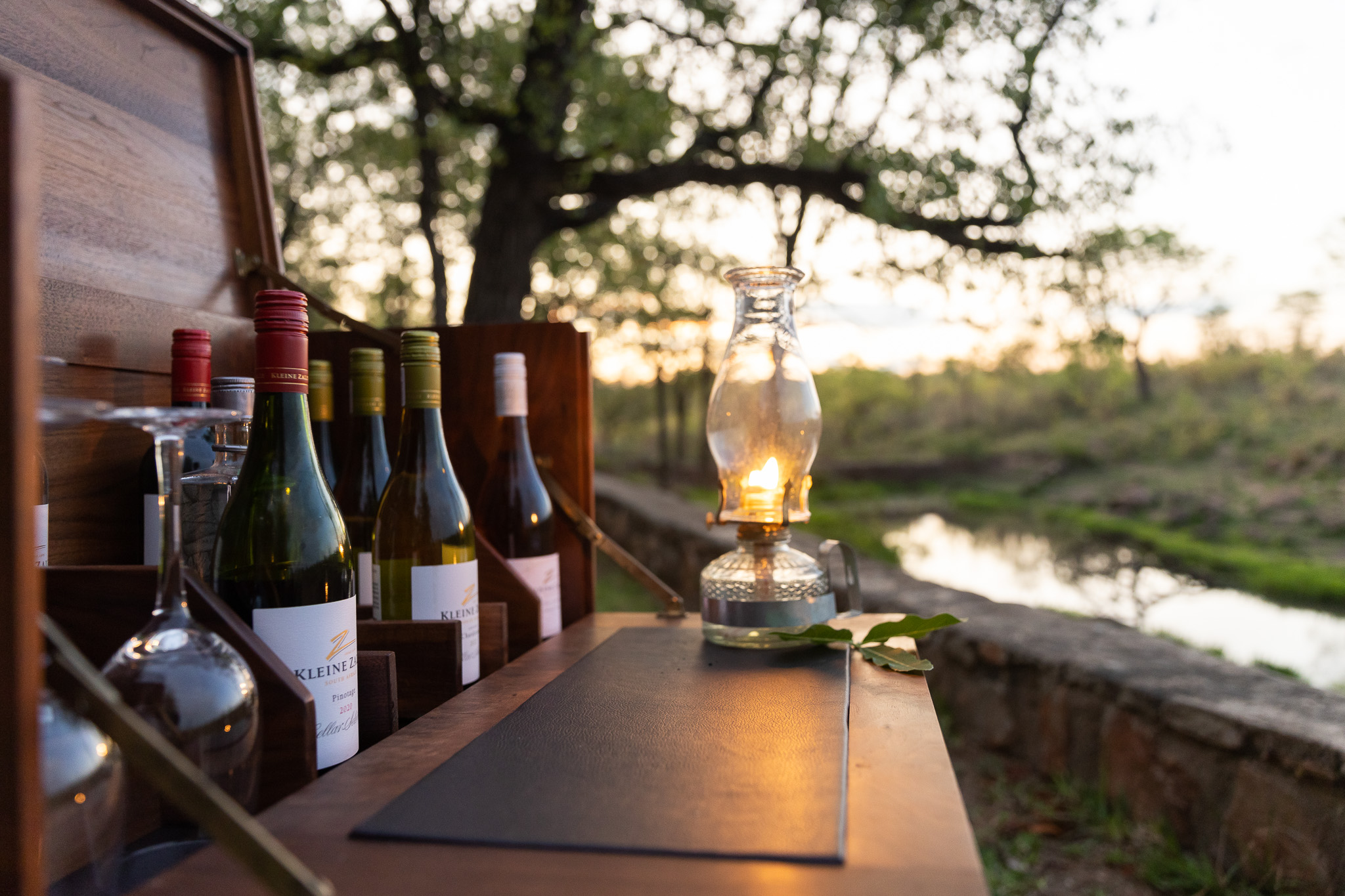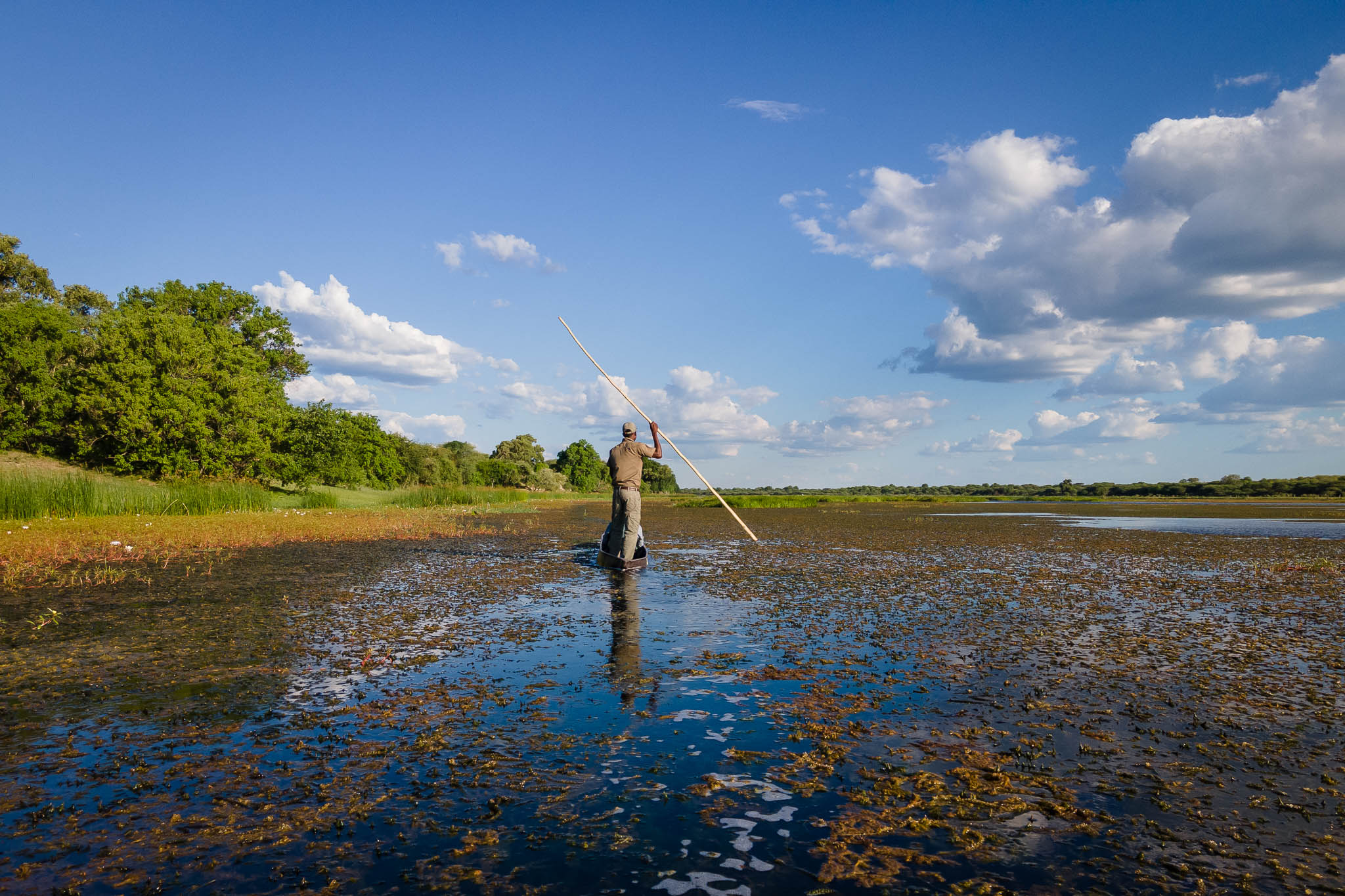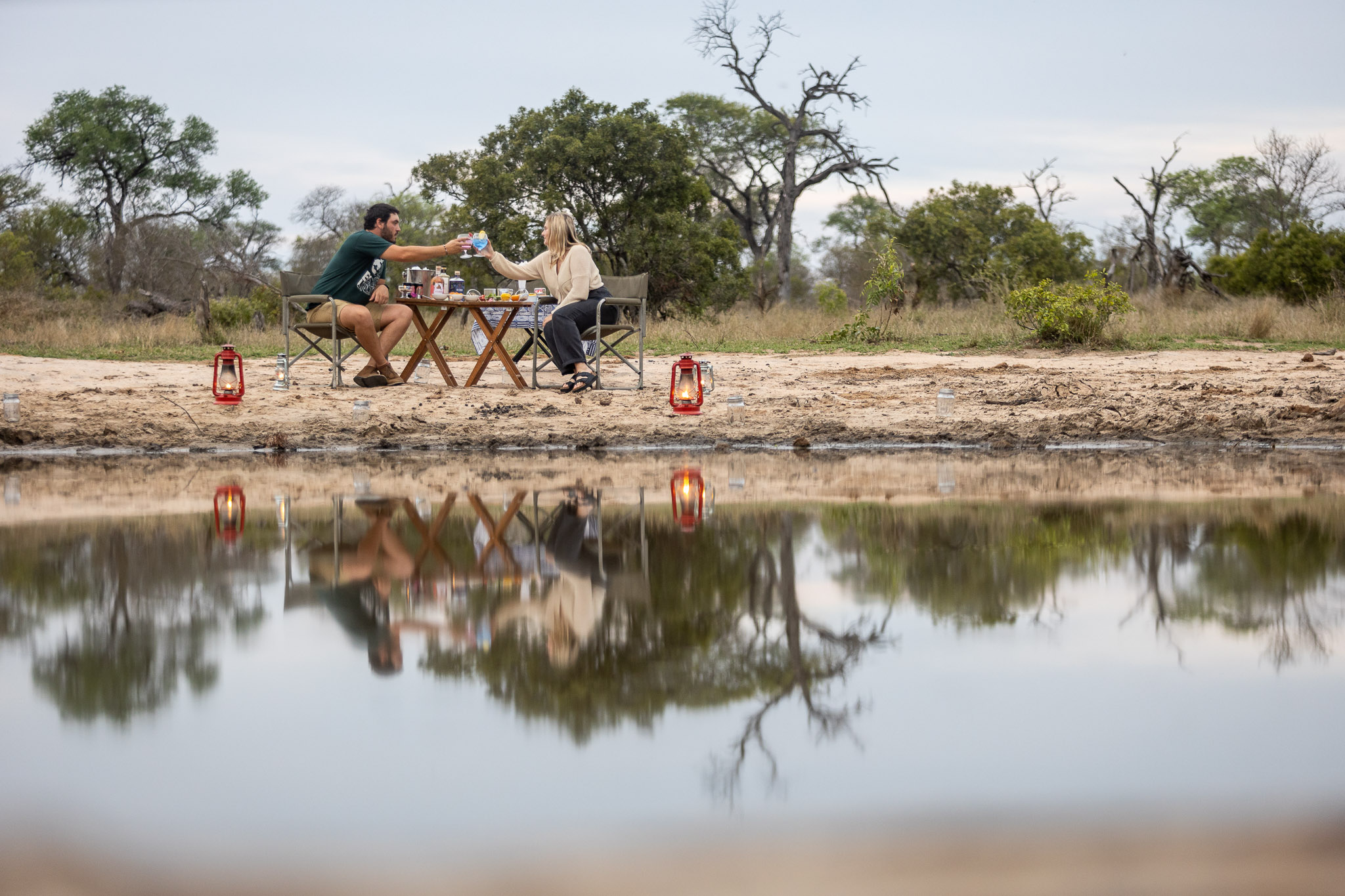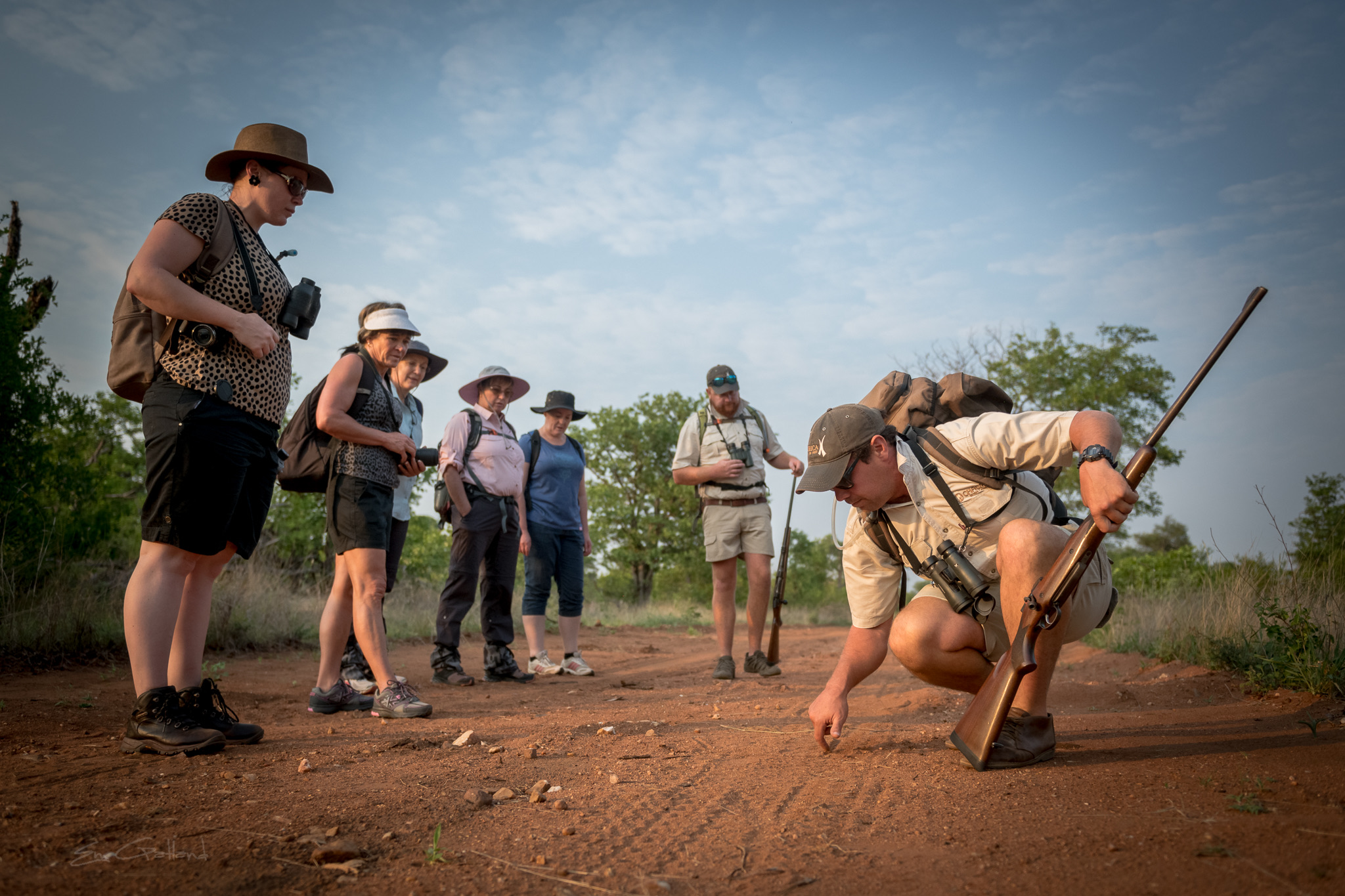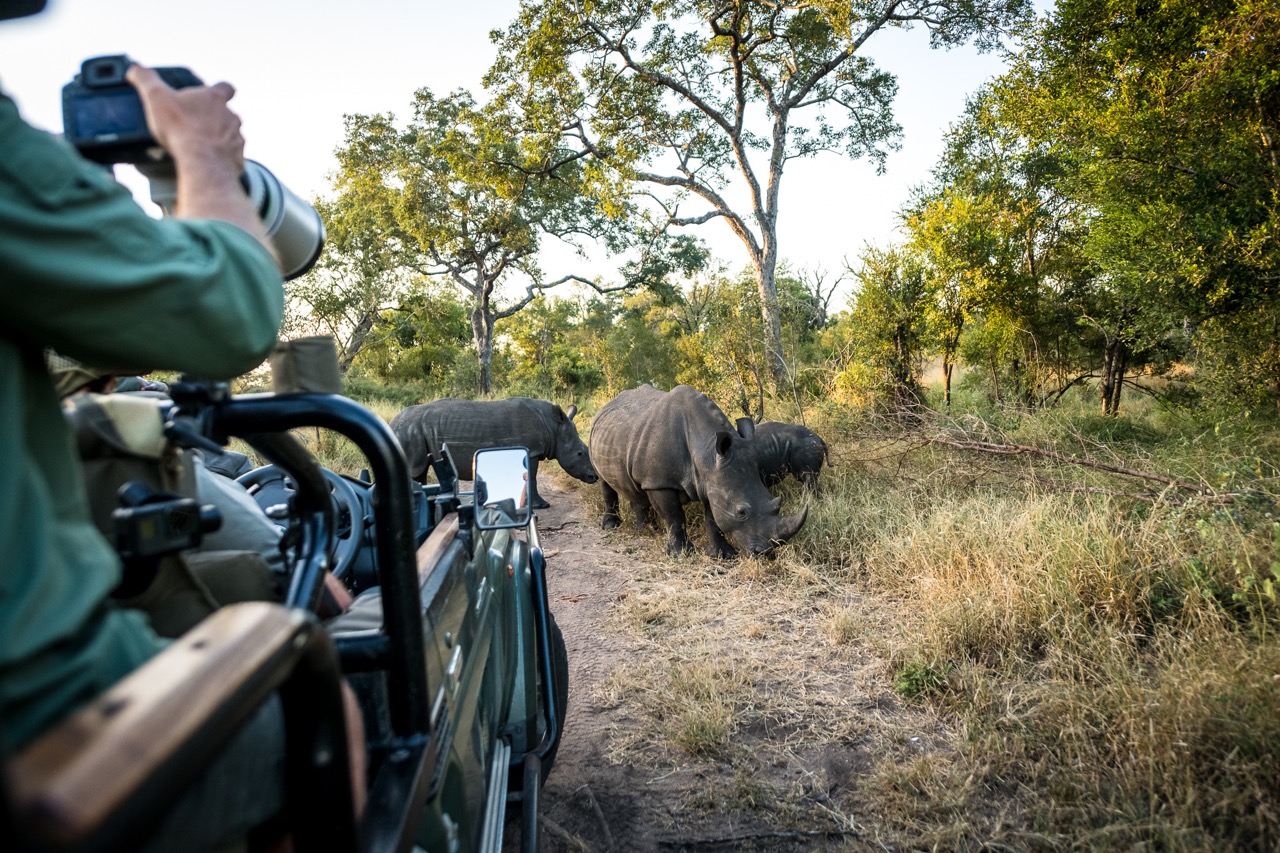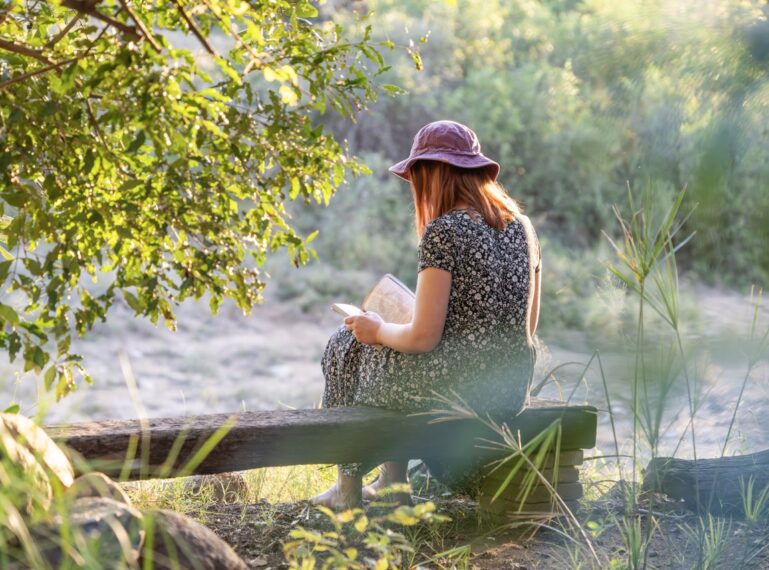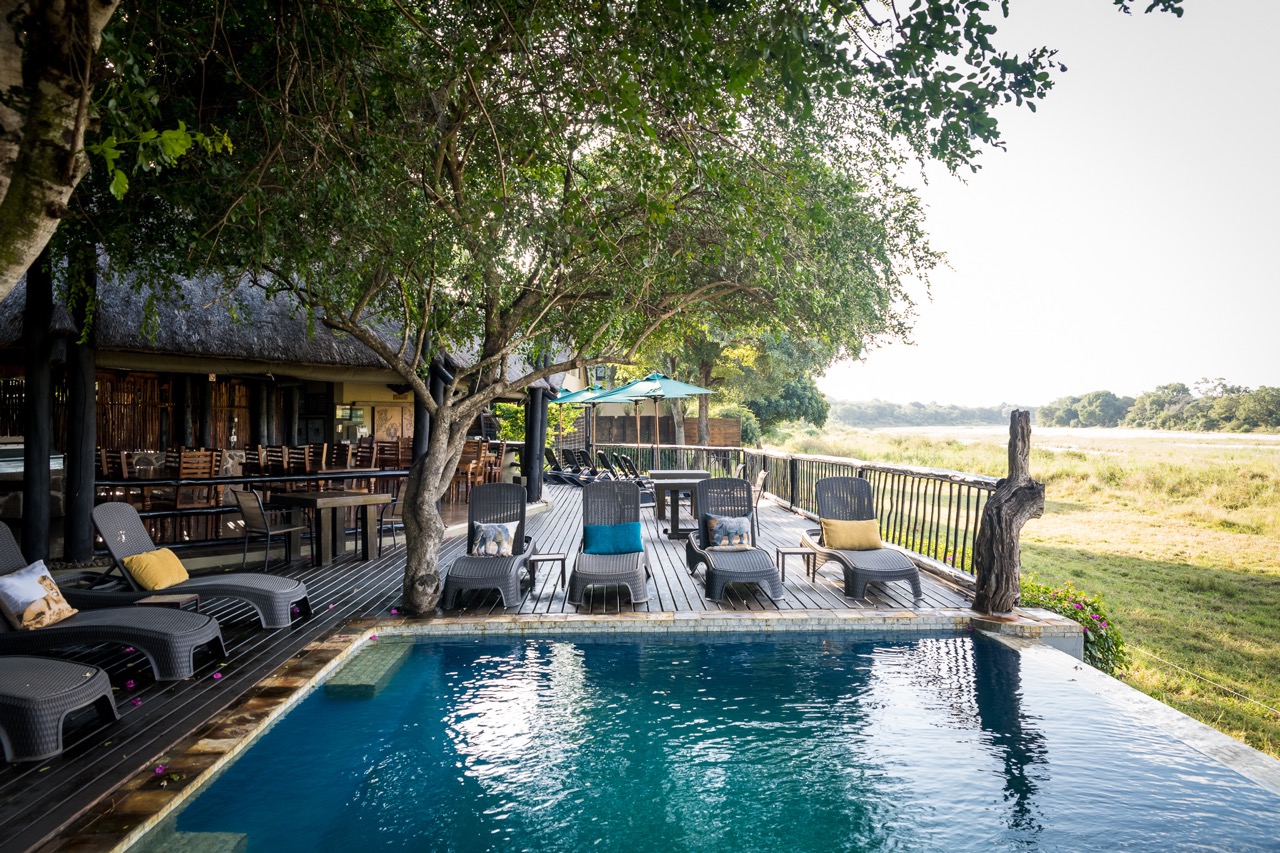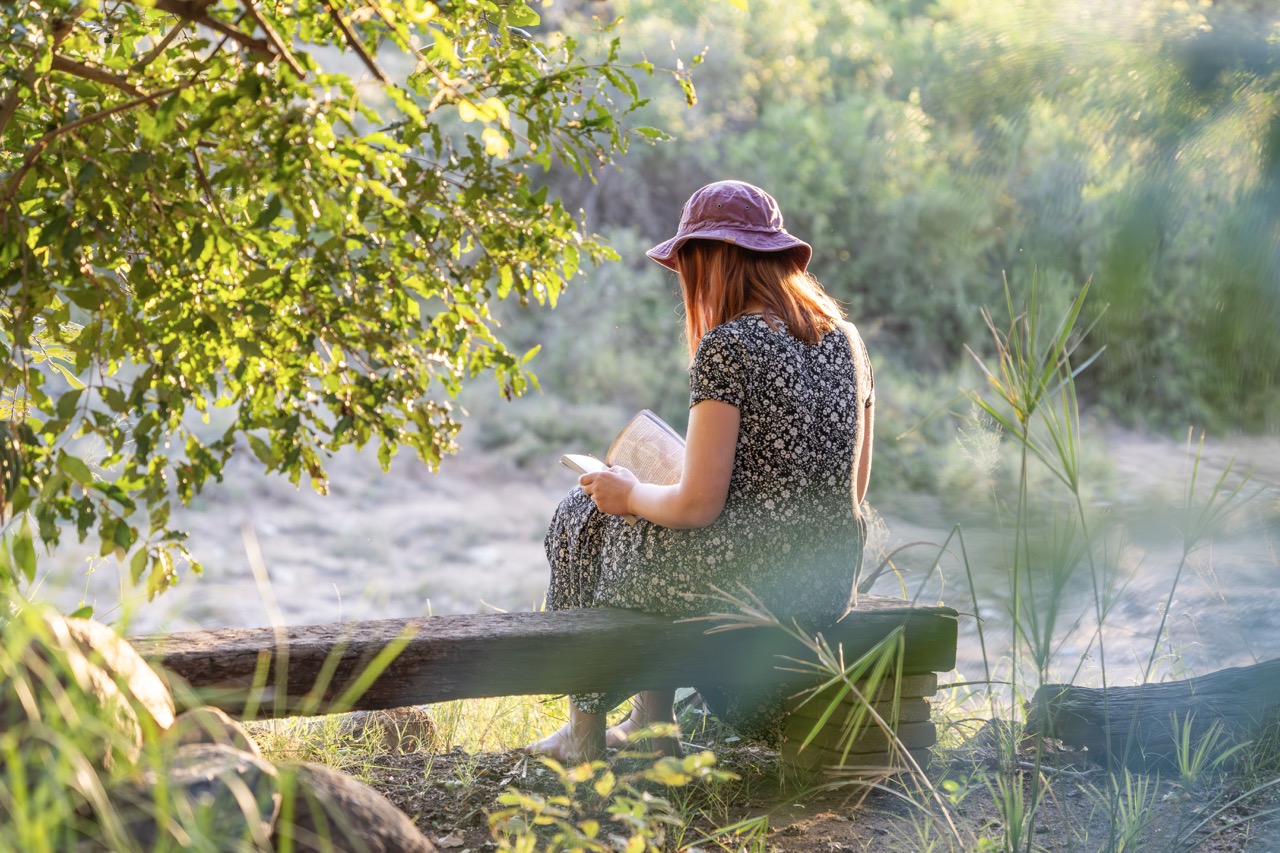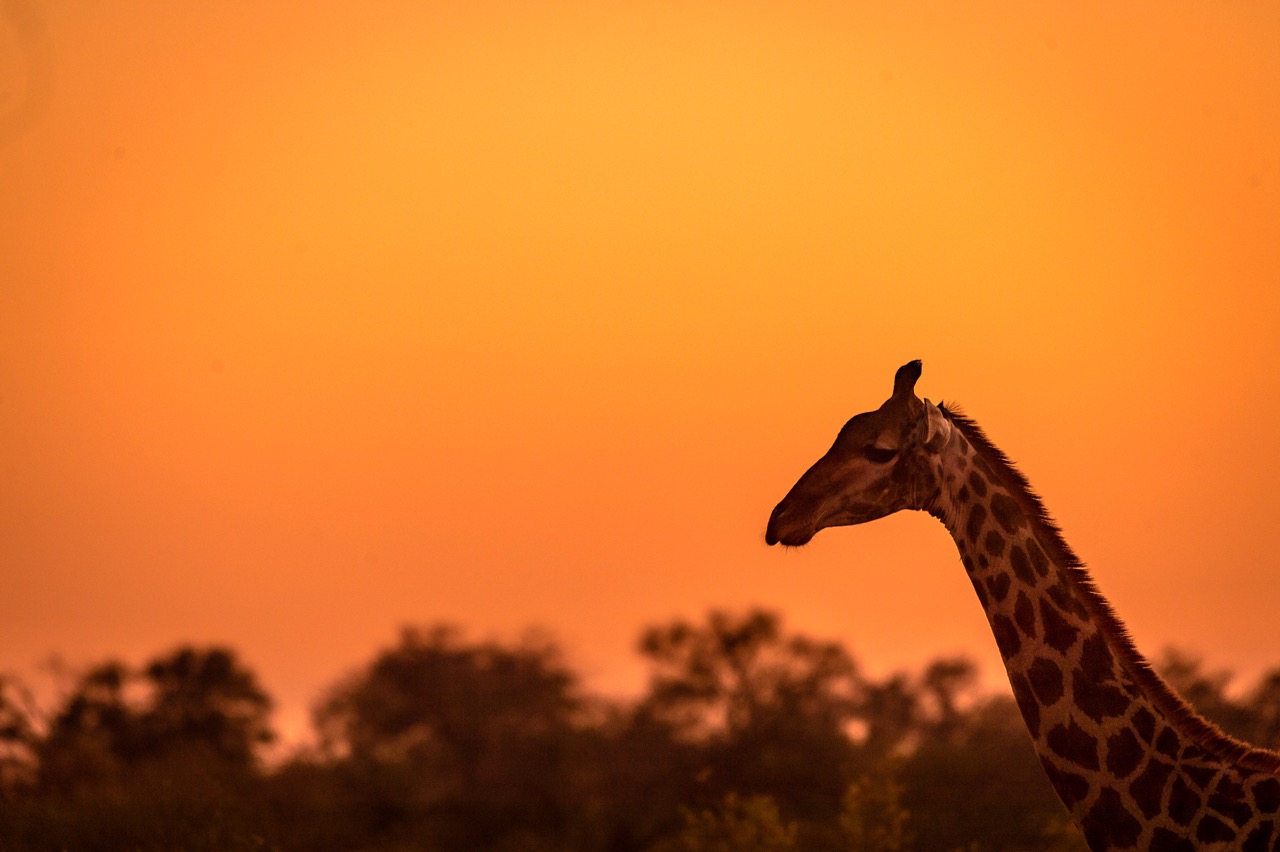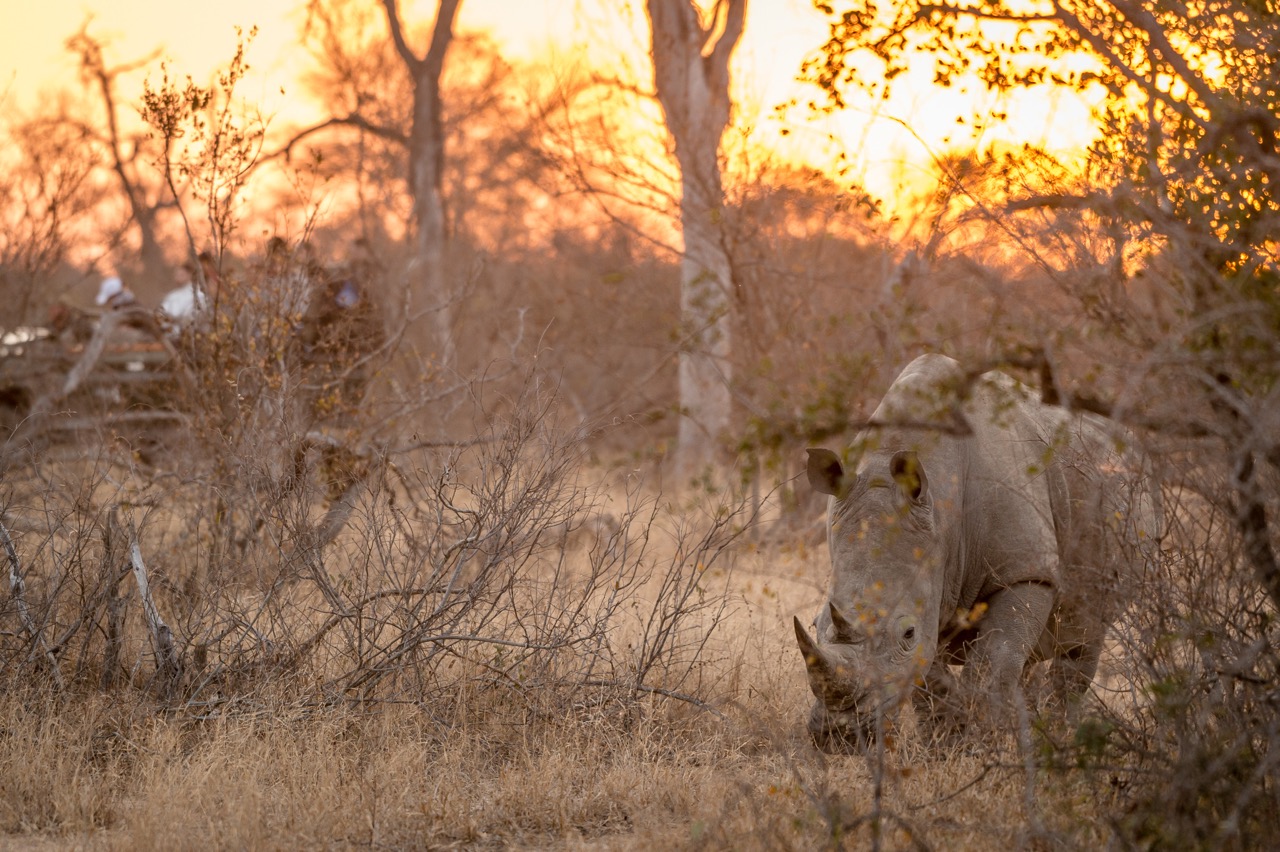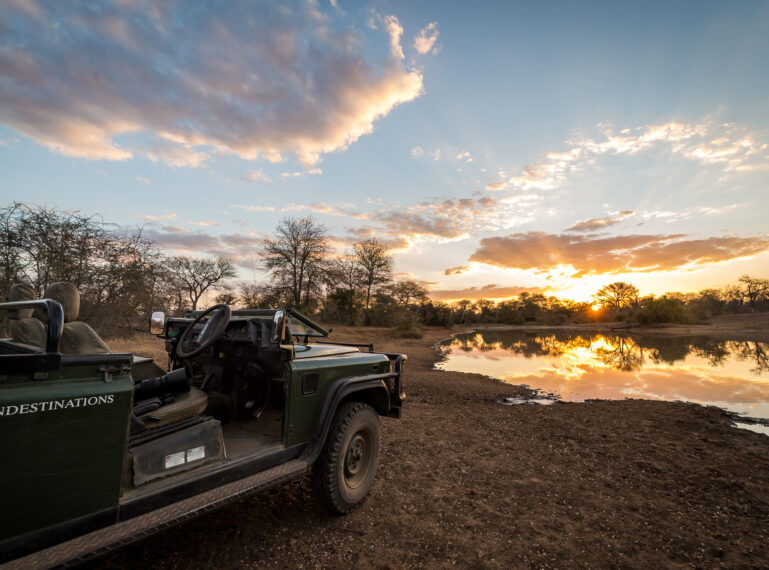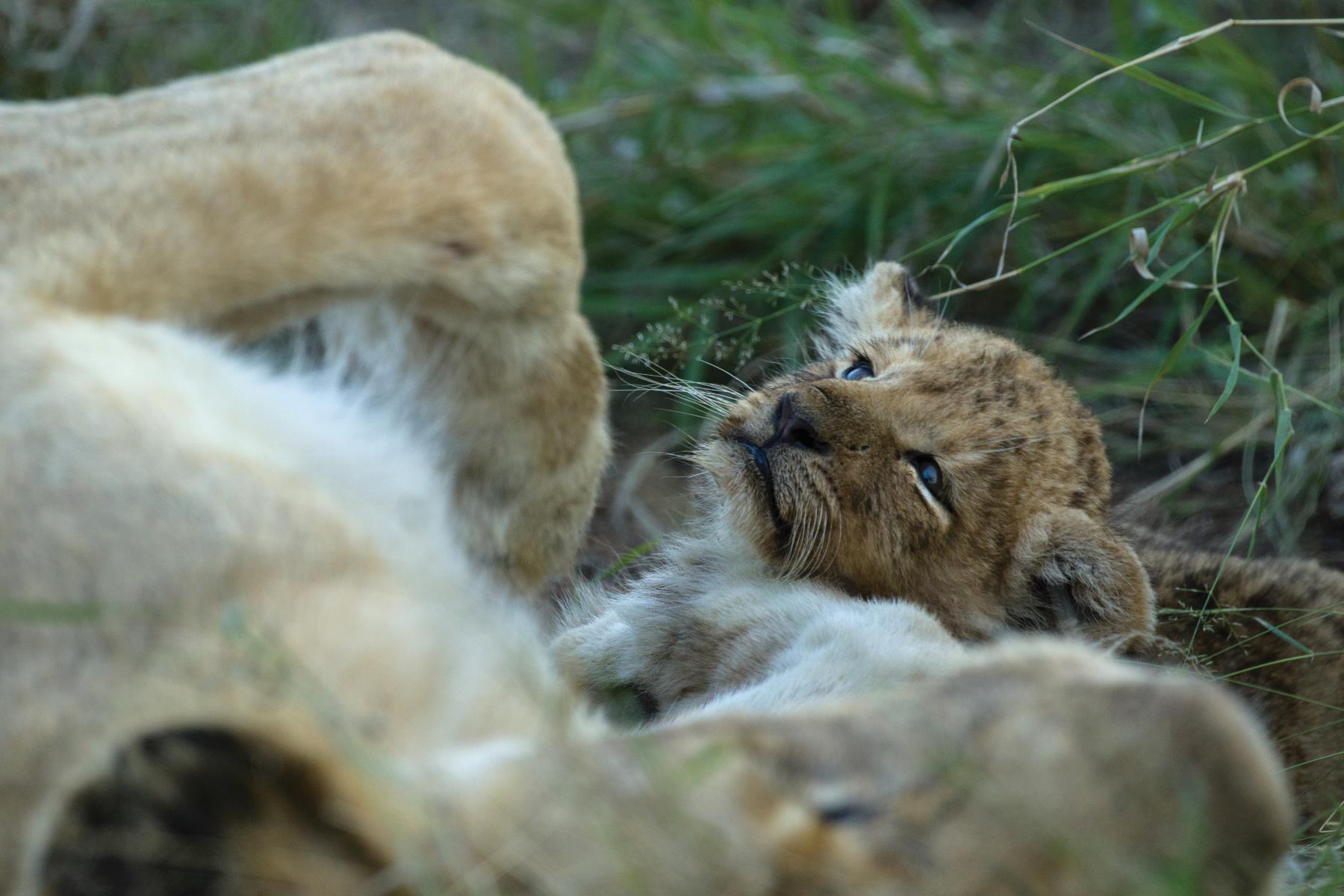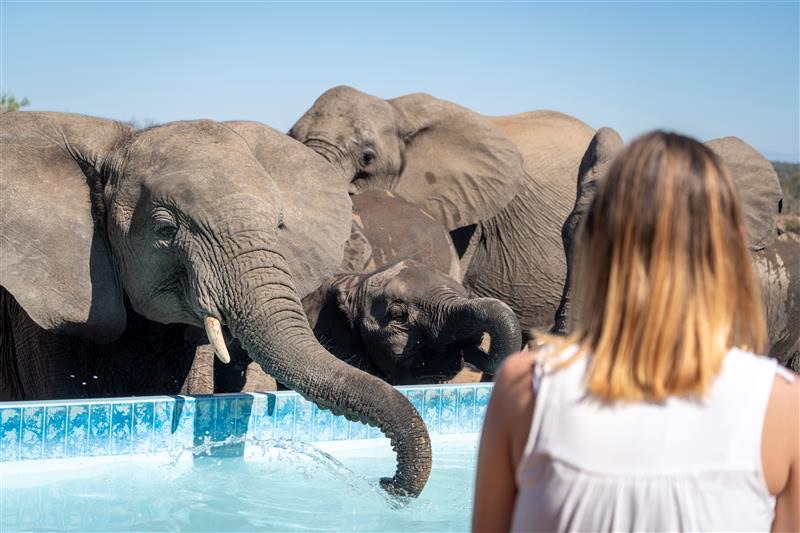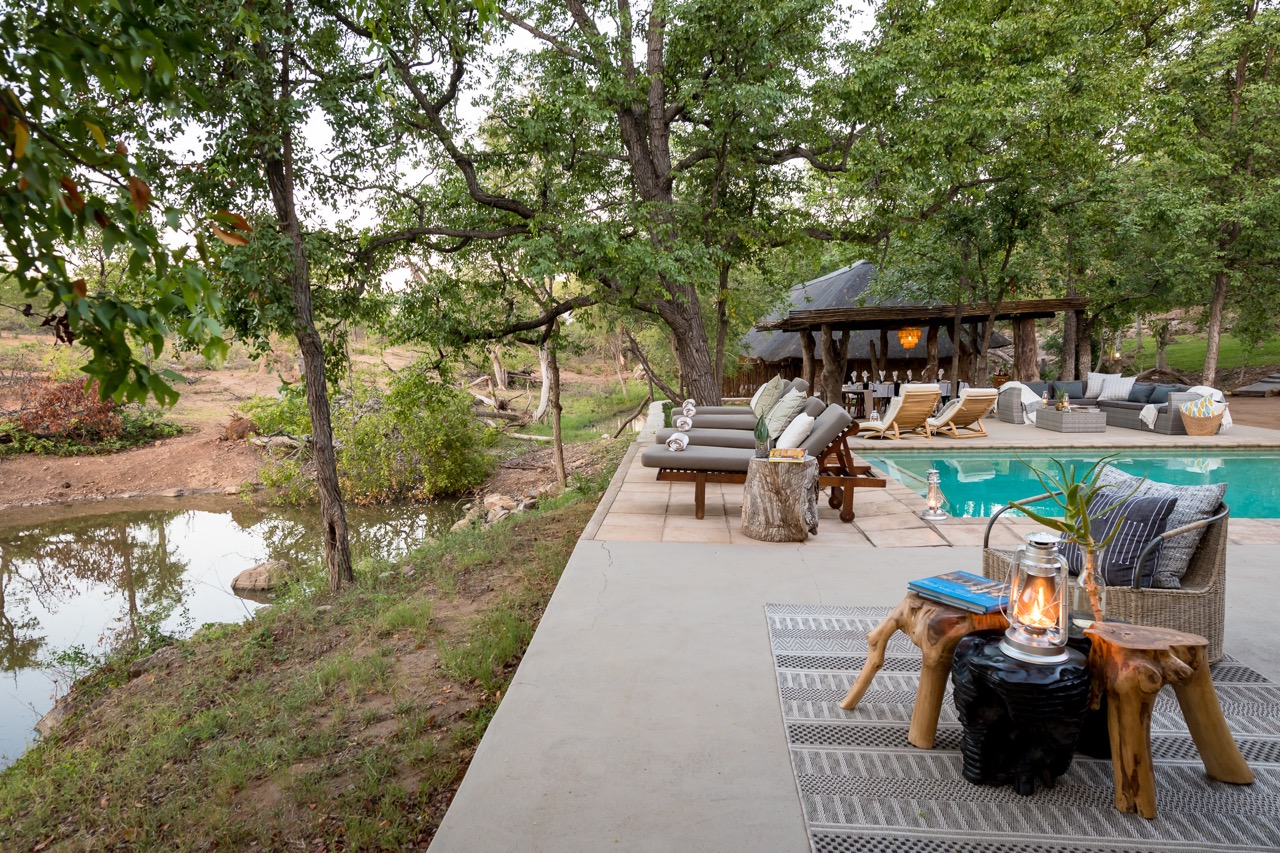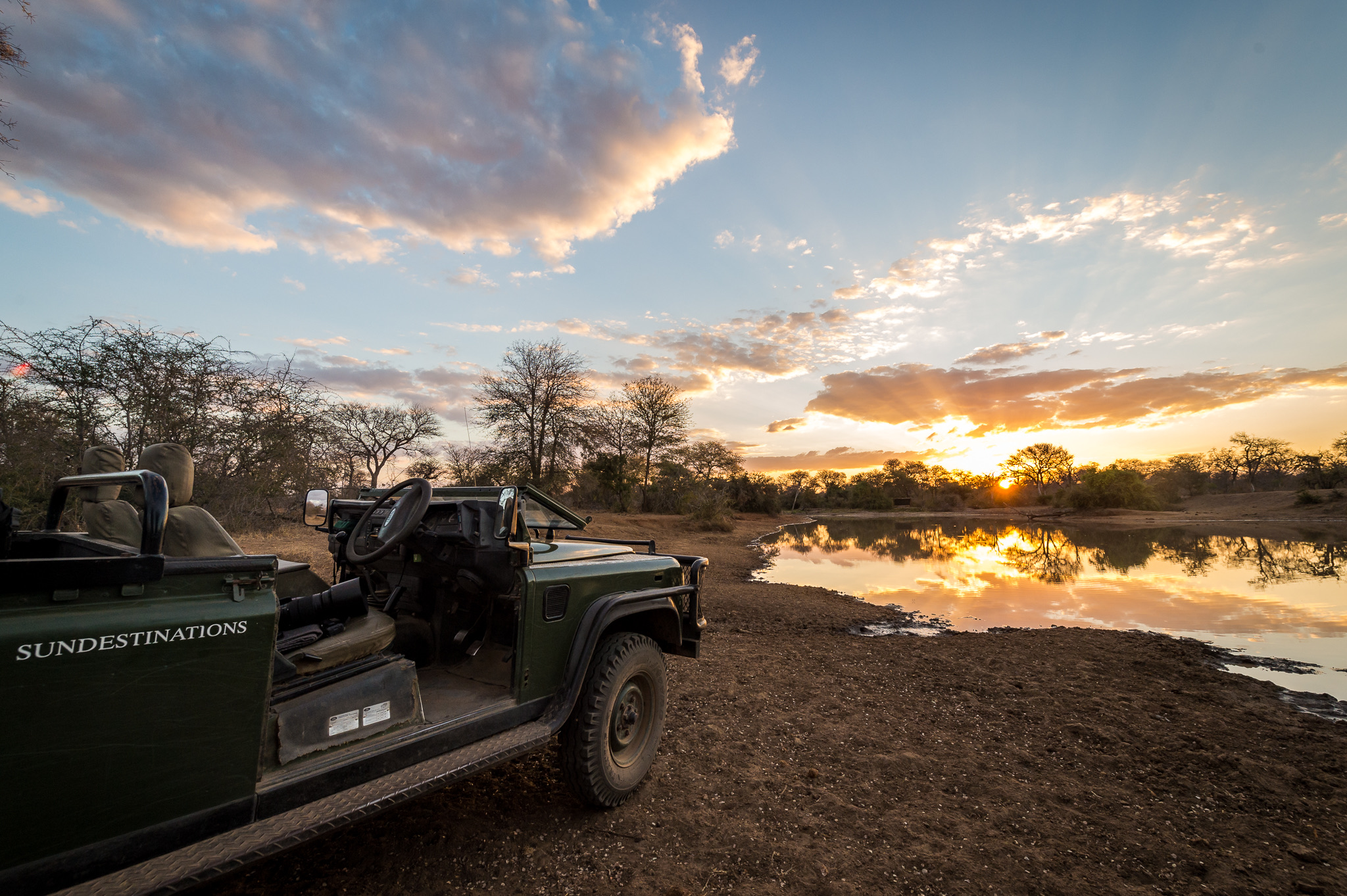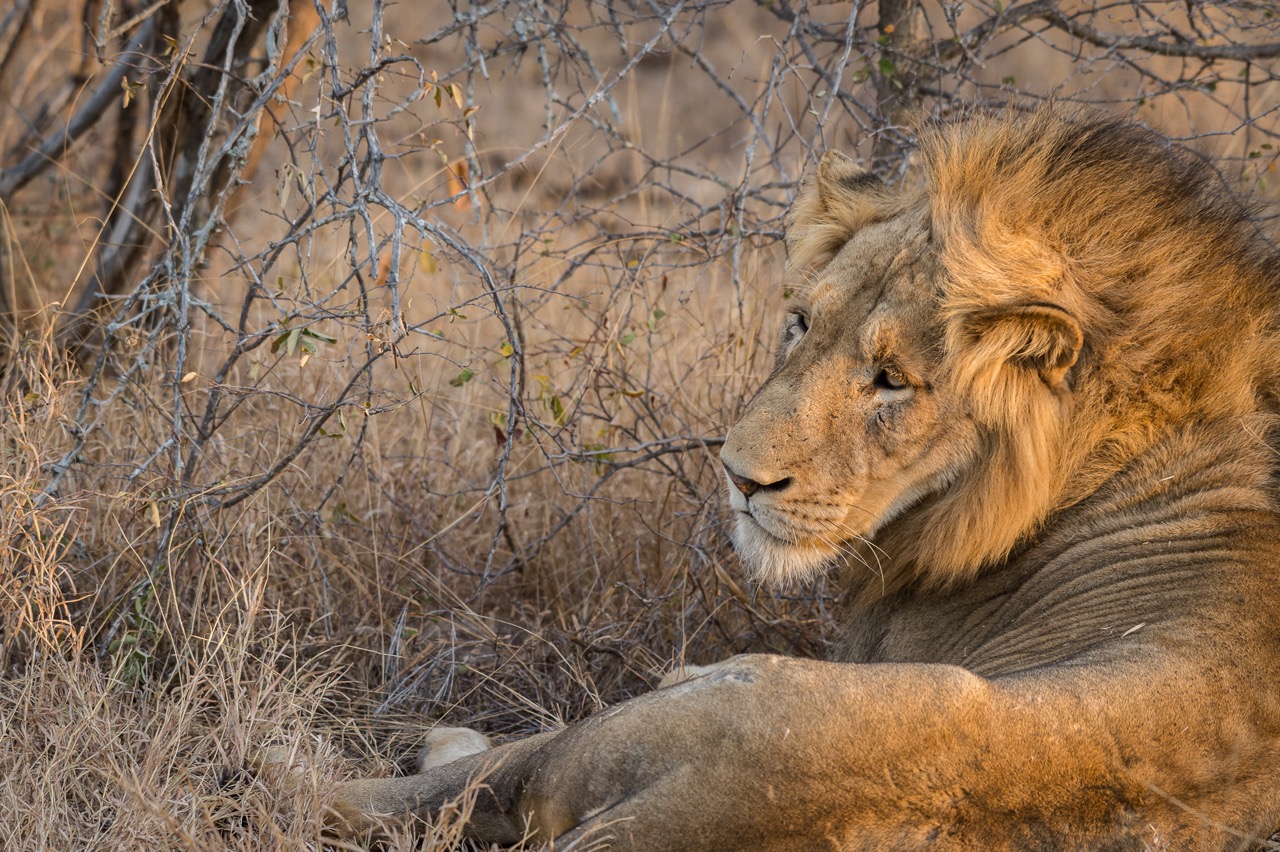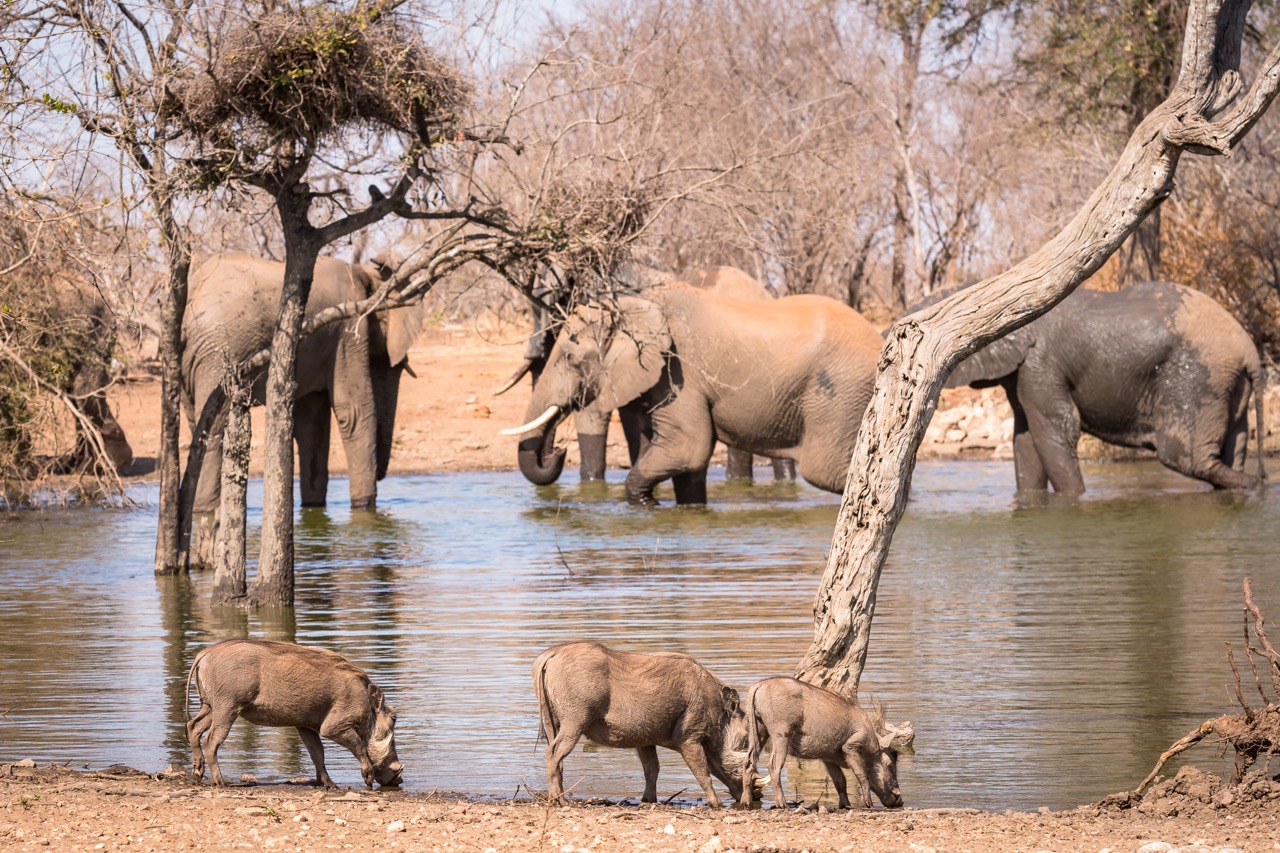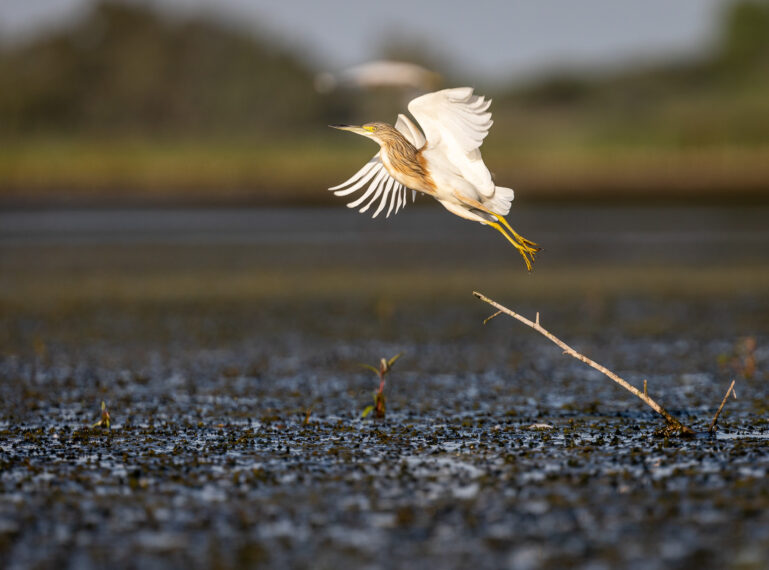
Green Season is in Full Bloom: Safari in the Southern Summer
No need for winter blues when it is summer down South
Summer in the Southern Hemisphere (aka winter to those up in the North) means one thing- rain, rain, glorious rain and with it, the blooming of green season and the abundance of all life. Water, after all, equals life.
Days are long and hot, peppered with the most magnificent thunderstorms. Imagine as the bright blue sky transforms with dramatic cumulonimbus clouds gathering in the distance. A shower of rain breaks the thick humid air and brightens the already vibrantly green and lush landscape. Days are spent reading beside the pool while game drives are spent exploring the lush wilderness in search of babies, pups, cubs, and calves and not to forget, the magnificent array of birdlife that the summer season brings. All migratory birds have arrived and it is every twitchers dream to discover the hundreds of bird species that frequent the African wilderness especially during this season.
Visiting the African wilderness in the midst of summer is an absolute joy to behold.
Have you booked your flight?
Love is in the air
The month of love, February, lingers for longer than just Valentines day. The end of rainy season signals kudu and buffalo mating season. When grass is plentiful and nourishment abounds. Also known as rutting season, male kudus become more territorial and engage in enthralling ritualised displays and sparring matches. An incredibly phenomenal sight to see as kudu are one of the largest African buck (after eland) and have impressively long horns. They also become more vocal in this period with grunts that echo across the savannah.
Buffalo males are already known for their aggressive behaviour which is amplified even more during this period. Mating involves intense competition between bulls. Males will engage in sparring to compete which often brief but violent. A dominant bull is often recognizable by the thickness of his horns. Female buffalo are pregnant for about 11.5 months so give birth during the summer too. Interestingly, within a herd, many buffalo cows tend to synchronize their estrus cycles with the rainy season (aptly referred to as Green Season!) as this is when grazing is best. Males play no role in the rearing of the calves except aiding in the herd protection while females form intense and long relationships with their calves and will suckle for up to one year.
When I grow up, I’ll be a big dagga boy
During the wet season, the younger bulls rejoin a herd to mate with the females. They stay with them throughout the season to help with protecting the calves. With buffalo numbers equal protection and they will move as a herd to protect themselves from predators. The old bachelors that can no longer compete with the youngsters leave the herd and form their own bachelors herds. They are called dagga boys as they are often covered in mud and are amongst the most dangerous animal to encounter in the wild.
Twitcher’s delight
Millions of birds journey from Europe and Asia to Southern Africa to escape the Northern winters. Just like us, they are in search of warmer climates, some birds can spend months in flight. This seasonal influx transforms ecosystems and makes for incredible birdwatching.
Discover the magic of each and every season on safari.
Witness the spectacle of Green Season in the bush. Contact our reservations team on reservations@sundestinations.co.za for unforgettable adventures into the heart of the African wilderness.
